Ecuador Along the Andes
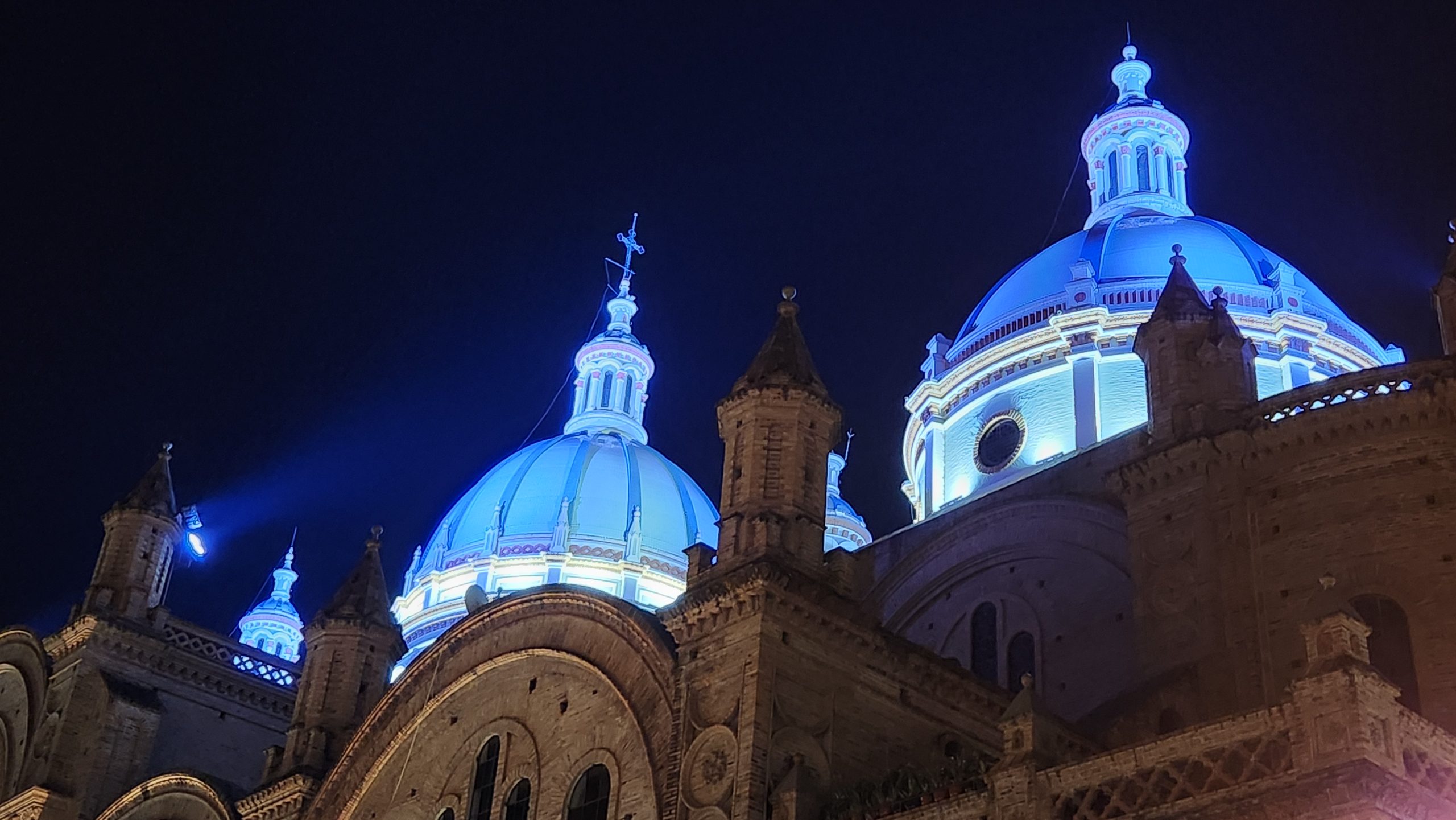
Cover: Cathedral of The Immaculate Conception, Cuenca, Ecuador
A beautiful country so diverse that one can enjoy a holiday and get an immersive experience in mountains, forests, history and adventure. You can get to visit historic cities, the Andes mountains, the Amazon rainforest and the Galapagos Islands.
Zoom in and out to view pins. Use the Share icon on top right corner of the map to send it to your phone or email.
(A) Quito (B) Latacunga (C) Cotapaxi National Park (D) Quilotoa Lake Crater (E) Baños de Agua Santa (F) Riobamba (G) Cuenca Point of Interest between Riobamba and Cuenca – Nariz del Diablo
What’s on this page?
IMPORTANT
- For any serious travel planning and to enhance your experience with the pictures, view all blog pages on a laptop/large screen versus on the phone.
- All the text content is in the collapsible sections (+ to open, – to close).
- Every picture on the site has a caption that is not visibly displayed. How to see the name or location in pictures of interest? If using a laptop, hover over the image. If using a mobile, hold finger down on the image. (This instruction may vary with browsers, and type of device such as iphone and Andriod).
NEED HELP WITH TRIP PLANNING?
You can use the Highlights section to create your own itinerary.
But no time or inclination to delve into details? No worries!
I will curate and customize a trip for you, based on your interests and needs. You will receive a well-planned day-by-day itinerary and travel advice.
Visit Services & About for more details.
Tidbits
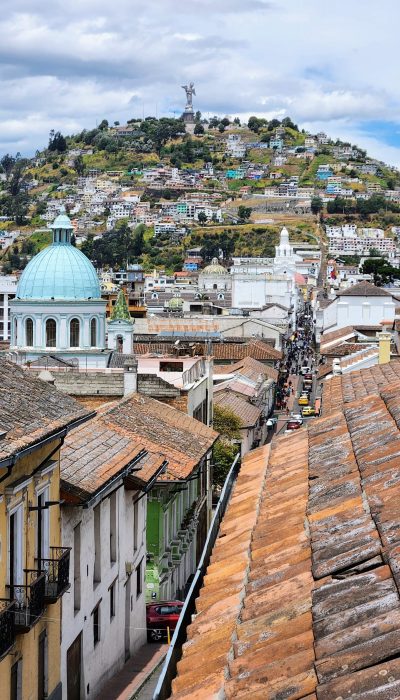
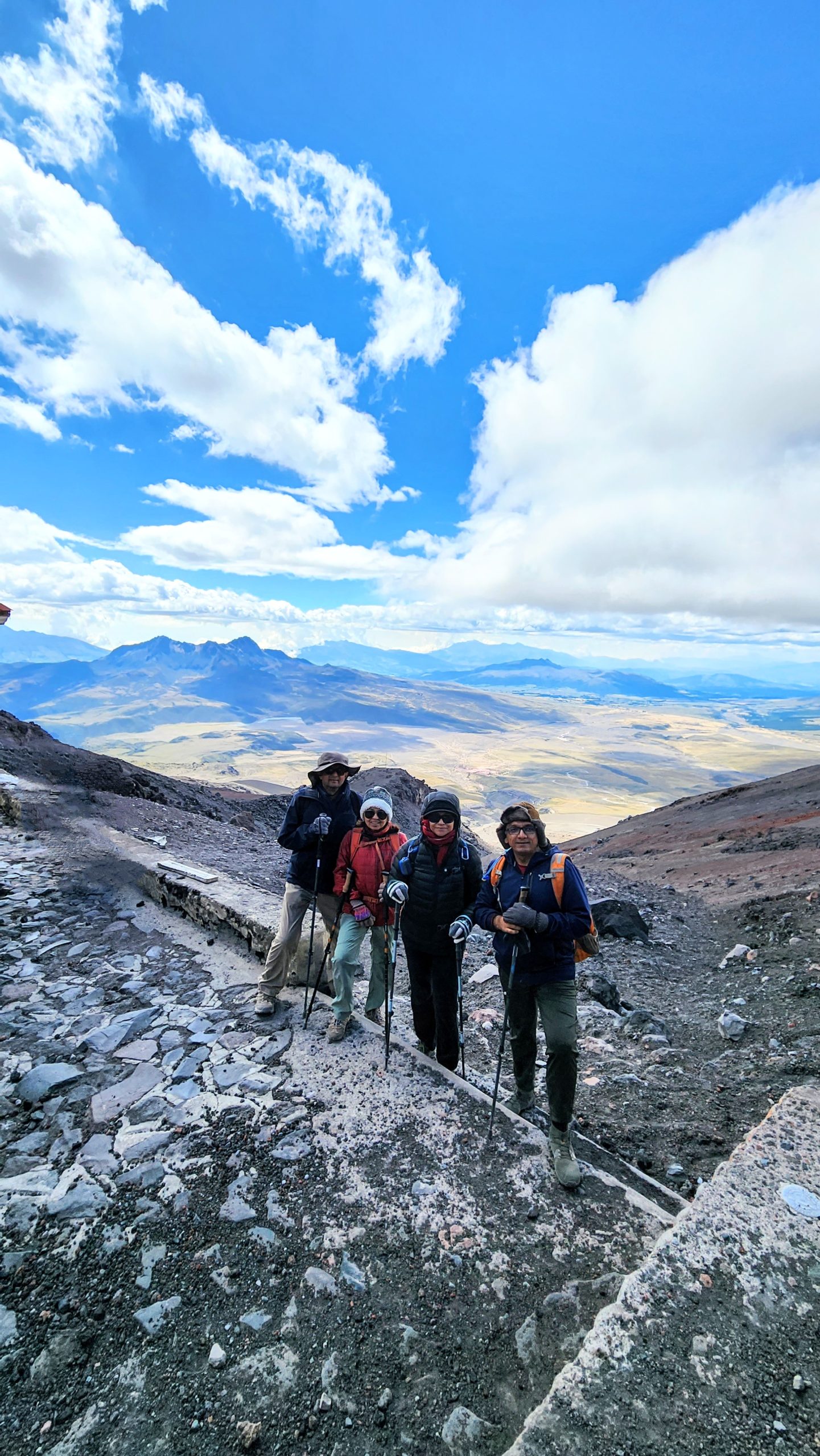
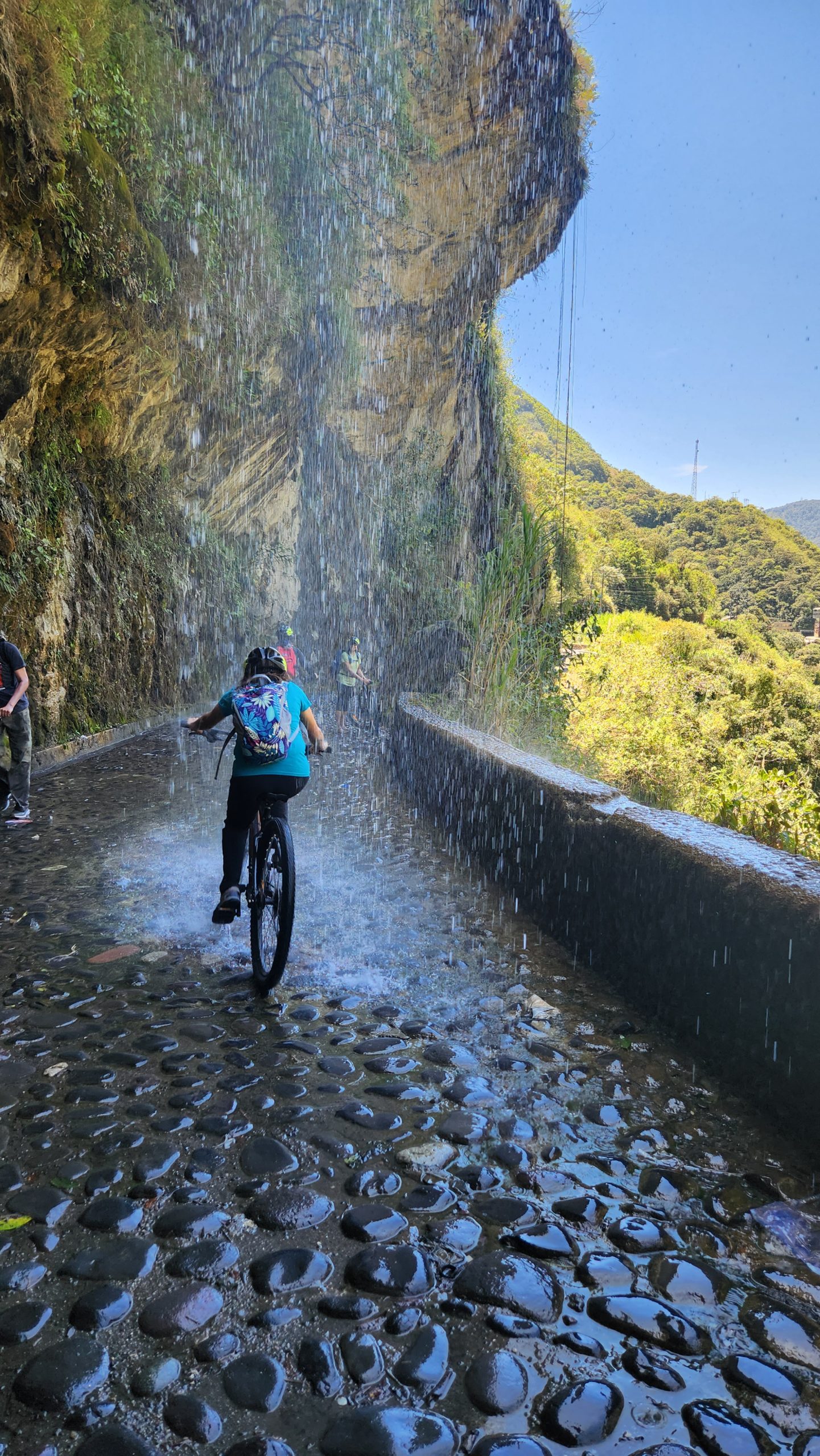
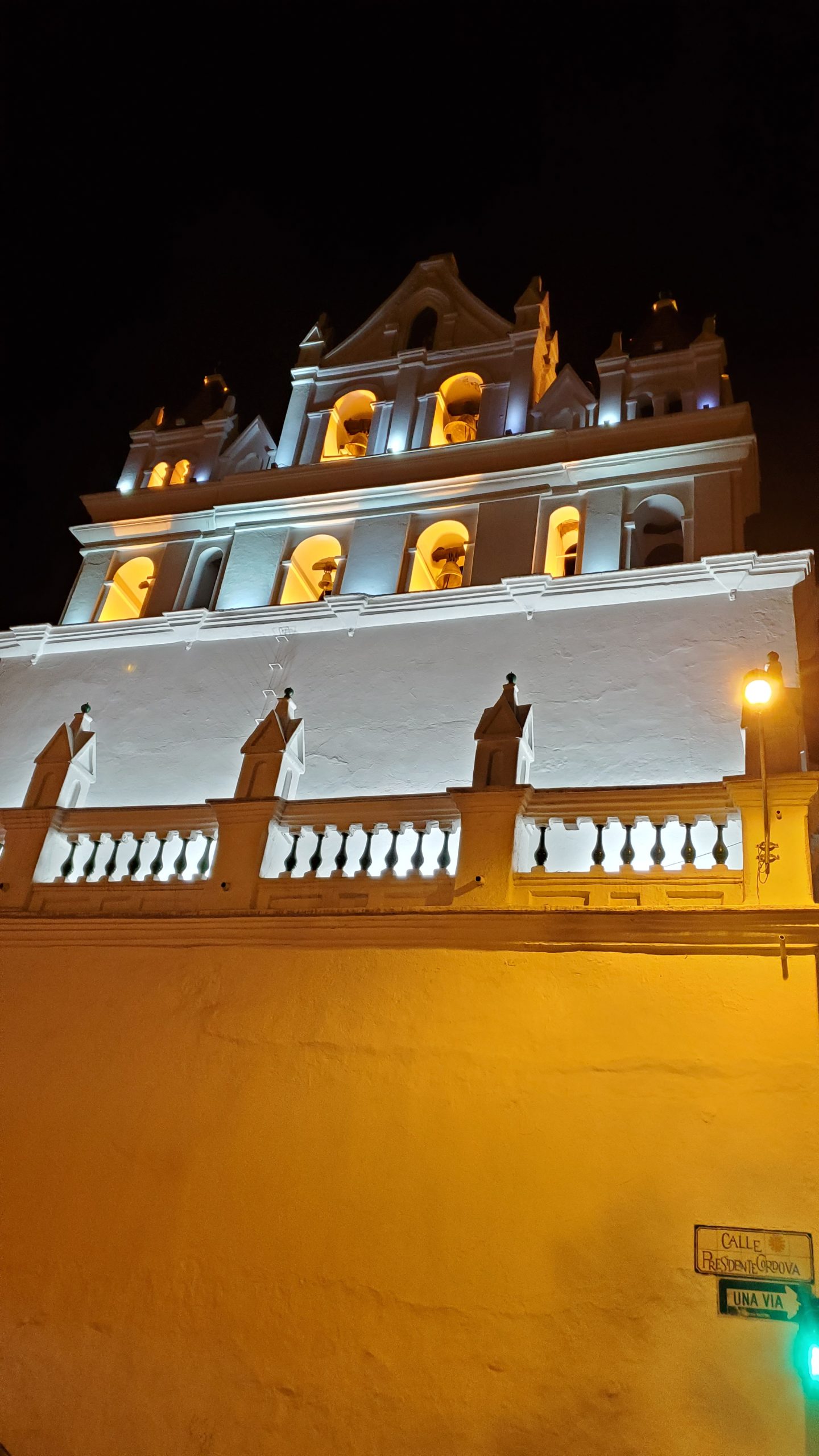
TIDBITS (+ to OPEN, - TO CLOSE)
Official currency is the US Dollar. It is highly recommended to carry cash in small dollar bills as it is their preferred mode of accepting payment. Credit cards are accepted in bigger establishments. Be aware of any foreign transaction fees your credit card company charges.
Ecuador uses 110 volt, 60 cycle electricity, same as the US. Plugs are also the 2-pronged flat type as in the US. This is either A or B type plug adapters.
While the native language is Spanish, you can get by with English. In some restaurants and other places, it is hard to communicate without help of the Google Translator.
Check out the best time to visit Ecuador for weather. Based on whether you want to visit the Andes mountains or the Ecuadorian Amazon rainforest or the Galapagos Islands, you will have to pick the right time.
One needs to be mindful of altitude sickness when traveling to higher elevations in the Andes. The capital Quito sits at 9350 feet. Some people may feel no symptoms. To lessen the effects of altitude sickness for those who feel it, buy coca leaves when you get there, chew on them, drink coca tea, hydrate and avoid alcohol on the first couple of days until you acclimatize. Upon your doctor’s advice, you may want to carry any tablets that help with altitude sickness.
In the cities of Ecuador, it is easy enough to get around on foot or using Uber. For long distances, it is highly recommended to use a tour operator who provides a vehicle and driver.
Crime in Ecuador has taken a rather front seat unfortunately with drug cartels from Columbia filtering through their northeastern neighbor, Columbia. Certified cabs are recommended, and one needs to read up on current state of affairs in the country before planning a trip and be aware of phrases like “taxi or express kidnappings as they are called. Crime is to be taken seriously and locals do advise one not to walk around after 8 or 9 pm in Quito. Cuenca has more of a night life in the center of town but is also considered unsafe at night. Banos is very lively at night and unlike Quito and Cuenca, there aren’t many warnings we see. Guayaquil, the coastal city is completely avoidable as crime rates are very high and locals have many stories about it. It is one of the gateways to the Galapagos Islands.
About the blog
Writing by Jyothi Shankar. Thanks to Baldev Nair for writing the section on Quito Perspectives. Pictures by Gagan Maur and Jyothi. Thanks to Chandru Aroor, Shiby Mathew and Geeta Menon for contributing their pictures, and everyone for bringing in the fun they did to this trip.
Ecuador Highlights
The below section suggests activities for about 12 days in mainland Ecuador. Our route was completely in the Andean Mountain region.
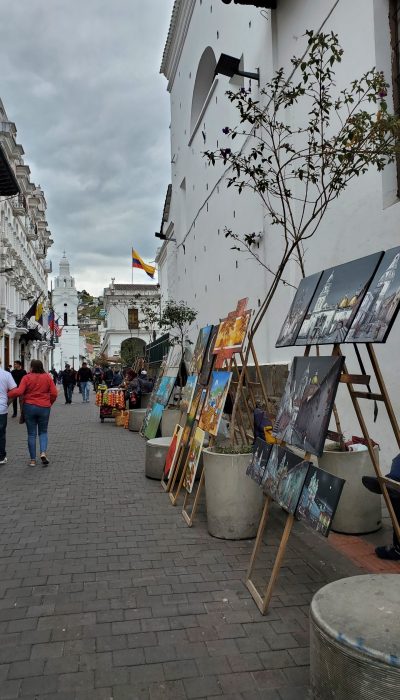
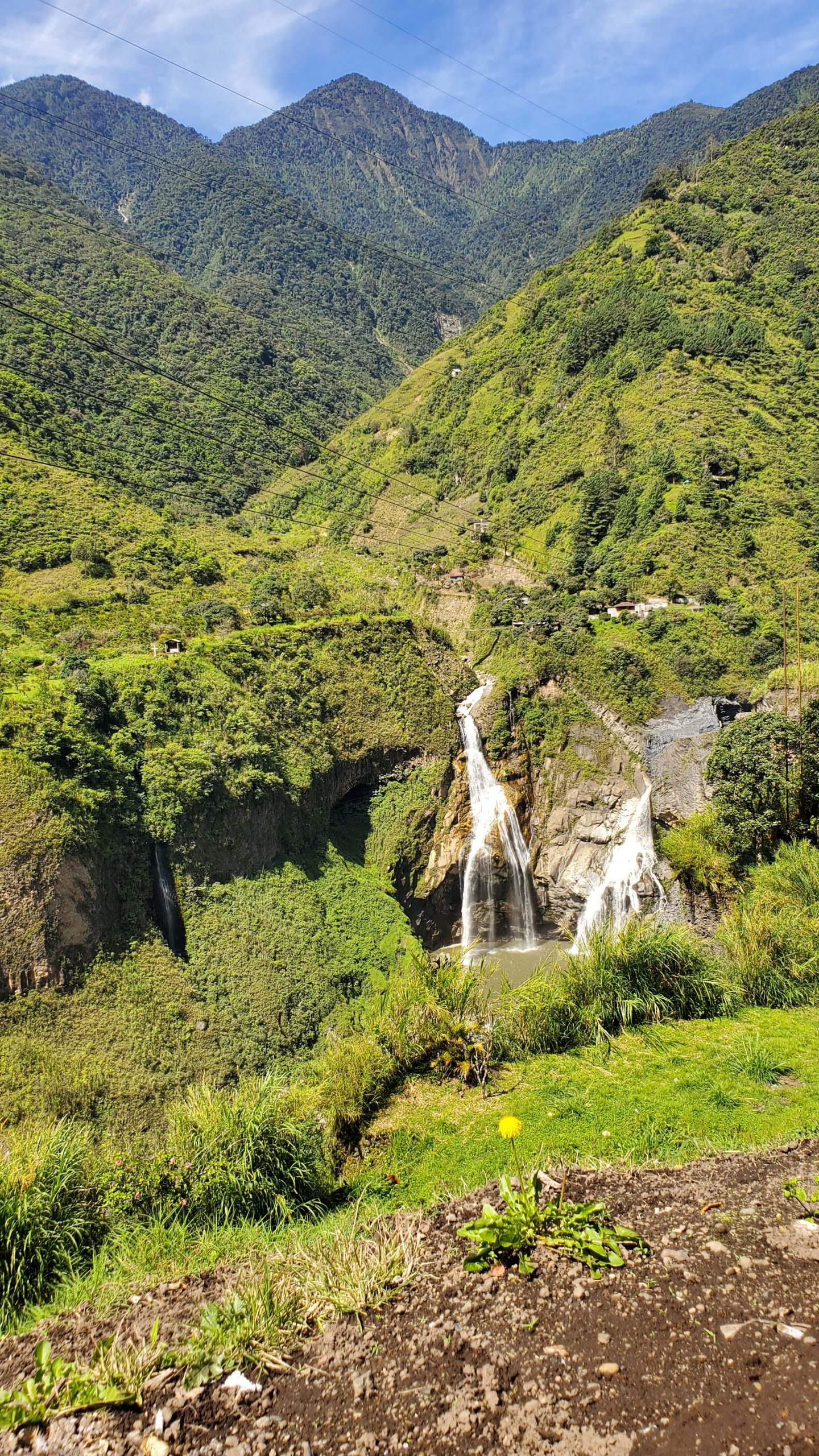
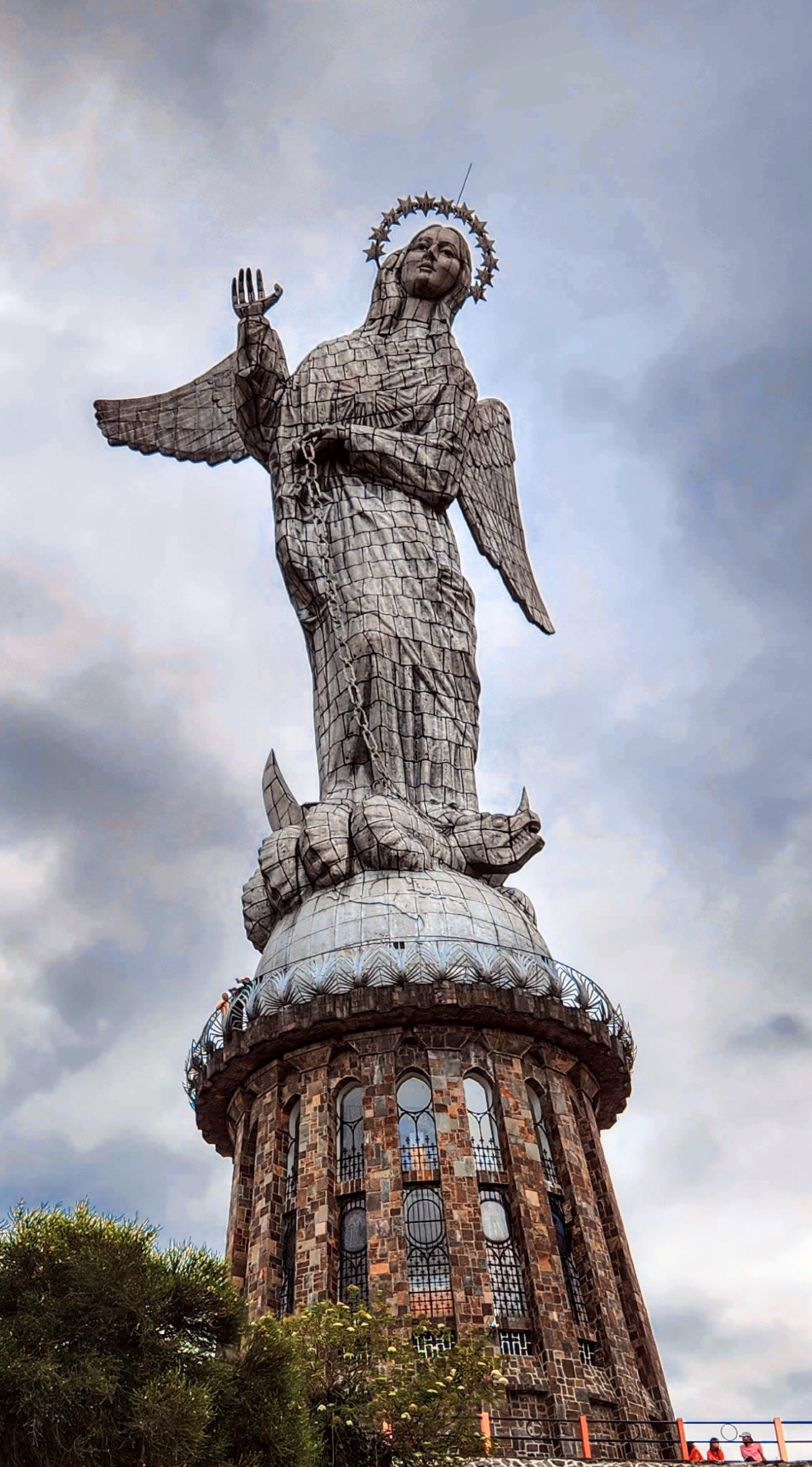
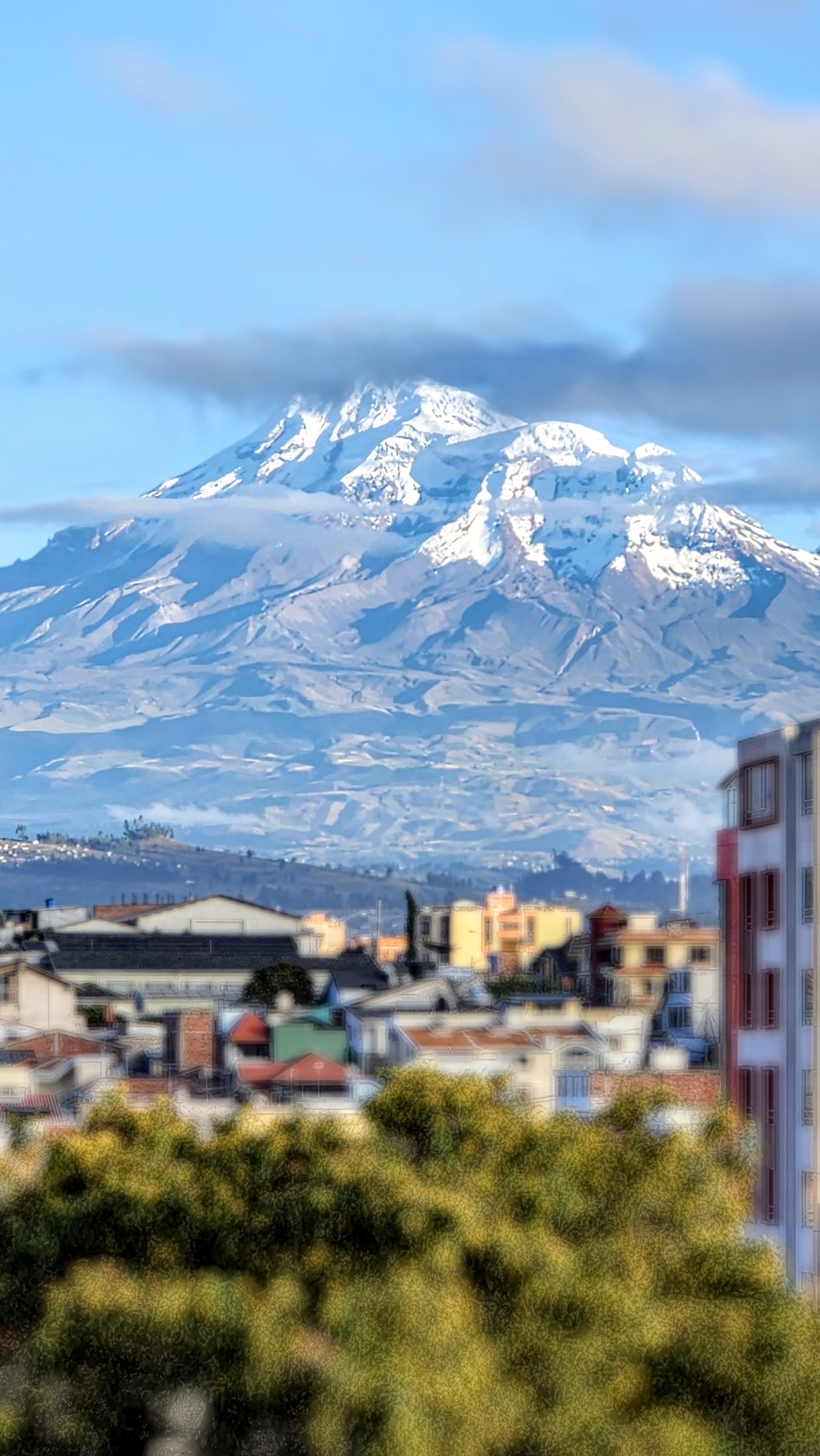
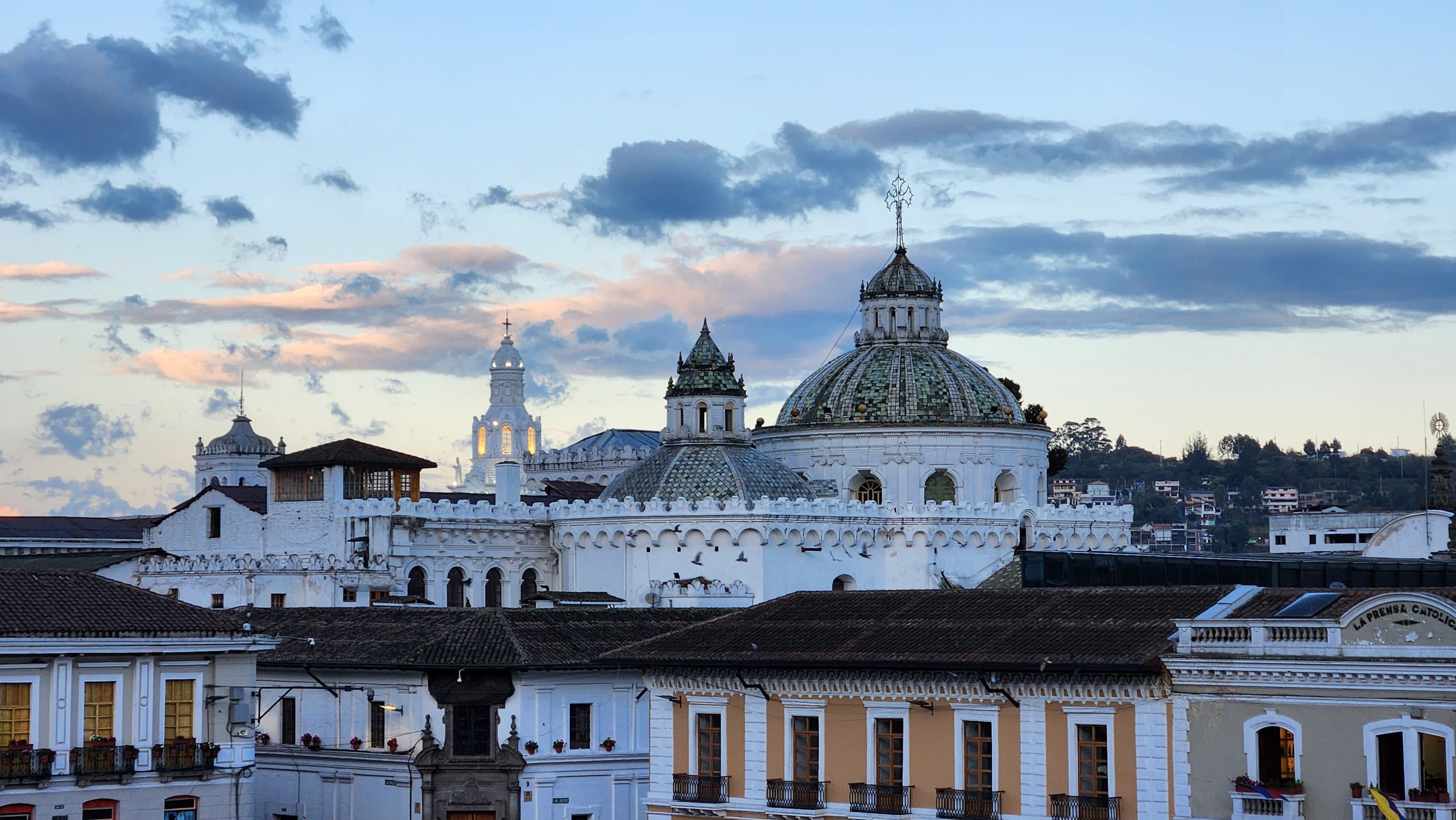
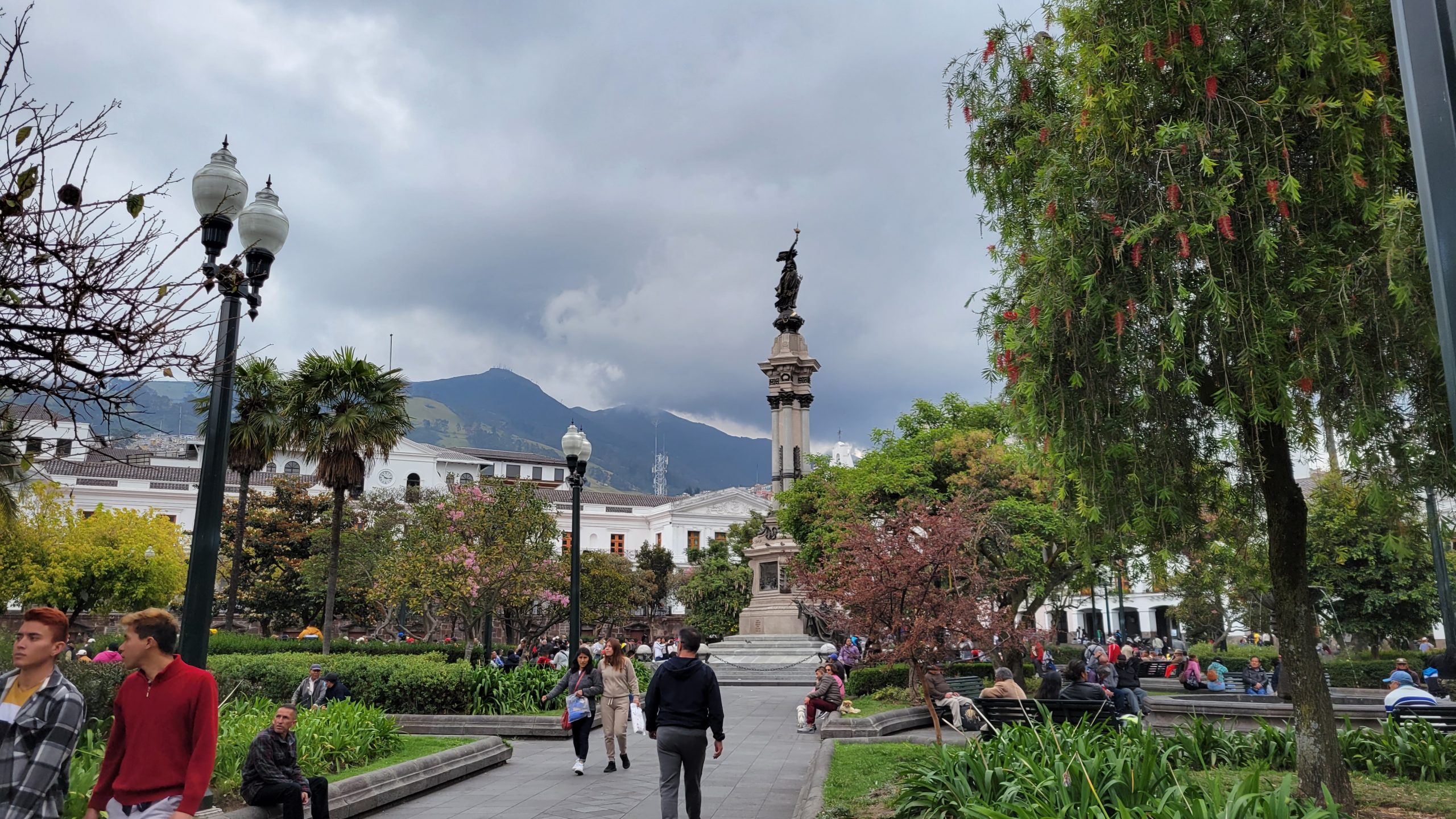
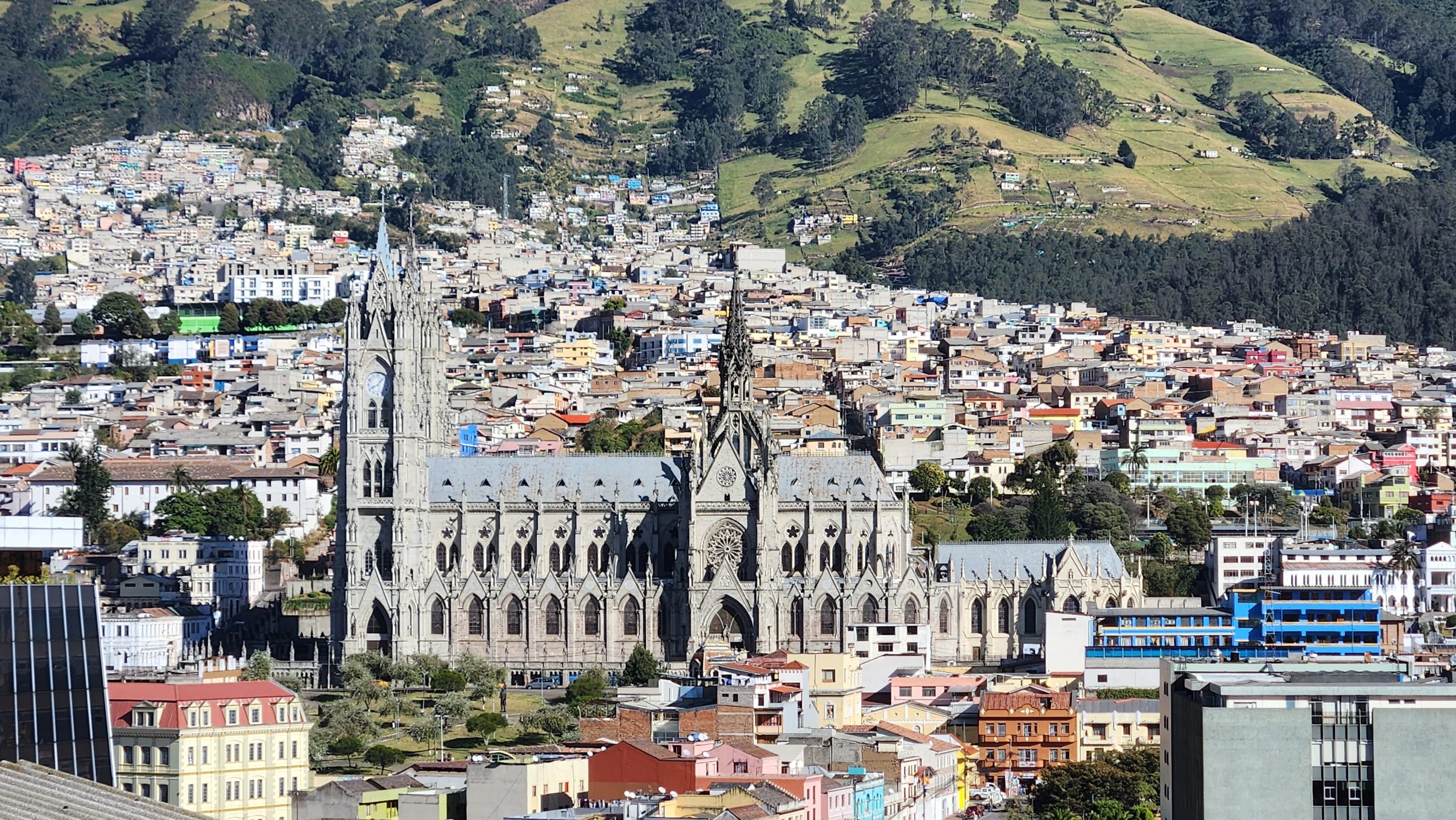
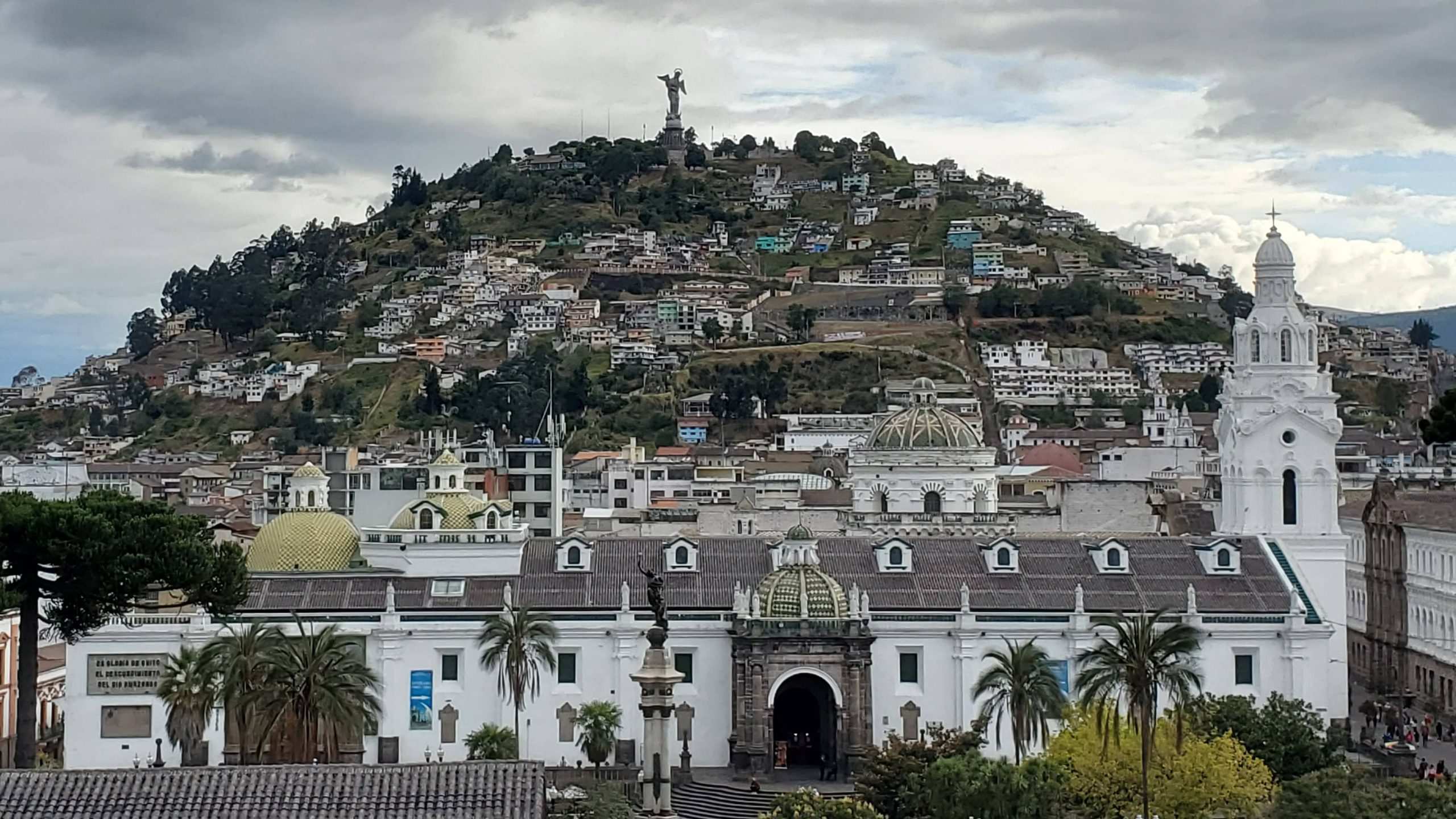
Ecuador’s capital city, Quito, in the Pichincha province, is a UNESCO World Heritage site known for its well-preserved colonial architecture, historic churches, museums, and vibrant markets. It is at an altitude of 9350 ft above sea level.
-
- Centro Historico. This is a very vibrant and bustling part of the city. There are ways to see the historic center like taking a hop on and off bus, a local guide with a car or even a free walking tour. The guided walking tour takes you to a big market selling fruits vegetables, meat and food, various churches near Garcia Moreno street, city squares, and gives you a glimpse of history, of arts and entertainment of those times and of a violent political past. The guide also takes you to a convent and the large San Francisco church. The market under this church is worth a visit to see so many artifacts displayed in a museum-like manner. Read more about Quito .
- Two notable landmarks in the city on opposite sides of each other are the Basílica del Voto Nacional on one end and the Virgin of El Panecillo, a famous statue of the Virgin Mary located on the hill known as El Panecillo. You are advised to not walk up the hill to the Mary of El Panecillo but take a cab or an uber only due to crime in the area. The Basílica del Voto Nacional is architecturally amazing. You can go up to the bell tower for great views of the city.
- There are many notable churches one should visit for their history, beauty and architecture are Cathedral Metropolitana, Santa Domingo church, and the El Sagario. Some are jaw-dropping ornate on the inside like the La Iglesia de la Compañía de Jesús with its Spanish Baroque architecture, all gold on the inside, gray and imposing on the outside.
- Mitad del Mundo (Middle of the World) monument and the True Ecuator line: One can visit the Equator monument (which was earlier claimed as being the middle of the world), museum with interesting exhibits, and get to the “true” Equator line, a little distance away where you can participate in fun activities such as standing with one foot in each hemisphere or balancing an egg on a nail, which is said to be easier to do at the equator.
- Teleferico: This is one of the highest cable cars in the world, reaching an altitude of approximately 14,000 feet. It provides panoramic views of Quito and the surrounding mountains. The ride to the top of Pichincha takes around 10-15 minutes. Note that it can get very chilly on the top. The telerefico also serves as a gateway to some wonderful hikes.
Hikes from the top of the Teleferico:
-
- Pichincha Volcano: The hike to the summit of the Rucu Pichincha volcano is a challenging hike due to the high altitude and steep terrain, and beautiful.
- Sendero de la Cruz (Cross Trail): This is a relatively short and less strenuous hike that leads to a large cross on a nearby hill. Great views and it’s a good option if you’re not up for the more demanding Pichincha hike.
- Cloud Forest Trails: The Teleférico also provides access to the nearby cloud forest, where you can explore a network of trails.
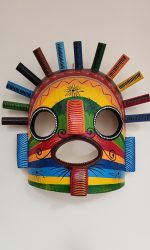
- New Town and Mercado Artesenal which has some beautiful arts, crafts and clothing in the market.
- Walk along Calle de Ronda to experience its vibe and authentic local restaurants.
- Parque Itchimbia is a public park and quite a gem in the city. It is a popular recreational area and cultural space that offers views of the city and activities like holding events, exhibitions, exercise classes etc. It has the huge Quito sign which is usually a magnet for photo opps.
- Otavalo: This town is 1.5 hours from Quito and famous for its colorful indigenous market, where you can buy traditional textiles, handicrafts, and souvenirs.
- Mindo Cloud Forest: For those who have not been to a cloud forest, and if there is time on your itinerary, this might be a worthwhile trip as it is 2 hours from Quito.
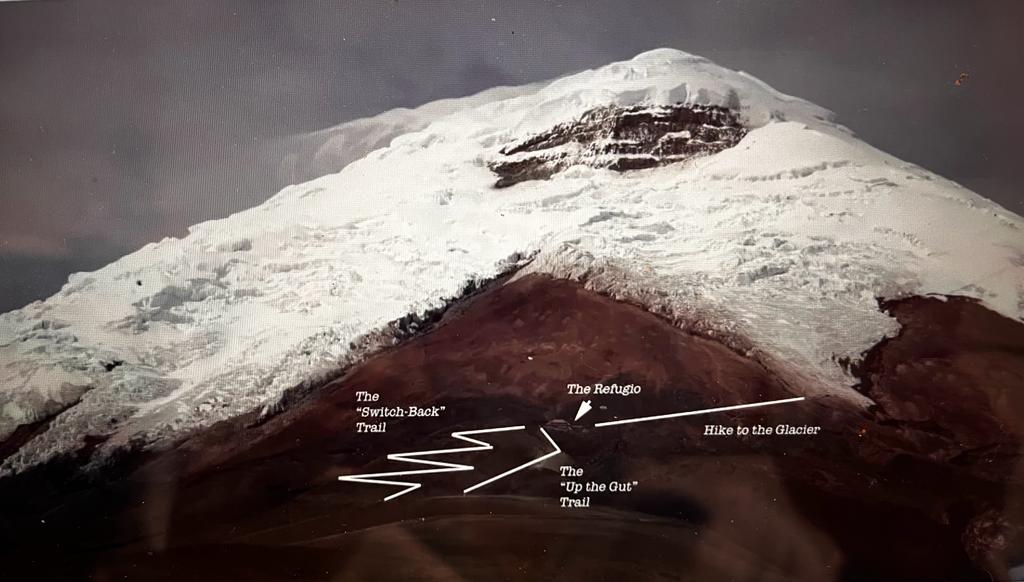
Hiking in Cotopaxi National Park
-
- The Cotopaxi volcano is one of the world’s highest active volcanoes at an elevation of 19,347 feet (close to 6000 meters). There are hikers who train and undertake the challenge of summiting it. Other nature enthusiasts who are moderately fit and would like to climb this volcano can hike upto the base camp/ Jose Rivas Refugio which is at an altitude of 15,750 ft. The hike can be done from the park entrance or from the parking lot that is at an altitude of 14,000 feet. There are 2 routes, a straight-up steep one and a zig zag one which would be a little less tiring. Walking up about 2000 feet when at a high altitude can take between 1.5 to 2.5 hours depending on each person. After reaching the refugio, you can hike a little further up to reach the glacier. One may see Andean foxes, birds and llamas. Best to stay in Latacunga, a city that is close to both Cotapaxi National Park and Lake Quilotoa.
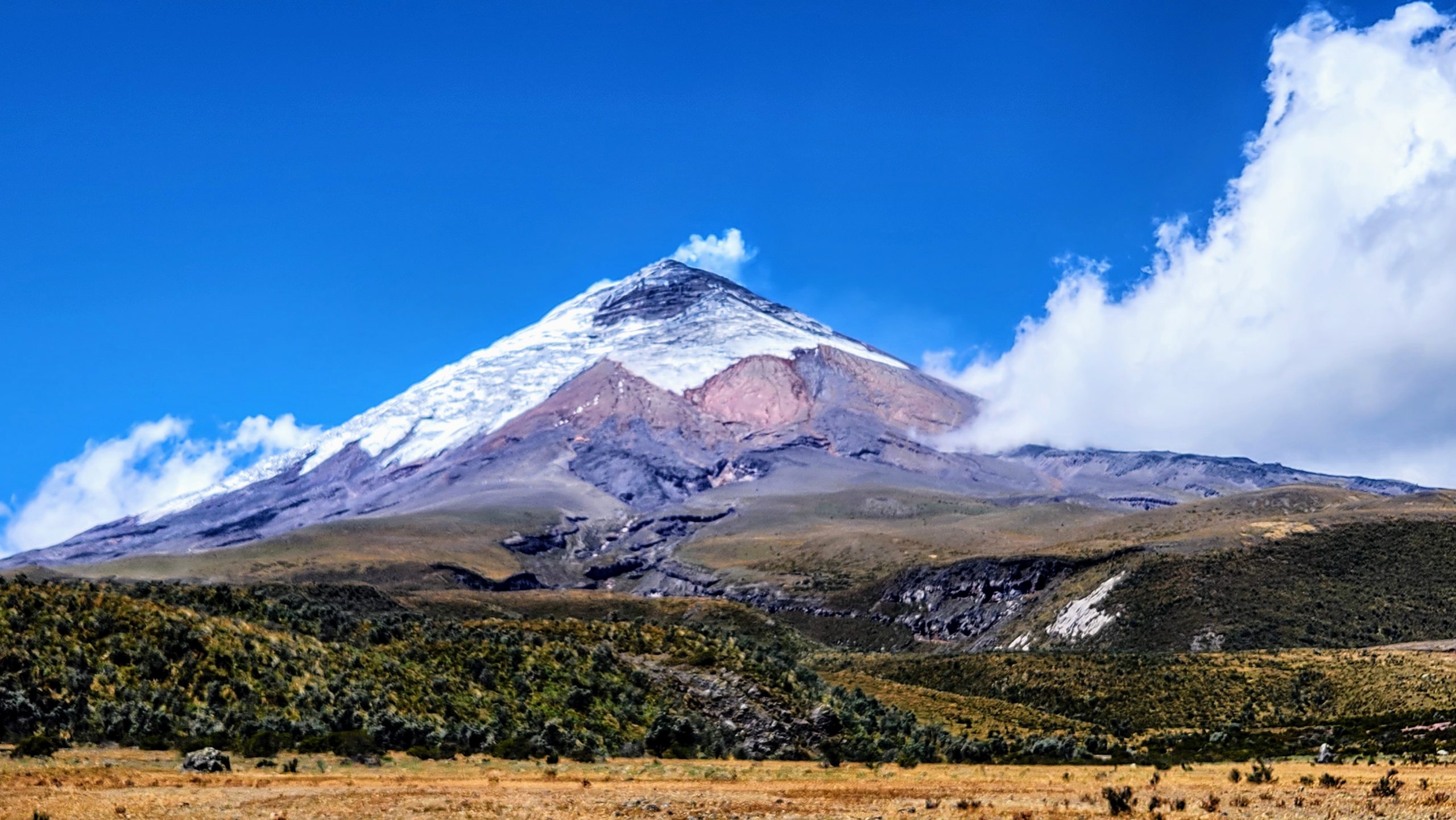
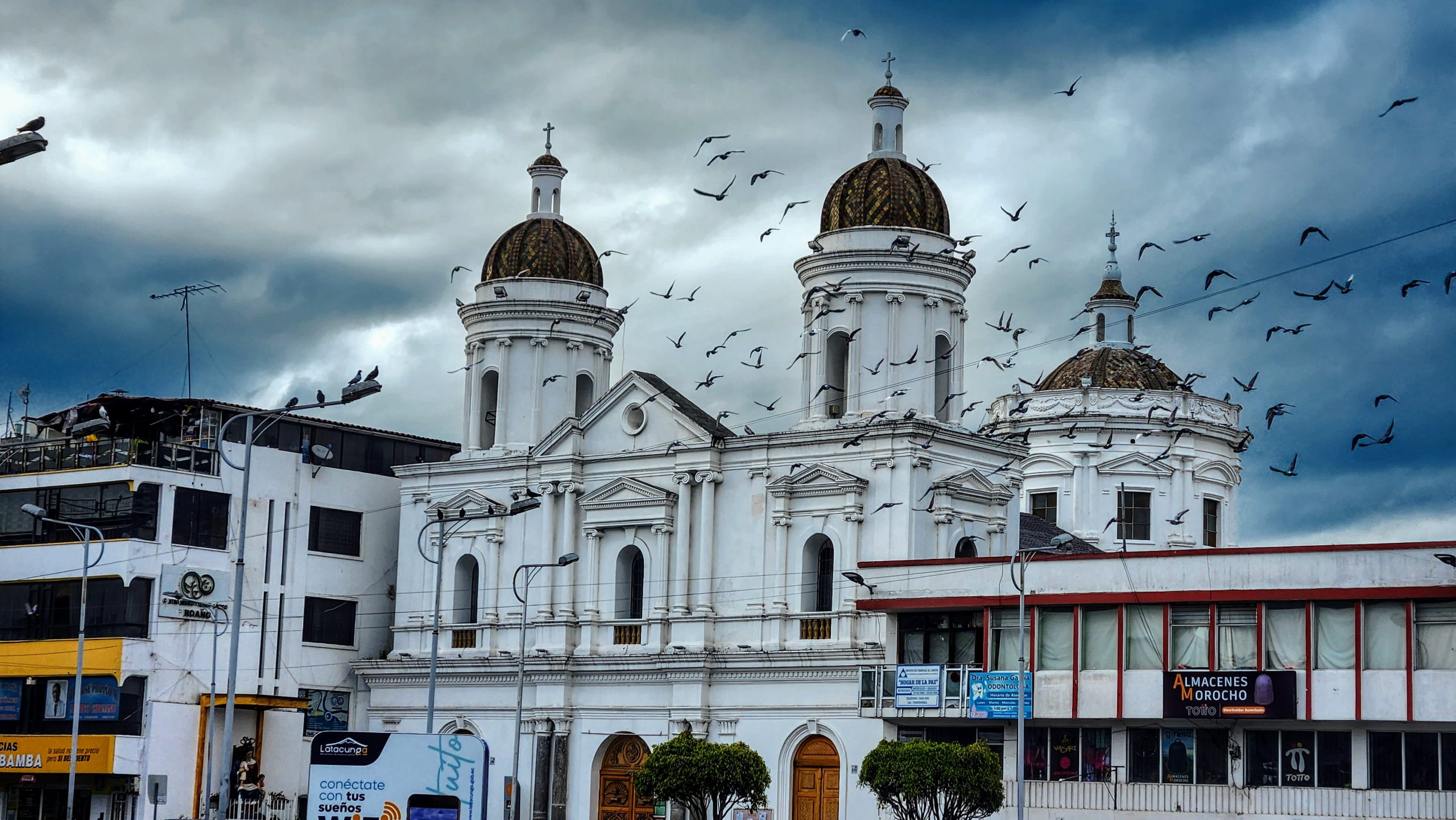
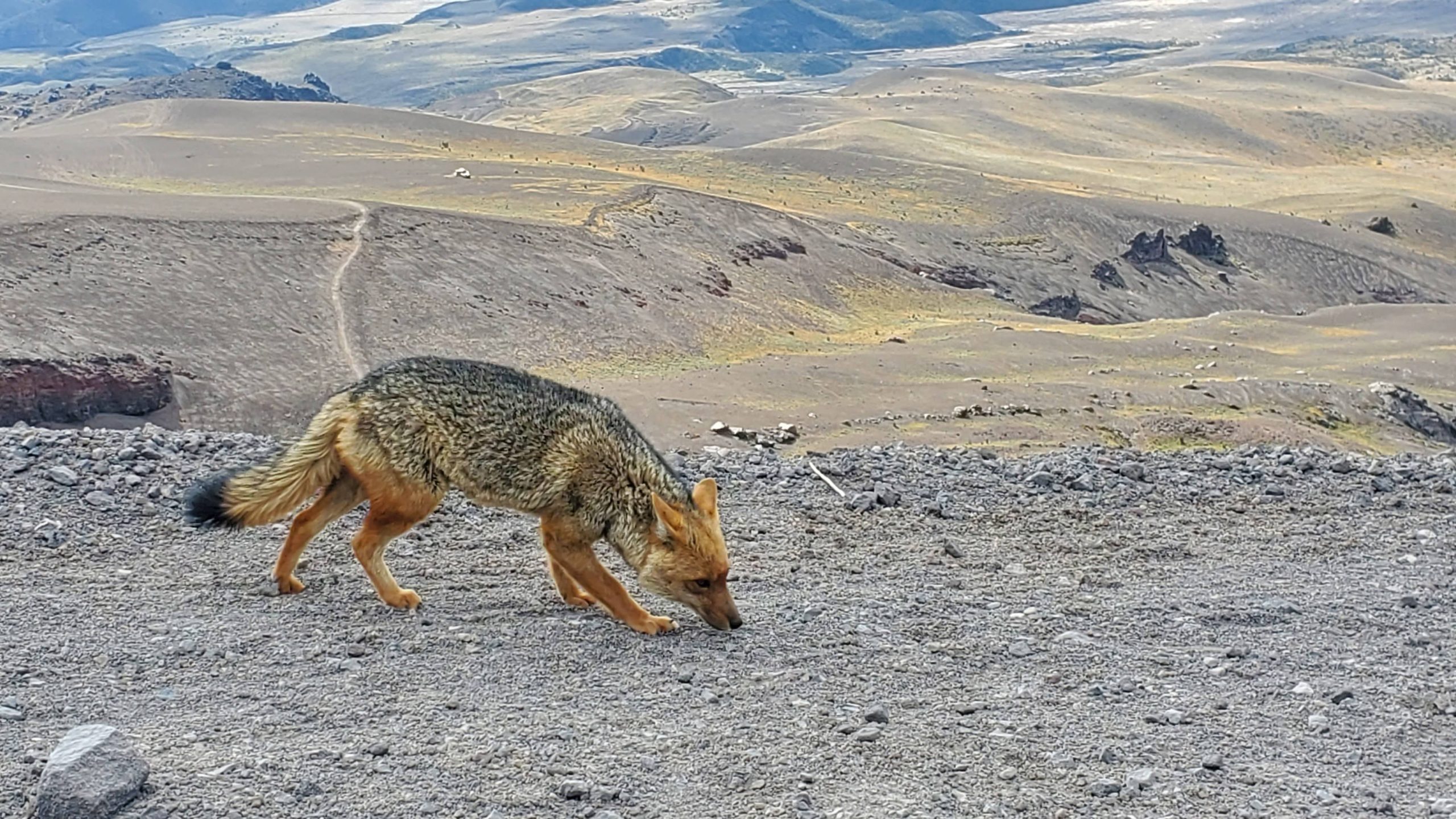
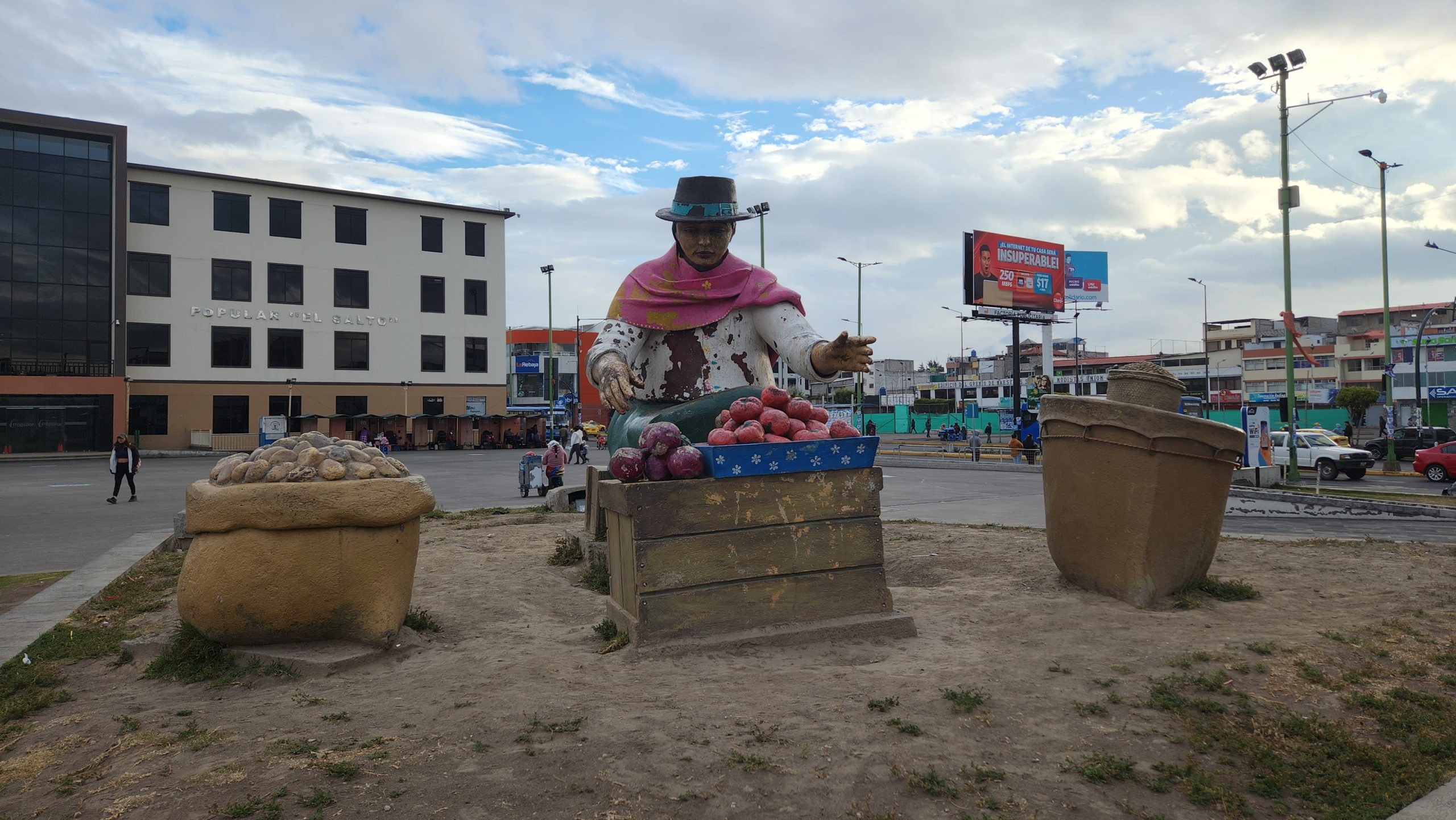
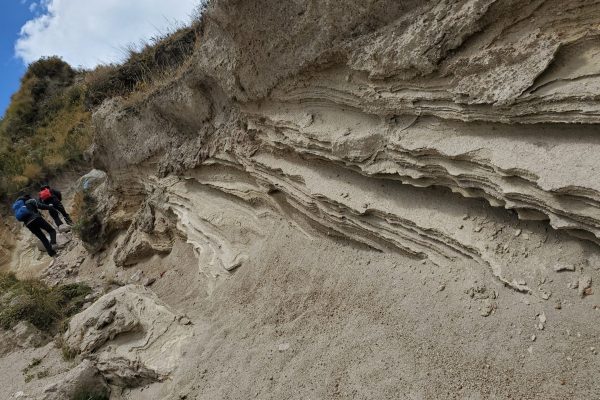
Hiking in Lake Quilotoa
-
- Laguna Quilotoa, also known as Quilotoa Lake, is a stunning volcanic crater lake located in the Andes Mountains. One can hike along the crater rim at about 12000 feet or hike down to the lake’s shore. It would be hard to do both hikes on the same day. The hike around the rim provides amazing vistas of the lake, the surrounding mountains and small villages. A very picturesque and pretty hike. Latacunga is the city to stay in that is close to both Cotapaxi National Park and Lake Quilotoa.
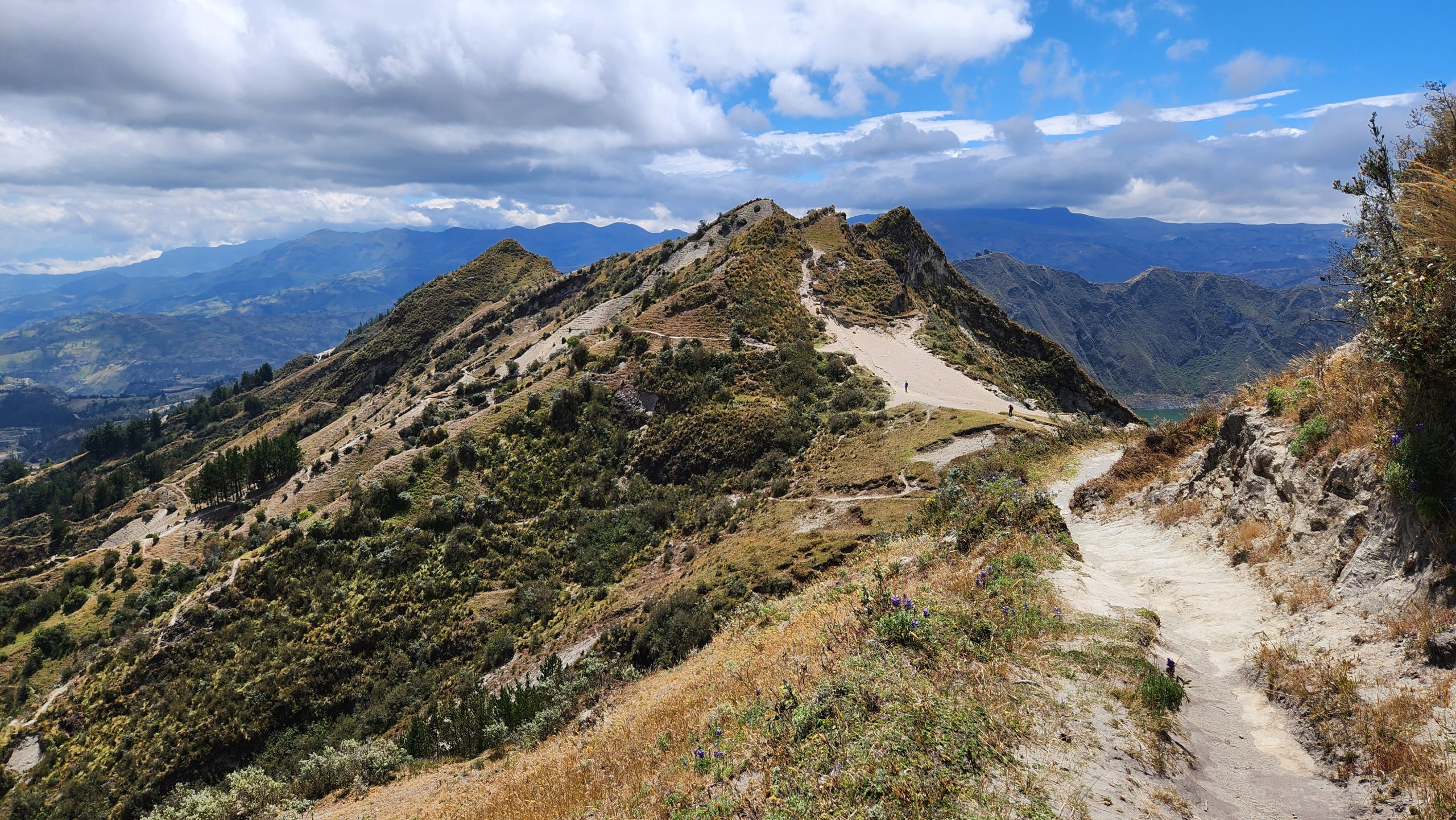
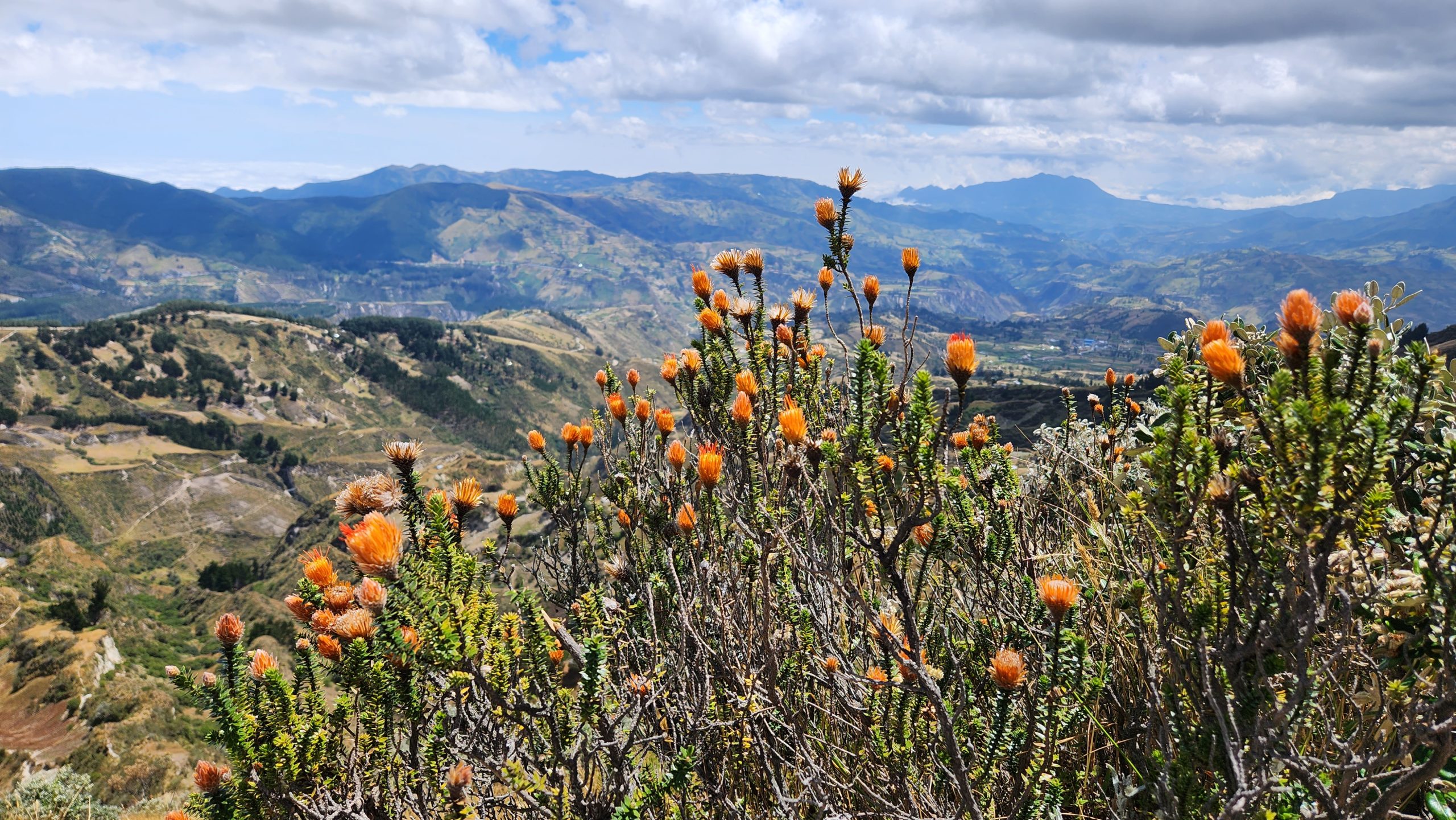
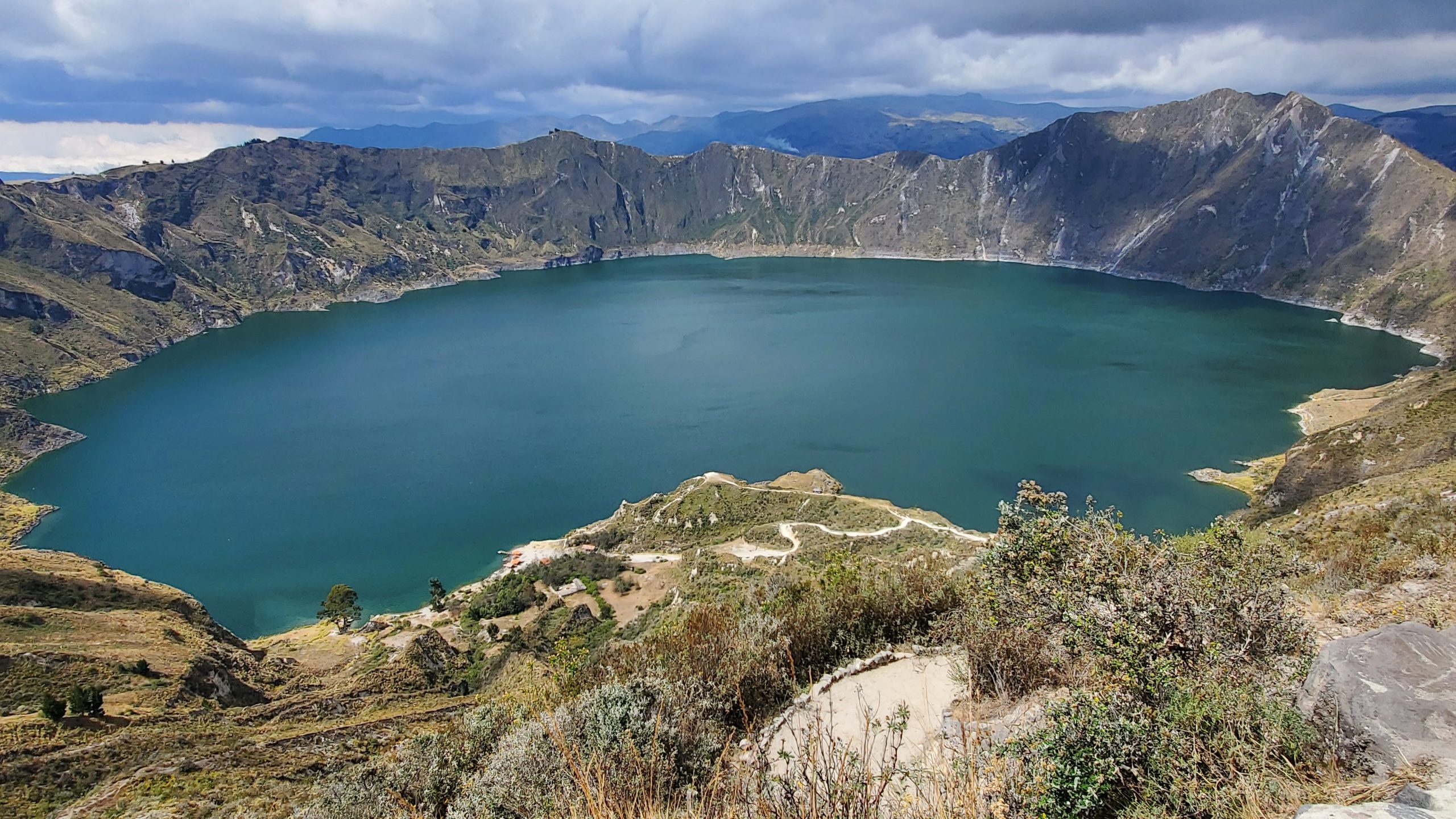
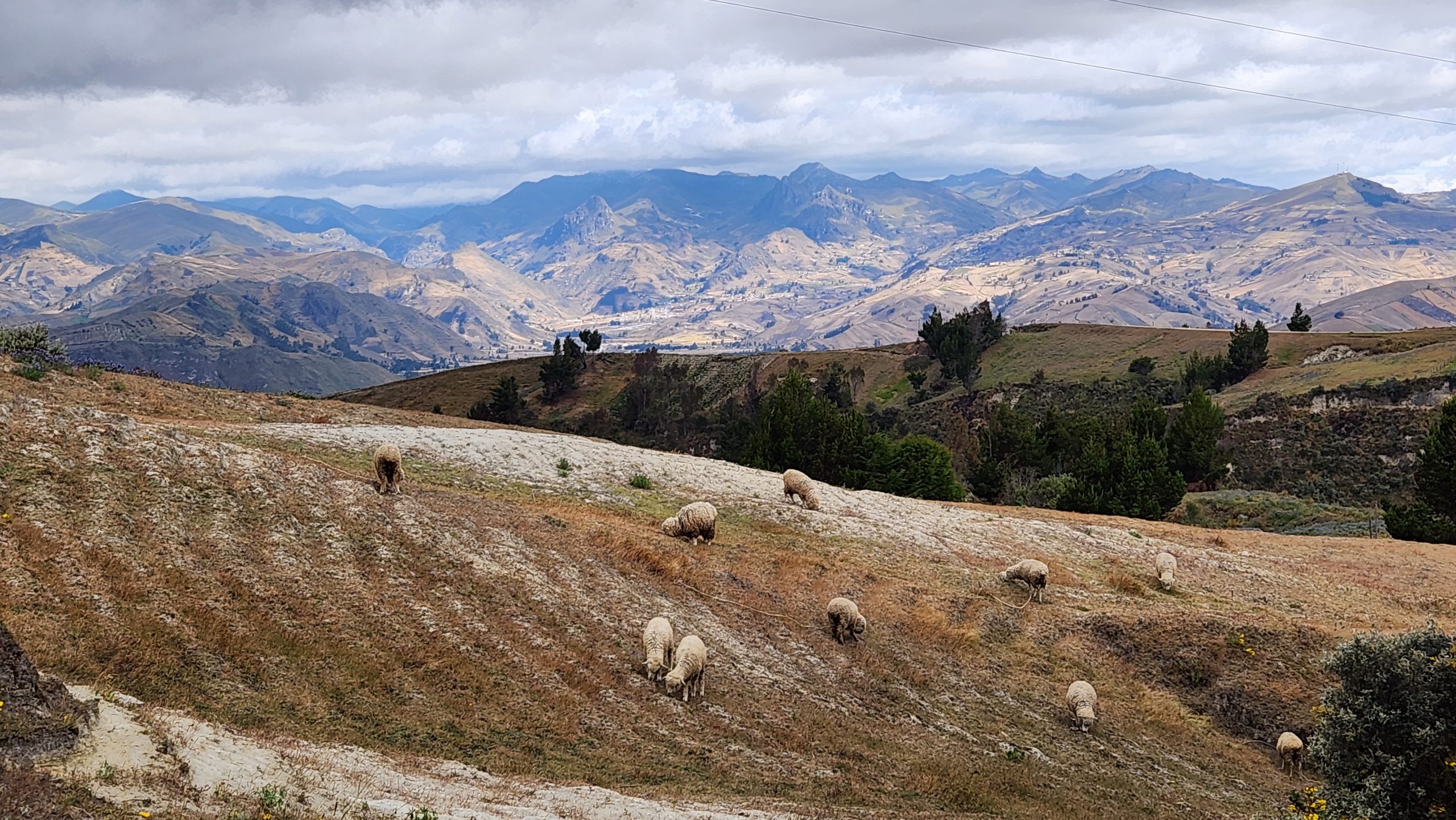
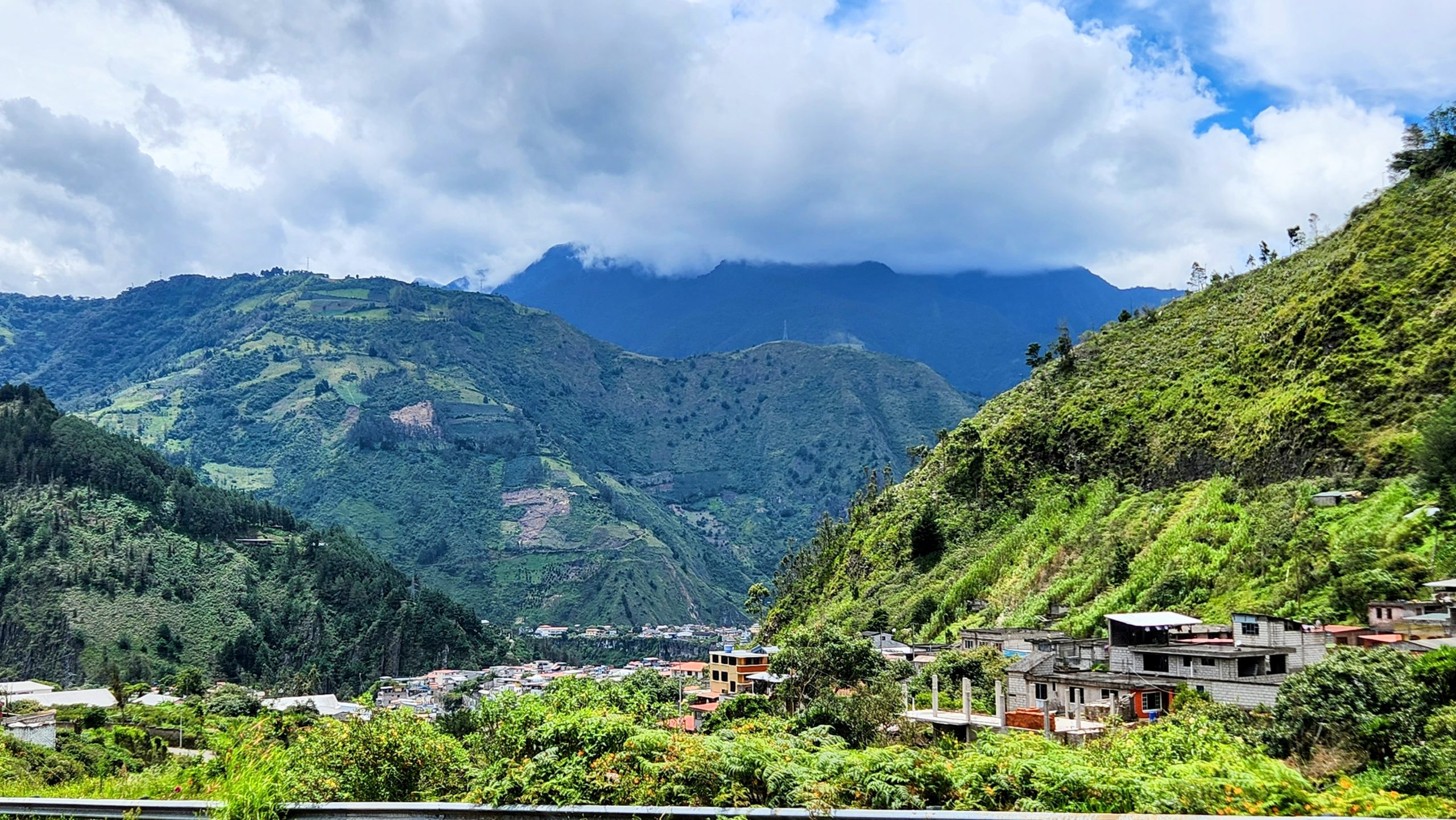
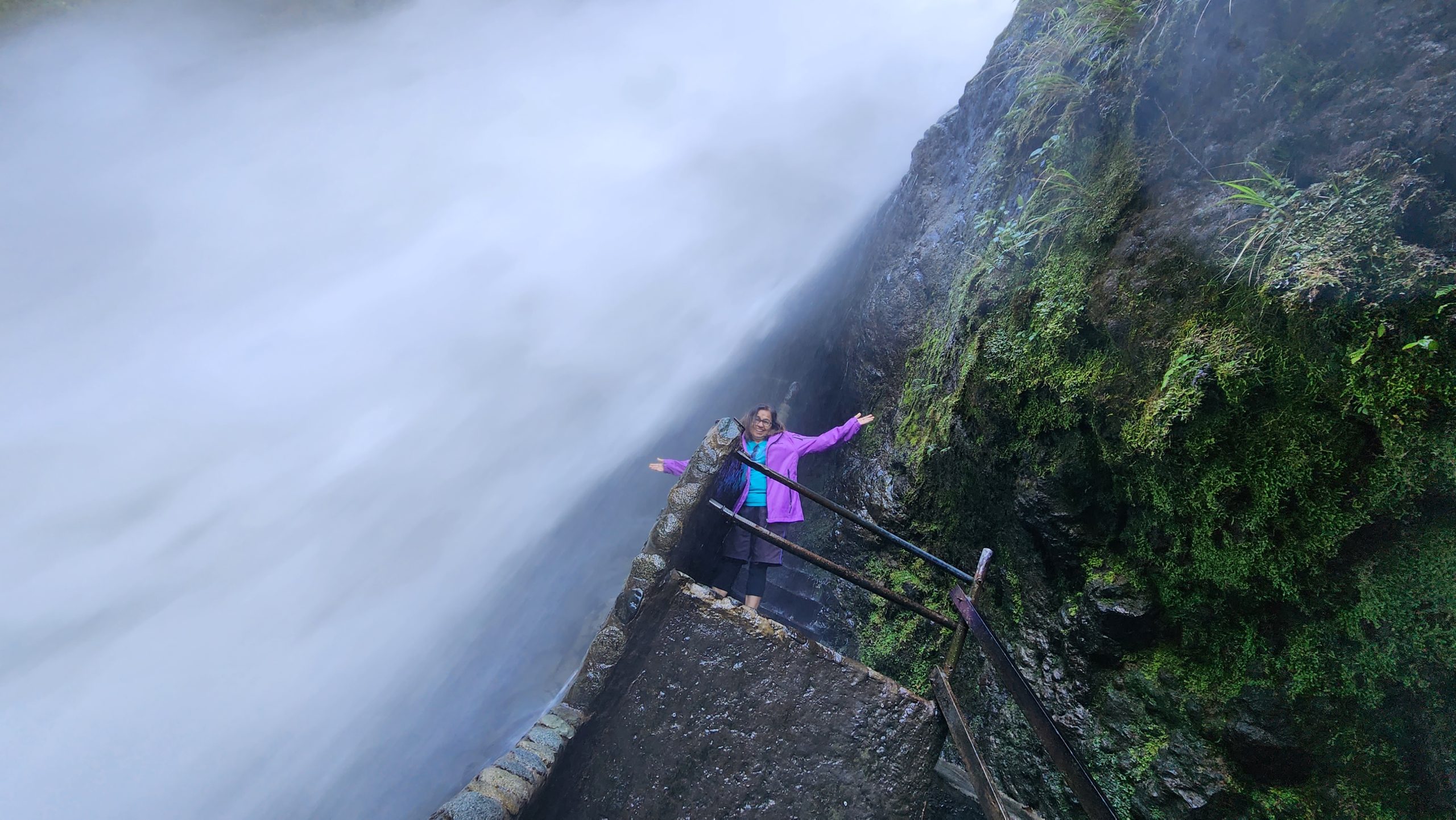
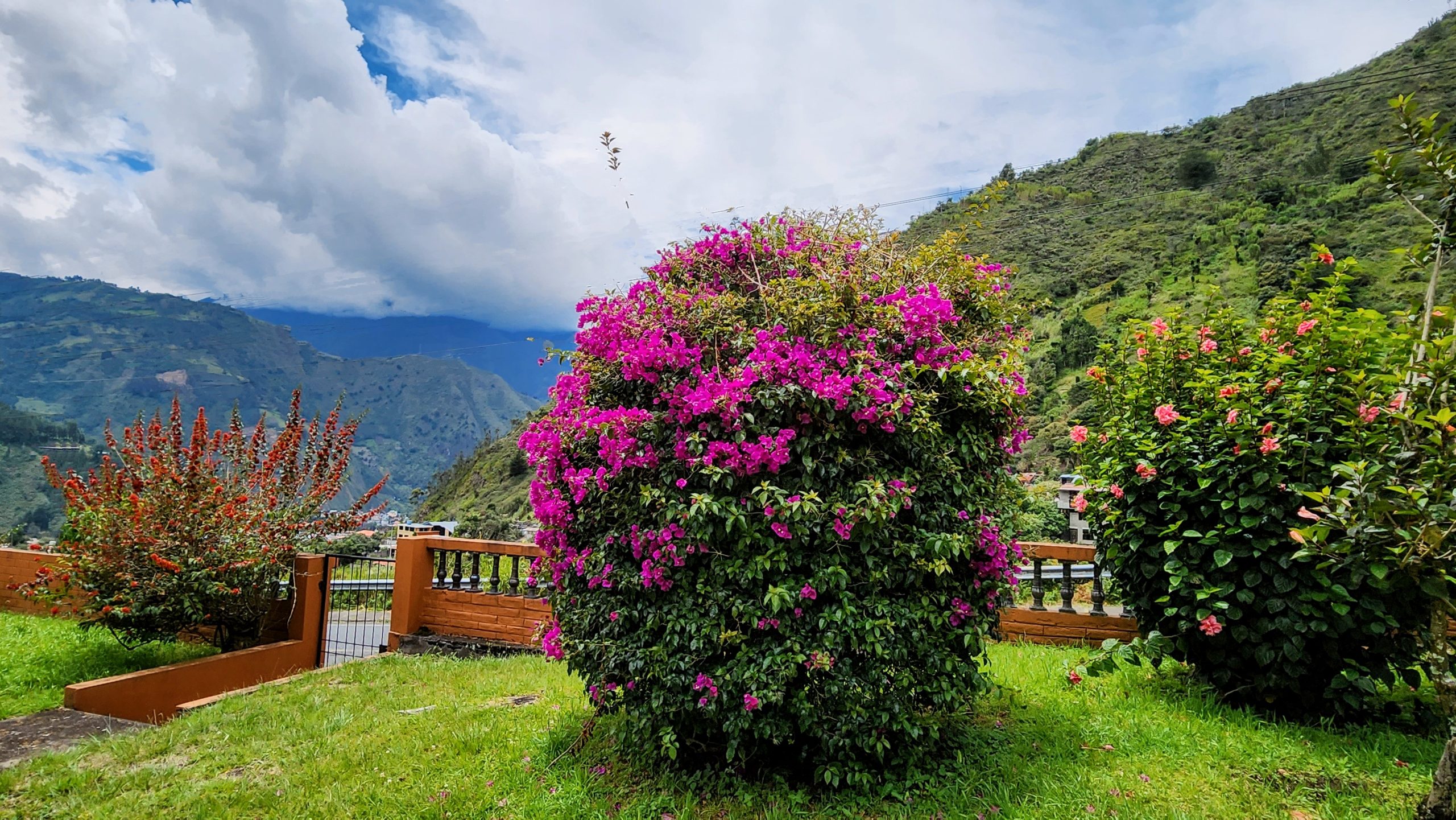
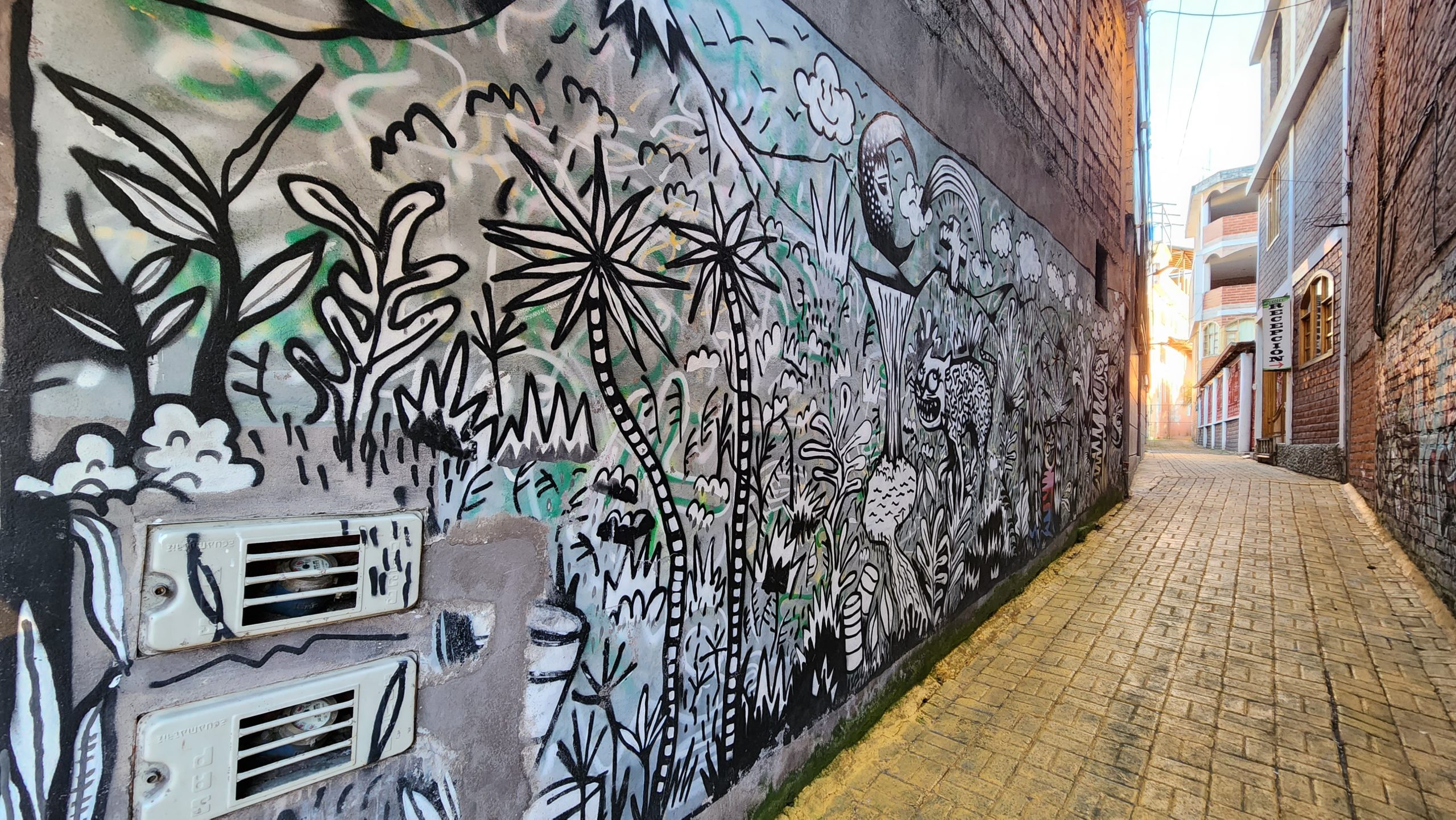
Simply known as Baños
-
- Baños de Agua Santa, commonly known as Baños,at an elevation of about 6000 ft, is a charming and popular tourist town located in the Tungurahua Province of Ecuador, nestled in the Andes Mountains. Baños is known for its stunning natural surroundings, hot springs, thermal baths, adventure activities and vibe.
- Adventure activities include zip-lining, walking on a rope bridge high above a gorge, riding a cable car between mountains, white-water rafting, canyoning, mountain biking and hiking. A very popular activity is the Waterfall route, biking from one water fall to another in the mountains, ending at the massive Pailón del Diablo waterfall. To get to the top of the waterfall there is some cave crawling to do. From this point on the Waterfall route, it is possible to load the bikes (and ourselves) on a truck and get back to Banos. If one has the time and energy, you can also go to Cascada Rocío Machay, another 15 mts away from the Devil’s Cauldron where it is possible to swim in the waterfall.
- Swing at the End of the World (La Casa del Árbol): This famous Banos attraction features a treehouse with a swing that offers incredible views of the surrounding landscape and the Tungurahua Volcano (an active volcano which you cannot climb).
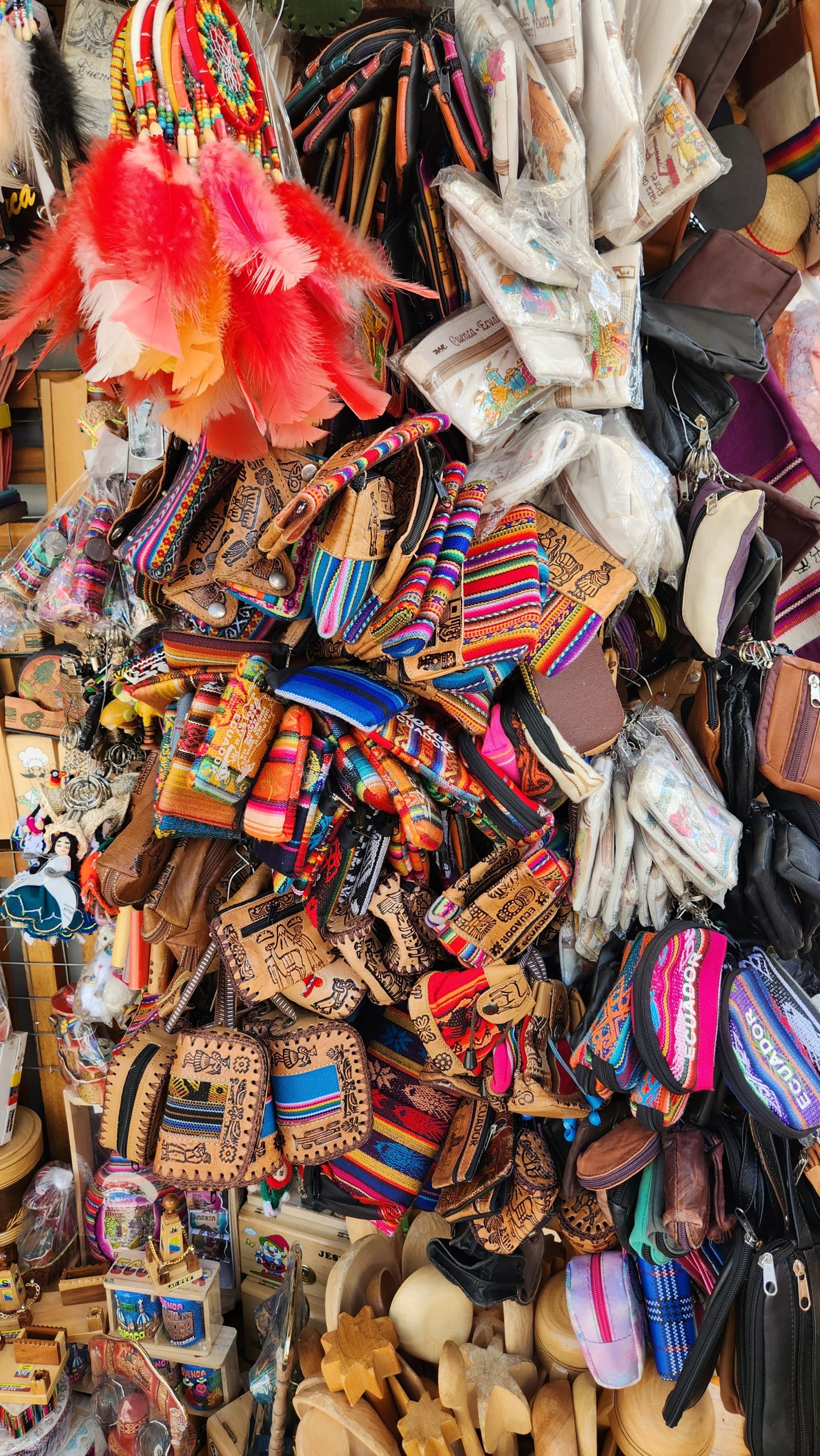
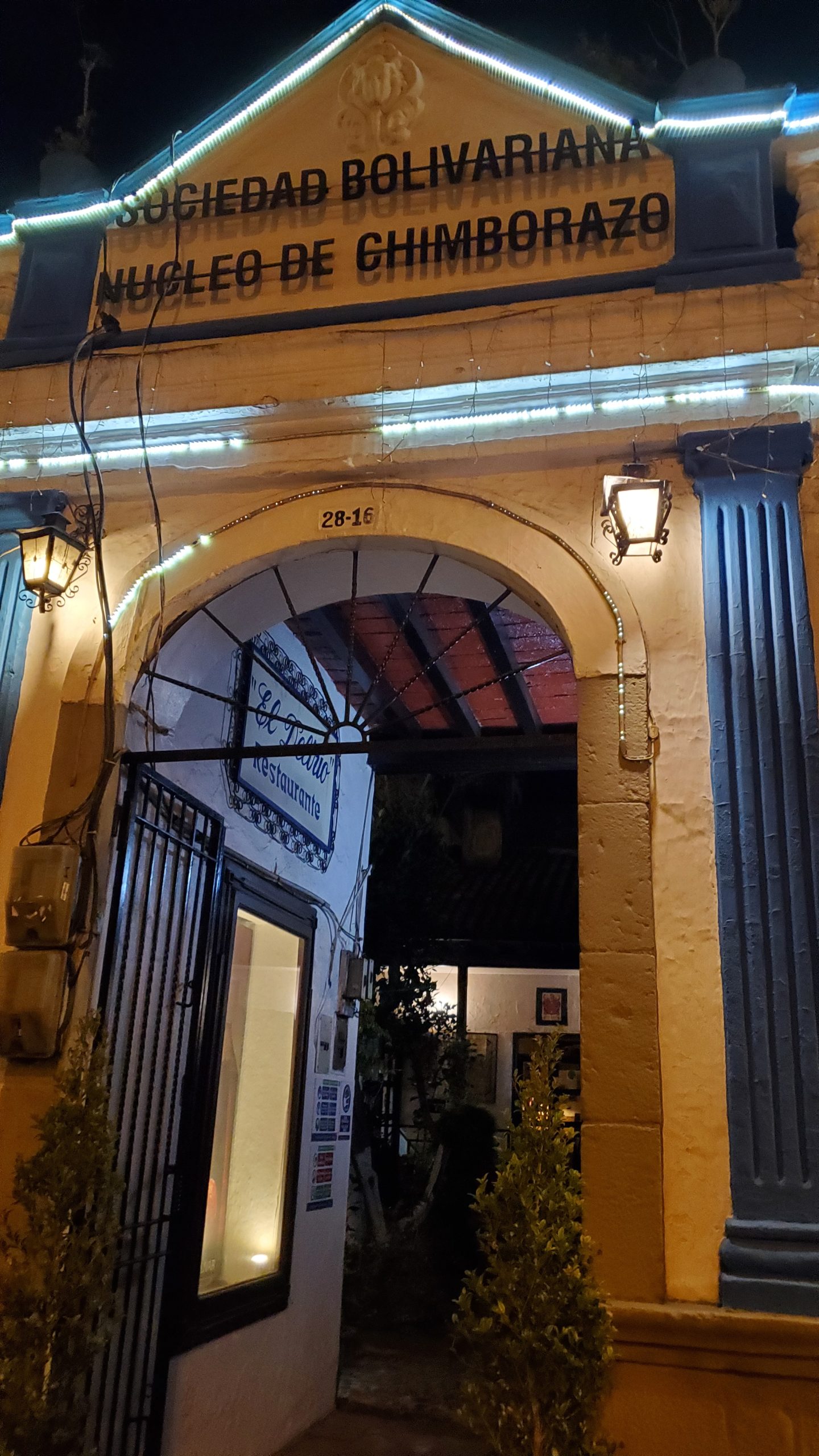
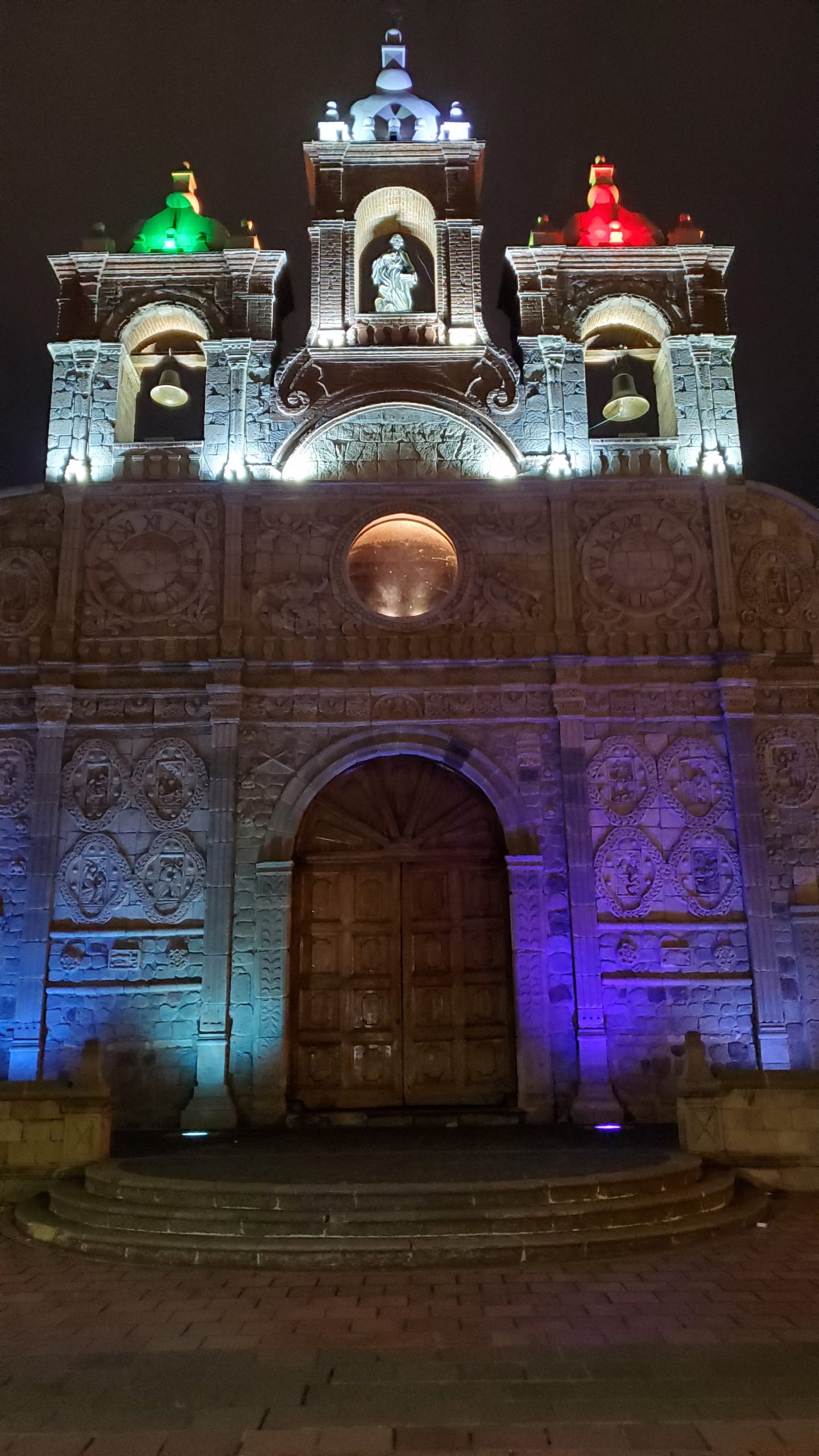
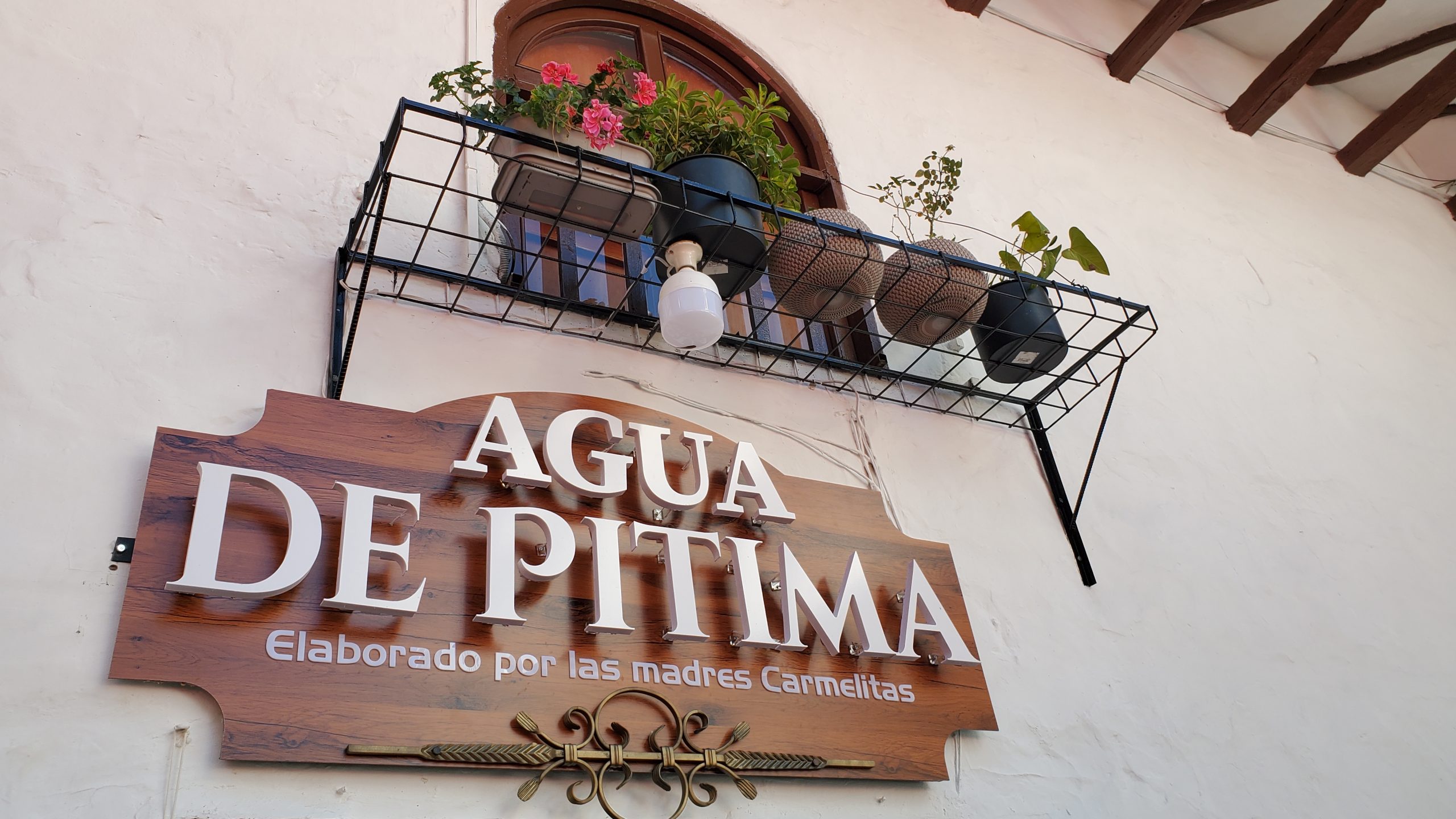
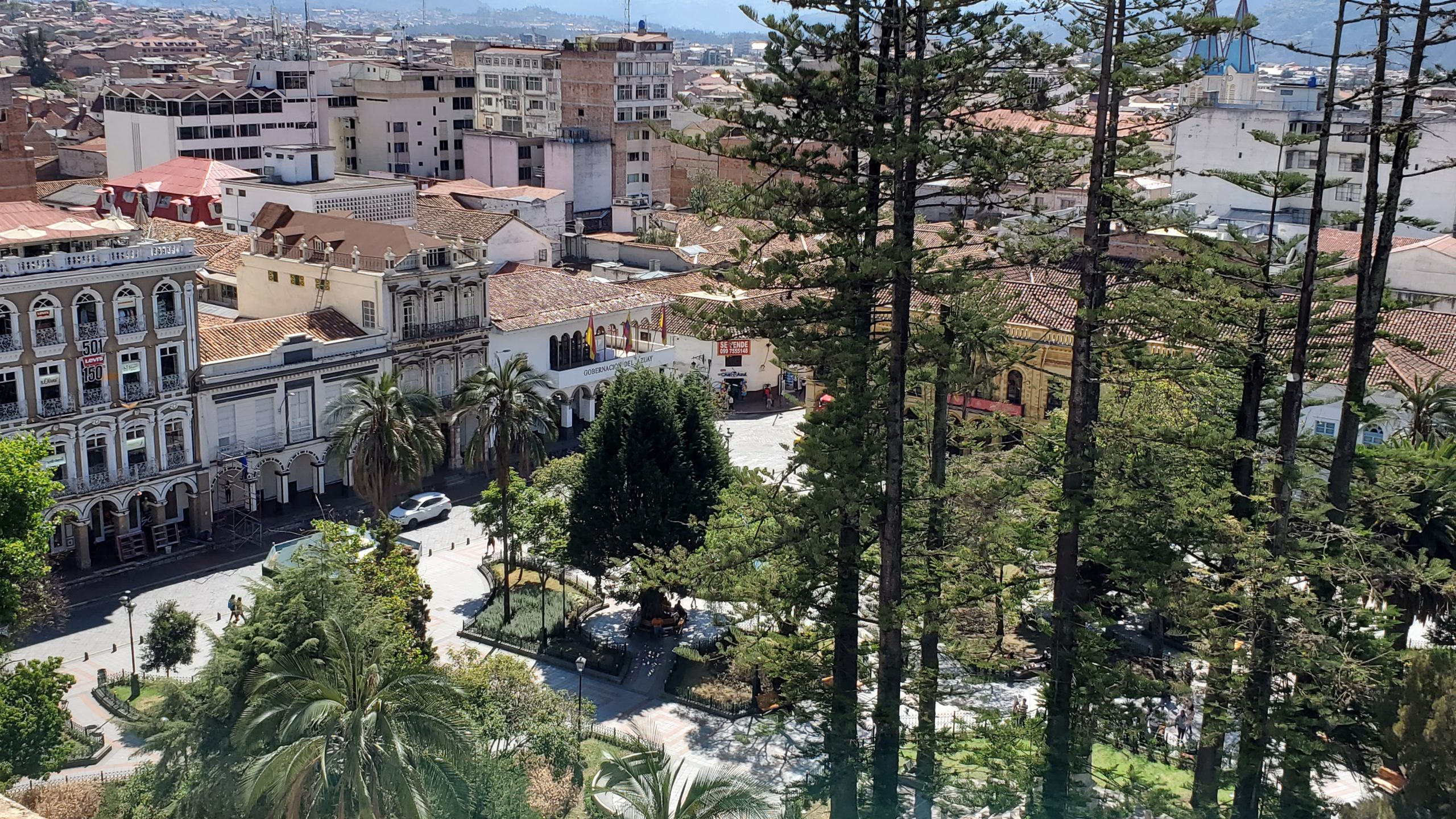
Riobamba
-
- The highest peak of Ecuador, Chimbarozo, is close to the town of Riobamba. The town of Riobamba is at 9000ft. Chimborazo is at an elevation of 20,548 feet (6200 m) above sea level. It is considered the farthest point from the Earth’s center. Climbing Chimborazo is a challenging endeavor that requires proper acclimatization and mountaineering skills.
- Walk around the Maldonado park and see the cathedral opposite. Near the Loma de Quito church get a good sight of Chimborazo from the nearby view point.
- Riobamba is a starting point for the famous Nariz del Diablo (Devil’s Nose) train ride, a journey that takes you through steep mountain terrain, offering incredible views of the Andes but this train route if currently not in operation.
Cuenca
-
- Cuenca is another beautiful colonial city located in the southern Andes of Ecuador. It is a UNESCO World Heritage site and has a wonderful historic center, stunning architecture, and is a very vibrant city that stays up a little late in comparison to Quito! Just walk the streets and enjoy the vibe.
- Must see places are the Cathedral de la Inmaculada Concepción (Cuenca Cathedral) and the Church of San Francisco. One can go up the Cuenca cathedral for panoramic views. At night, the architecture coupled with the lighting makes these churches look magnificent. Right under the Cuenca cathedral there is a square with a lot of activity and lots of music to enjoy in the evenings. See the churches of Cuenca.
- Visit the flower market outside the Santurio Mariano church and buy a drink of the Agua de Pitima outside the church. Itis considered a healing drink that is good for the body and is made by the nuns of the monastery.
- A 35-minute drive can take you from Cuenca to the Cajas National Park, known for its stunning high-altitude lakes.
Vegetarian Food in Ecuador
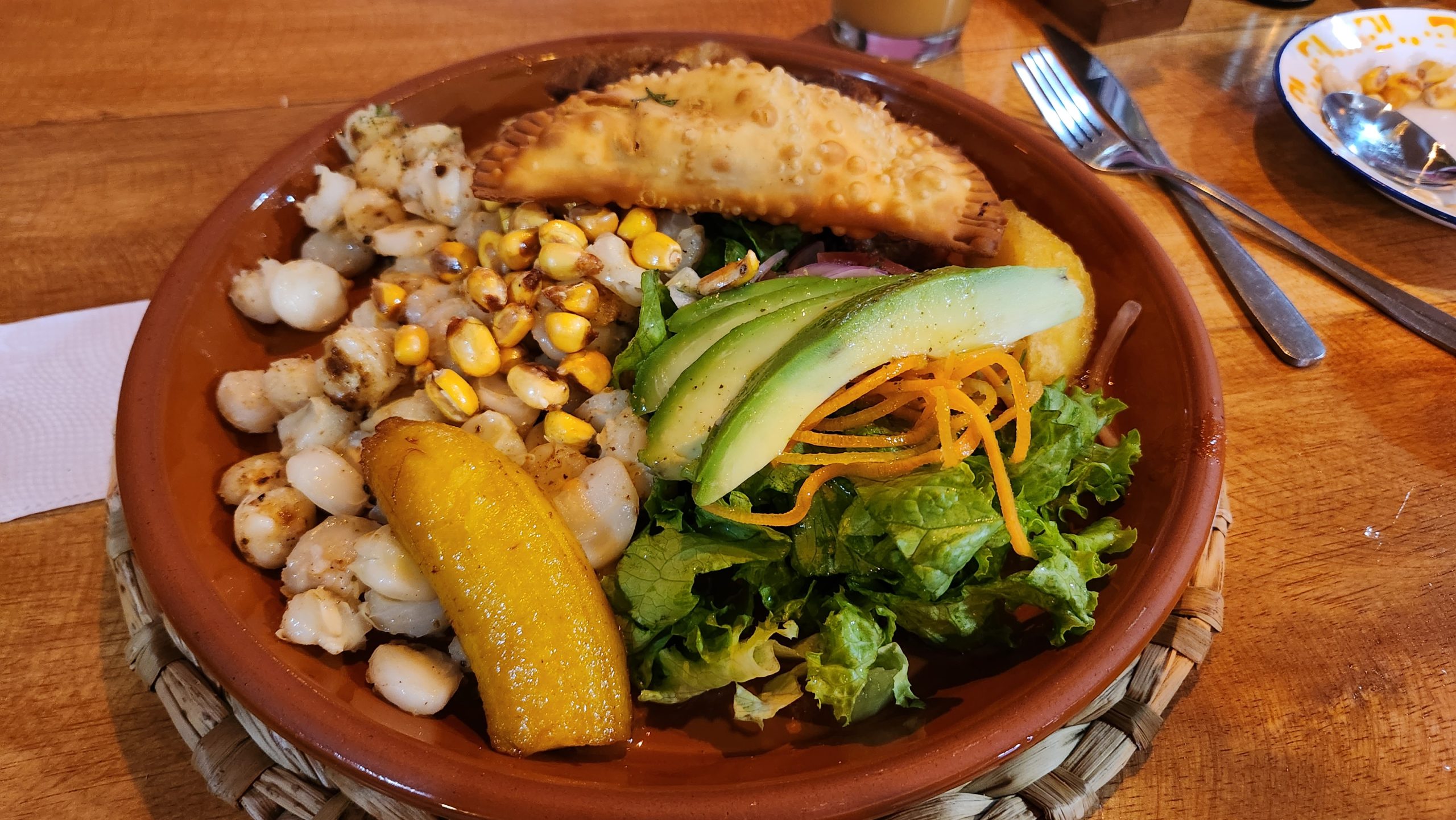
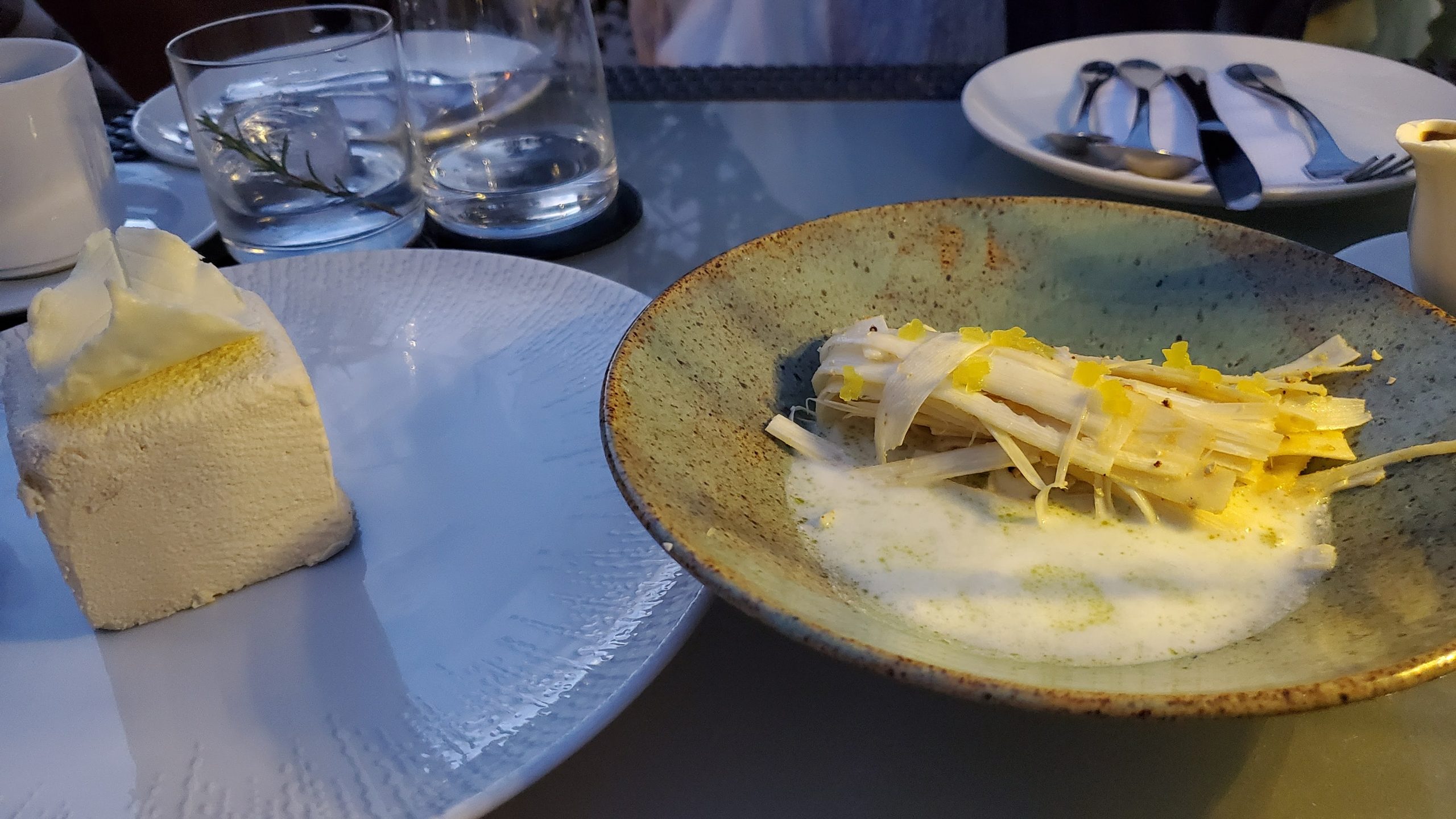
Ecuador offers a good vegetarian fare. The food is always extremely fresh and the service tends to be slow but who is in a hurry on vacation? While waiting we can always drink the Chicha, the fermented corn beer with spices, or hot Canelazo (fermented sugar cane alcohol) with spices like cinnamon and cloves. There are various fruit juices served (with added sugar) and Guanabana juice tops the list.
We loved Ahi sauce and would ask for it in every restaurant. We had different fruits and our favorites were Cherimoya (Custard apple) and Passion fruit (Granadelia). The Guanabana (Sour sop) juice and Ice cream are common and very tasty.
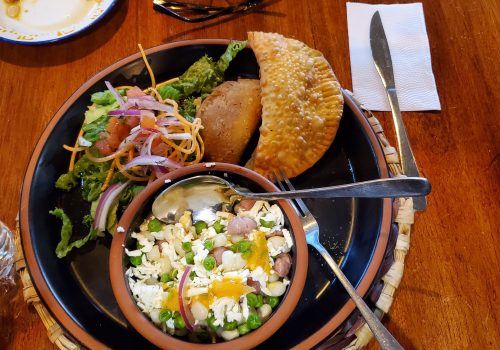
Vegetarian Variations of Traditional Dishes:
- Soups: Locro de Papa, the very popular potato soup is pretty hearty and tasty with cheese and avocados in it. There is also lentil soup available in some places and clear vegetable soup. Sopa de Verduras is a vegetable soup, typically made with potatoes, carrots, and corn.
- Ecuadorian Encebollado: A fish stew, but you can request it without fish.
- Empanadas: Look for cheese, vegetable, or cheese and corn empanadas.
- Tigrillo: Mashed green plantains often mixed with cheese and eggs, but you can request it without eggs for a vegan version.
- Ceviche: Ask for a vegetarian ceviche made with avocado, onions, and tomatoes instead of seafood.
- Ceviche de Palmito: Made with heart of palm, onions, and tomatoes.
- Ensalada de Frutas: A fruit salad, sometimes served with cheese.
Veggie-Heavy Sides:
- Patacones: Fried green plantains, usually served with cheese or aji (spicy salsa).
- Yucca Fries: Fried cassava root, a common side dish.
To say “I am vegetarian” in Spanish, you can say “Soy vegetariano” if you are male or “Soy vegetariana” if you are female. To say “I eat no eggs, no fish, no chicken, or meat” in Spanish, you can say “No como huevos, pescado, pollo ni carne.”
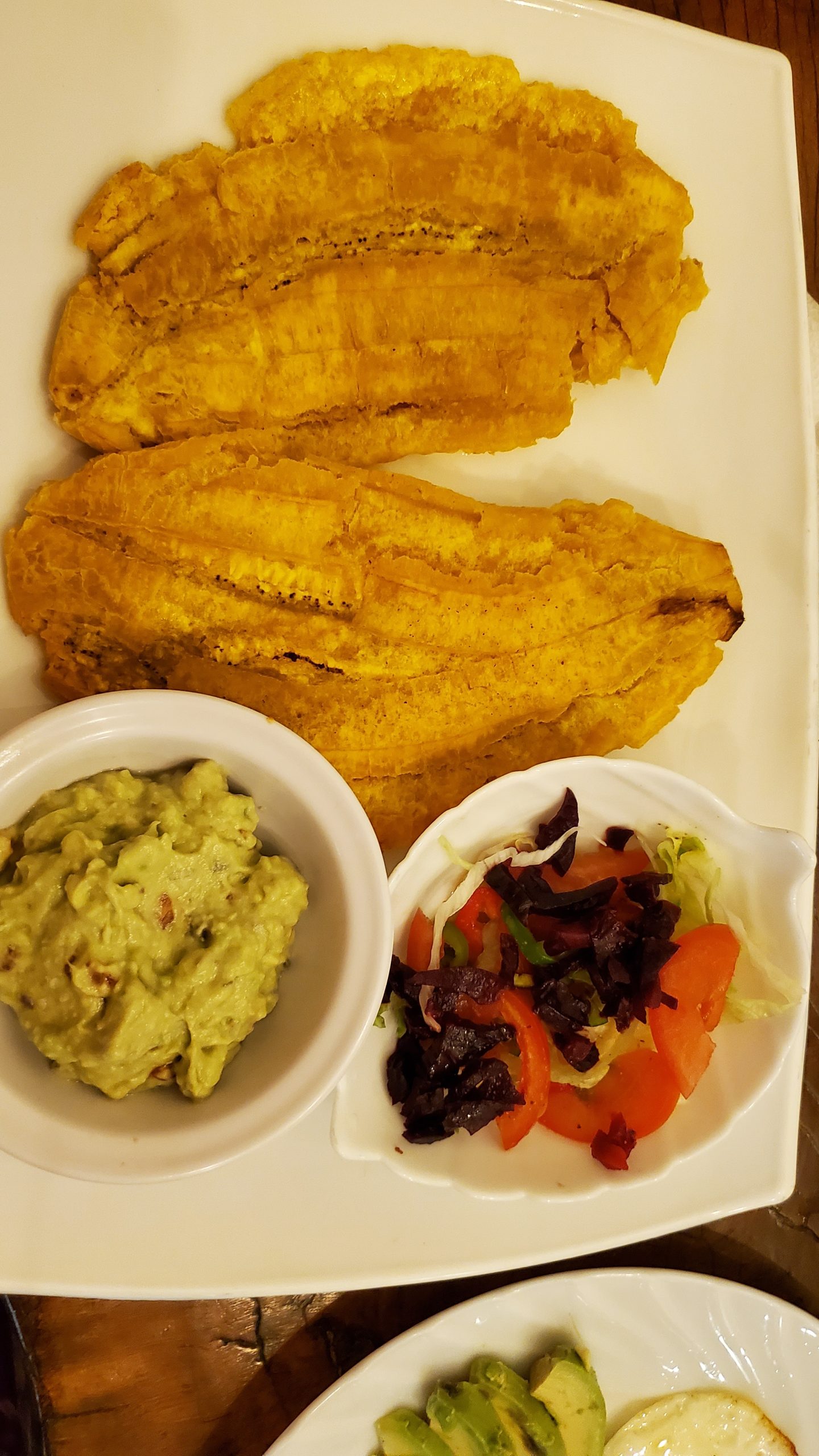
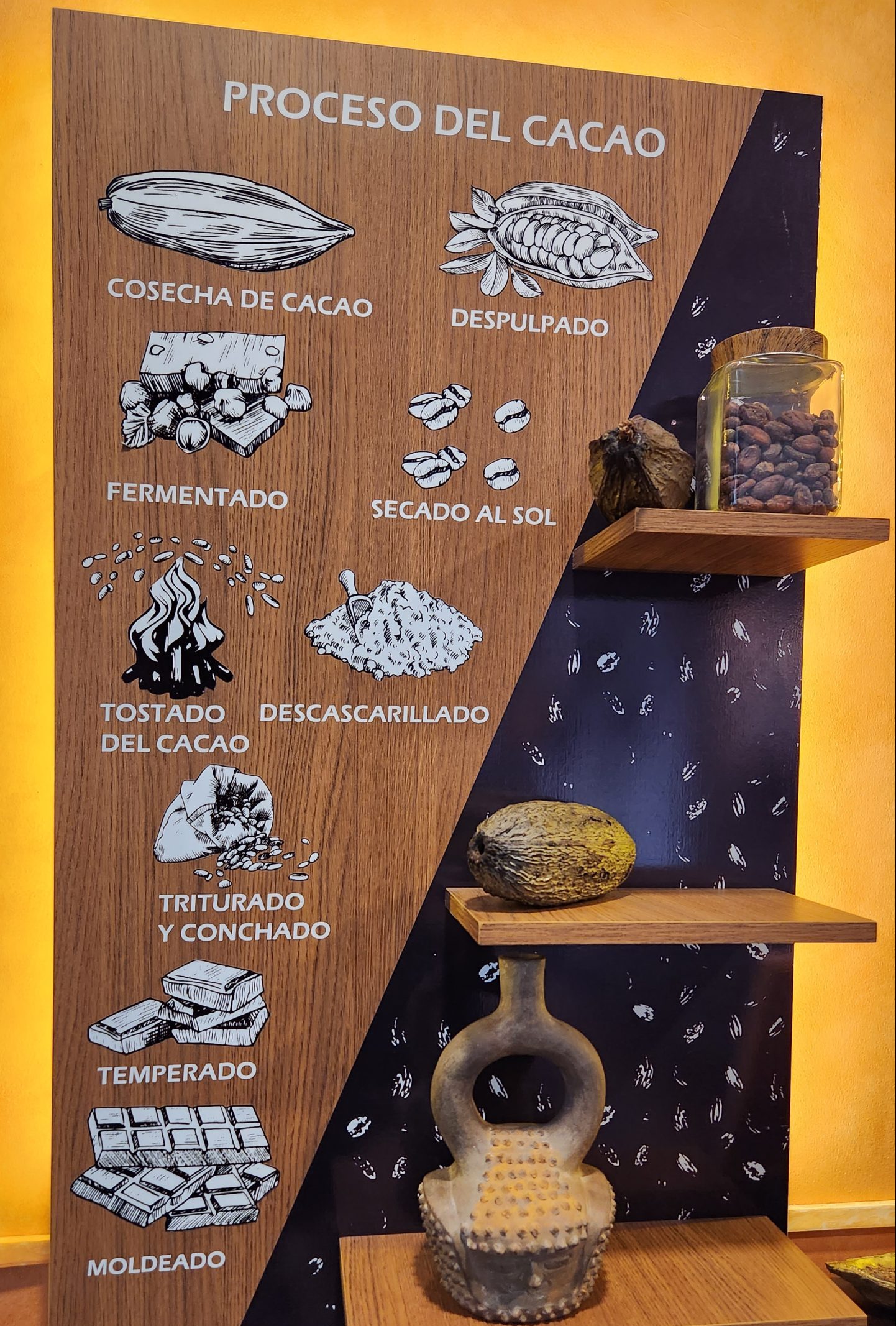
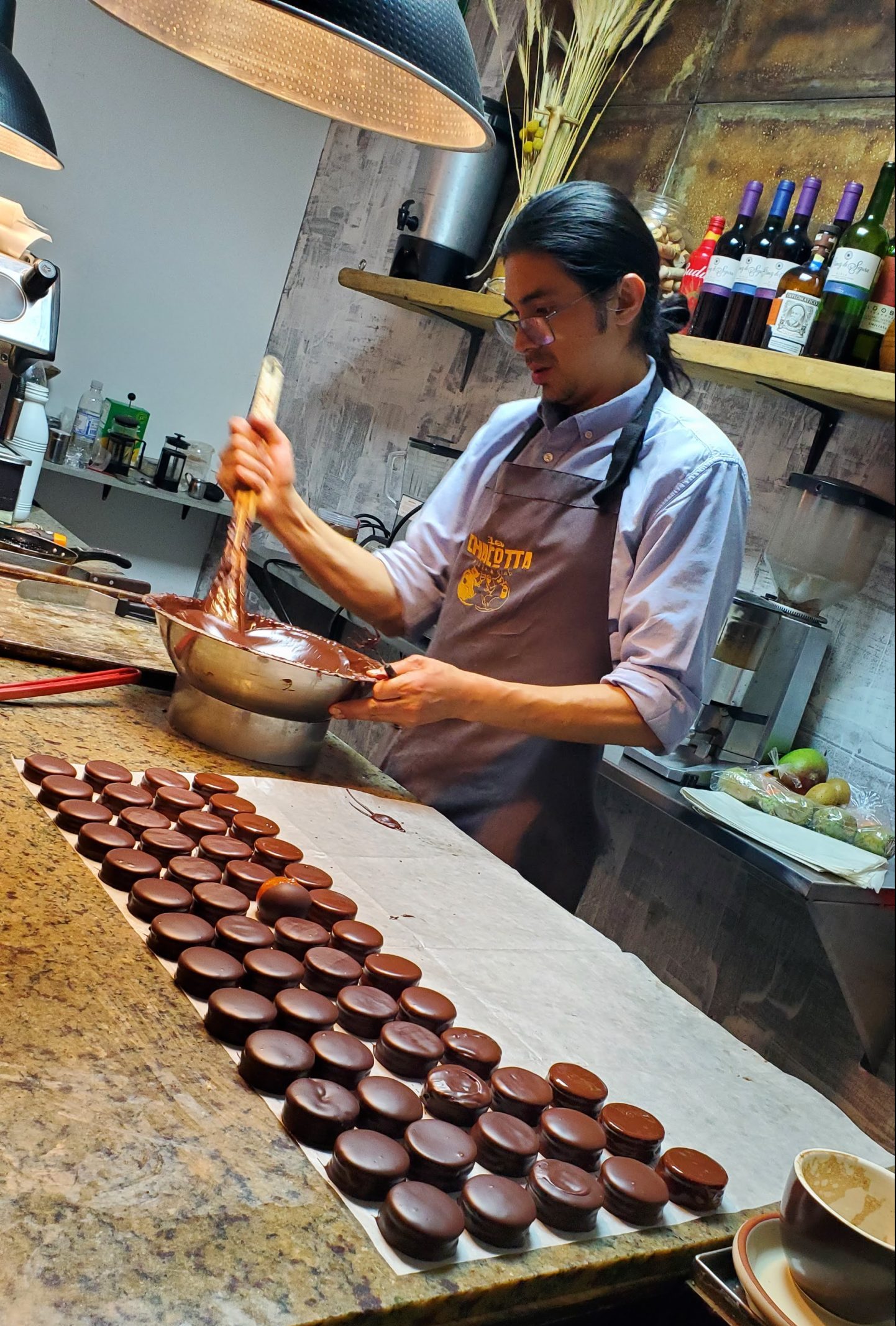
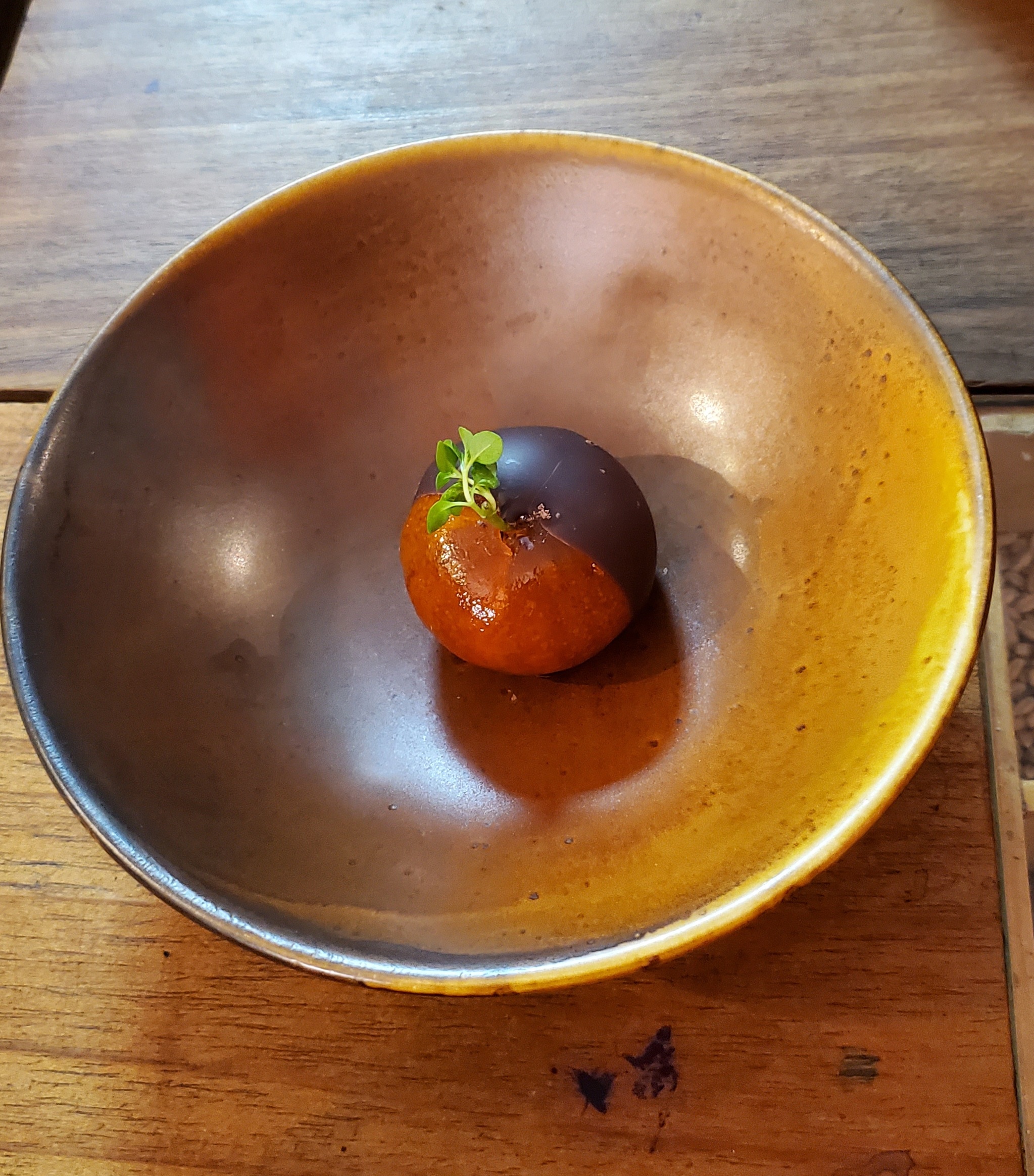
One of the things Ecuadorians love is sugar cane products. We saw how sugar cane is pulled, dried and made into a square candy like sweet.
A lot of cacao is grown in Ecuador and they pride themselves on their chocolates with good reason. They also love their hot-chocolate which is drunk with cheese dunked into it (which is quite nice, though it was hard to imagine that!).
Cocadas, resembling the Indian “chikkis” made out of peanuts or sesame, brown sugar and coconut, were commonly available and very tasty.
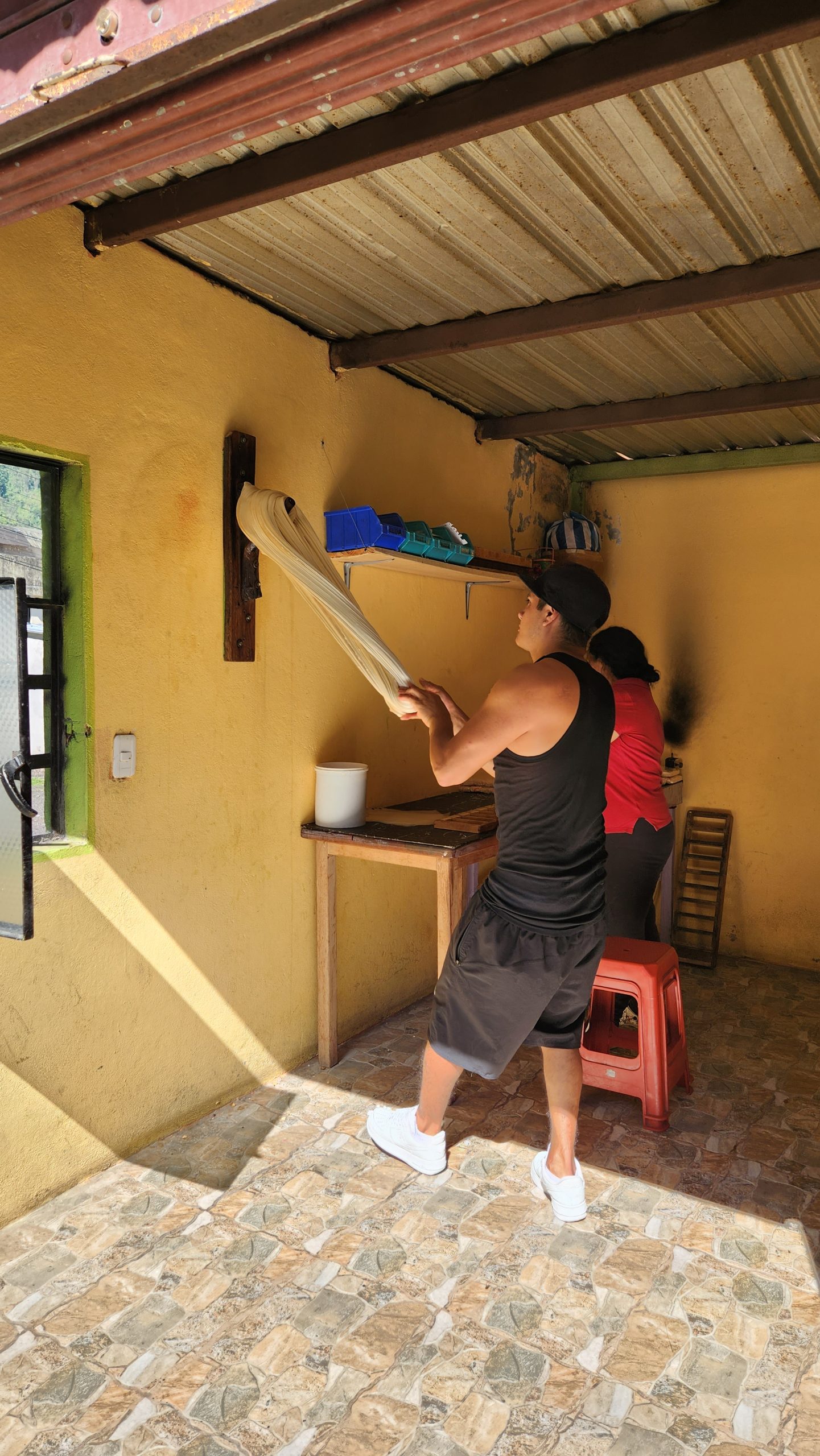
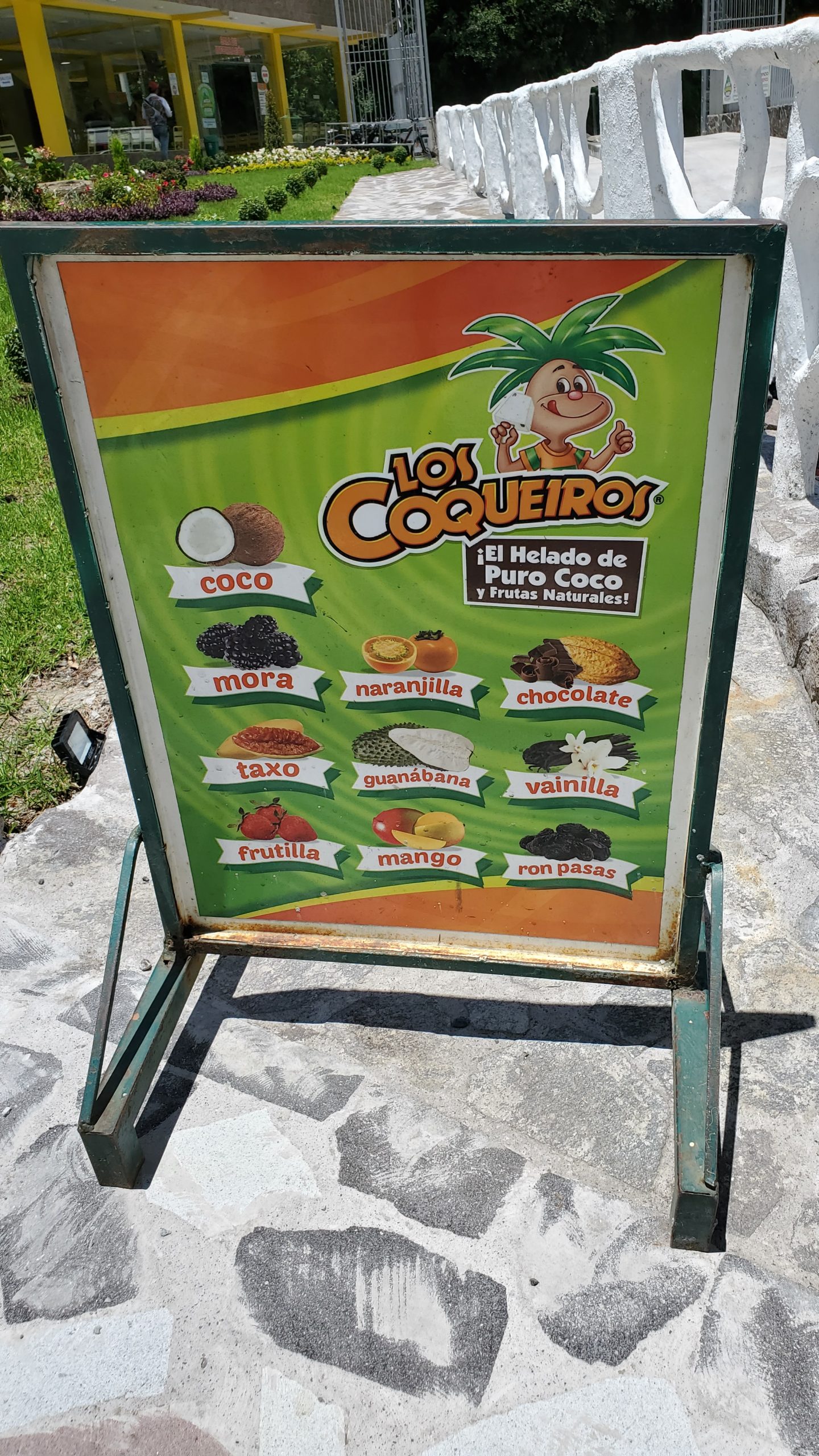
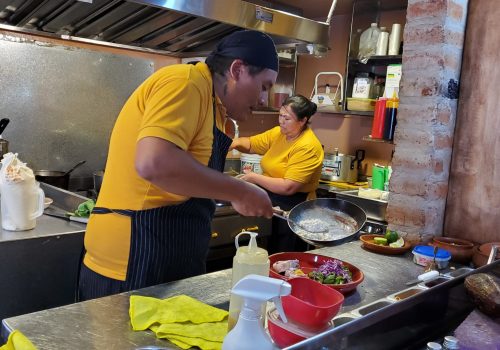
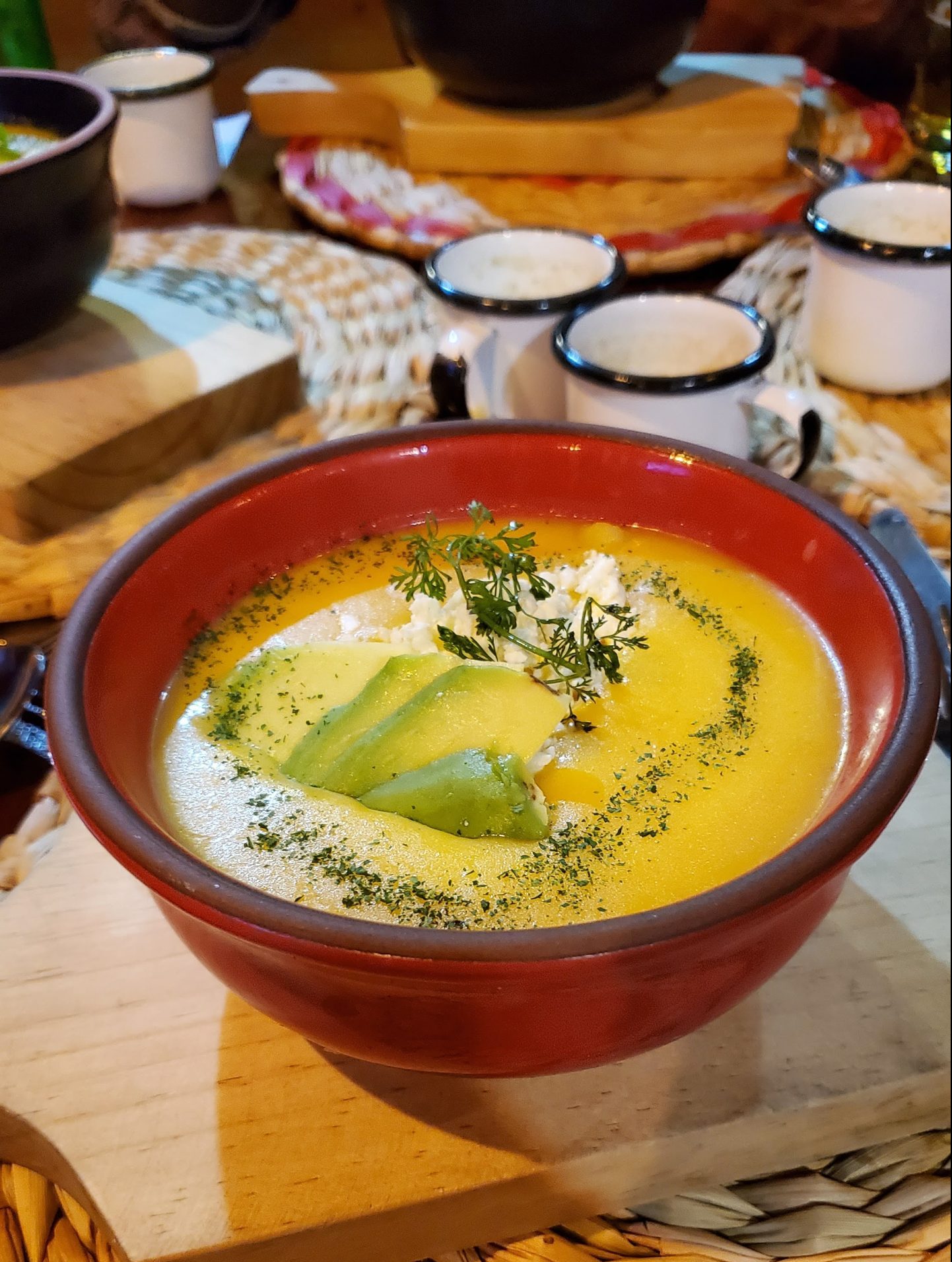
I list a few restaurants that have been completely memorable eating experiences for me on the trip! In Quito, one such place we visited thrice was Runa Tulpa Andina. Delicious food, open kitchen, wonderful hospitality, and a page of vegetarian choices! You can order the warm Canelazo while you wait for their creations to be served. The other place we visited more than once was Crustum 2850 which is a small cafe that opens to a shady courtyard under a fig tree. Amazing bread, pastries and coffee at the cafe’ and yummy pizza in the courtyard. The best was a mandarin (the whole fruit) dipped in chocolate! Since it was being made by the chocolate artist right in front of us, we got to eat it fresh.
We enjoyed Ecuadorian coffee and light snacks at 7 Campanarios Café de Ecuador. For breakfast, we tried En-Dulce upon the recommendation of our host and we really enjoyed it as well. Cafe del Fraile is in a Hacienda which houses many restaurants. The hacienda itself is worth a visit. At Cafe’ del Fraile, I had a clear vegetable soup which was refreshing and a break from the heavier foods I was having each day. For some good Sicilian food, visit La Caponata and you will love the food. A restaurant with the most beautiful view was Vista Hermosa. One needs to sit outside at dusk and watch the lights come on. They had a couple of very exotic, tasty and pricey items that I could try as a vegetarian. The setting was totally worth it. The street Calle’ Ronda is popular for its vibrancy and locals hanging out there. We ate at La Negra Mala which had good traditional Ecuadorian food and.
Both at Banos and Cuenca, there are enough vegetarian choices. At Banos we ate at the My Veg restaurant. The other one we passed was the colorful Sativa Studio cafe’ with a vegetarian menu. In Cuenca, we also had lunch at the markets that had all the fruits, vegetables and meat as there were vendor stalls also selling food.
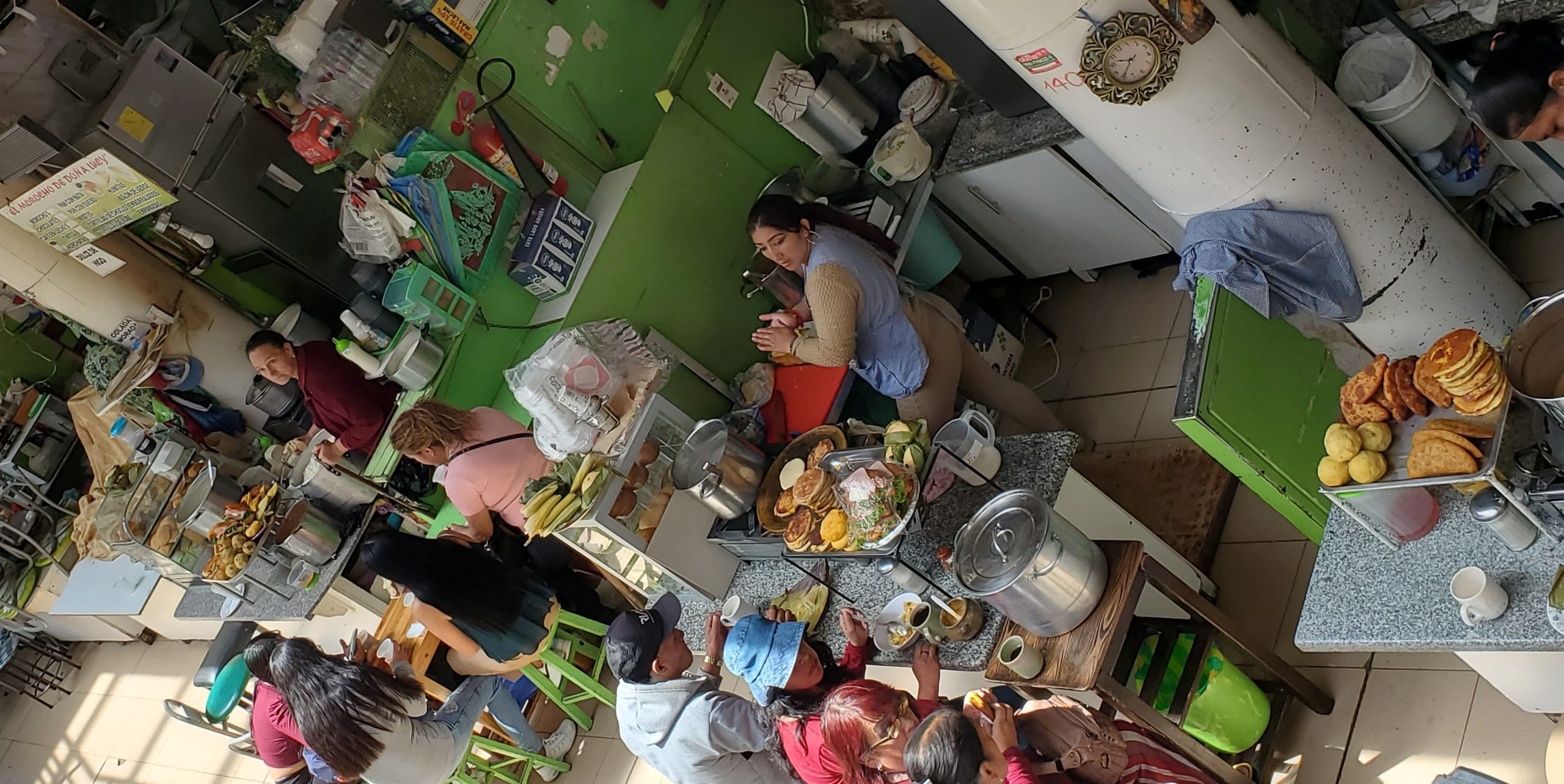
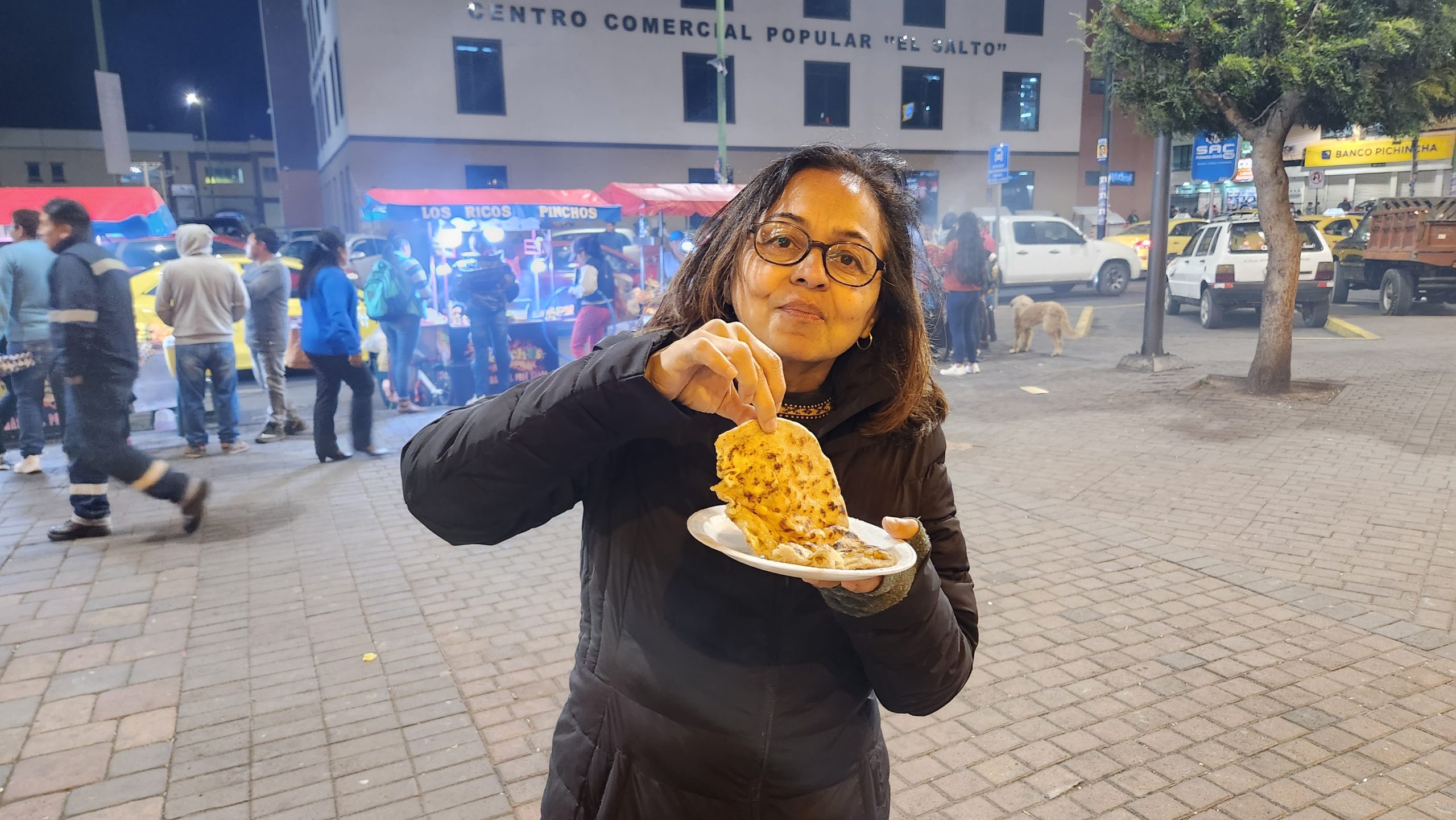
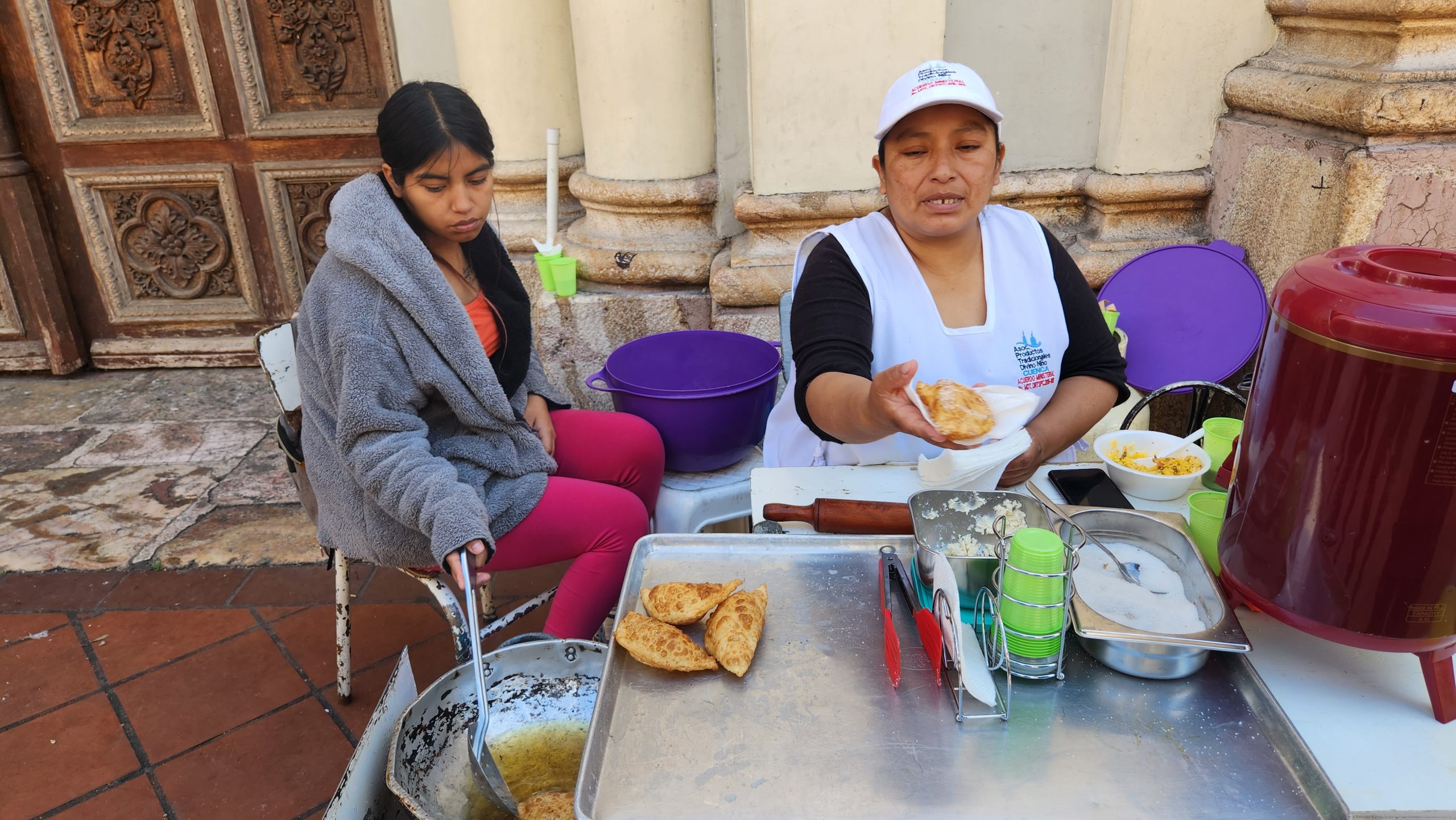
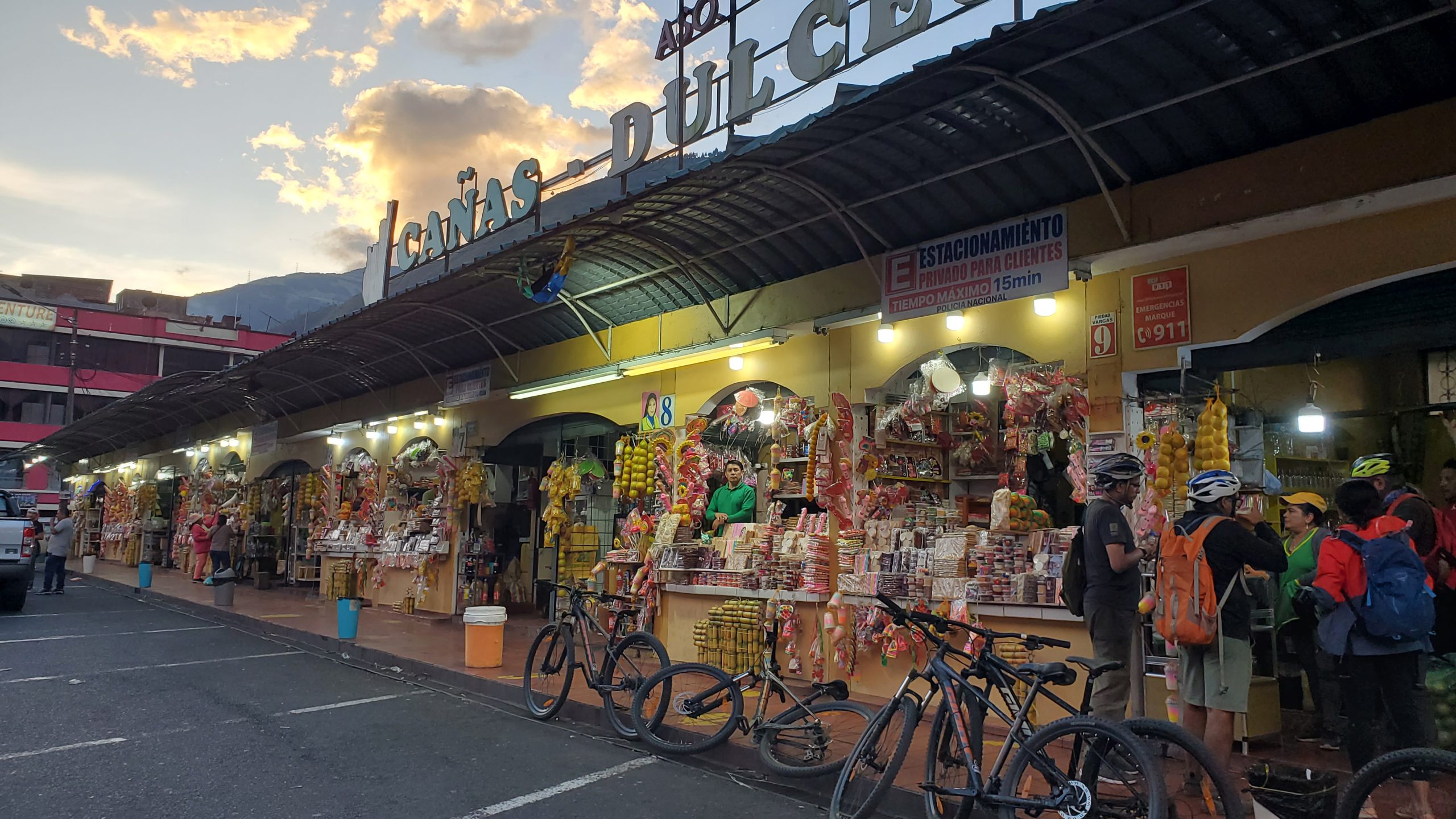
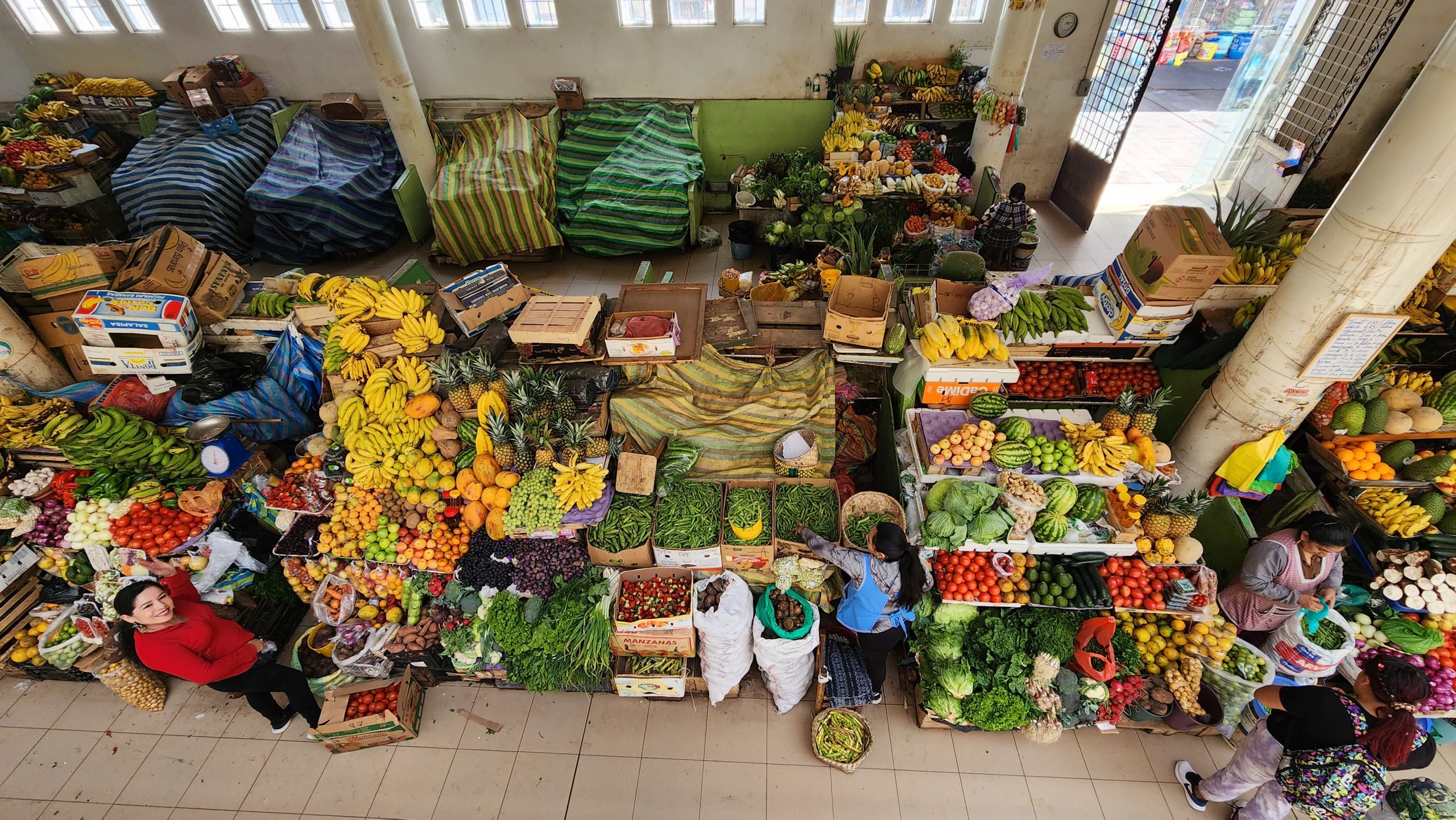
Narrative and Pictures – Travels in the Ecuadorian Andes
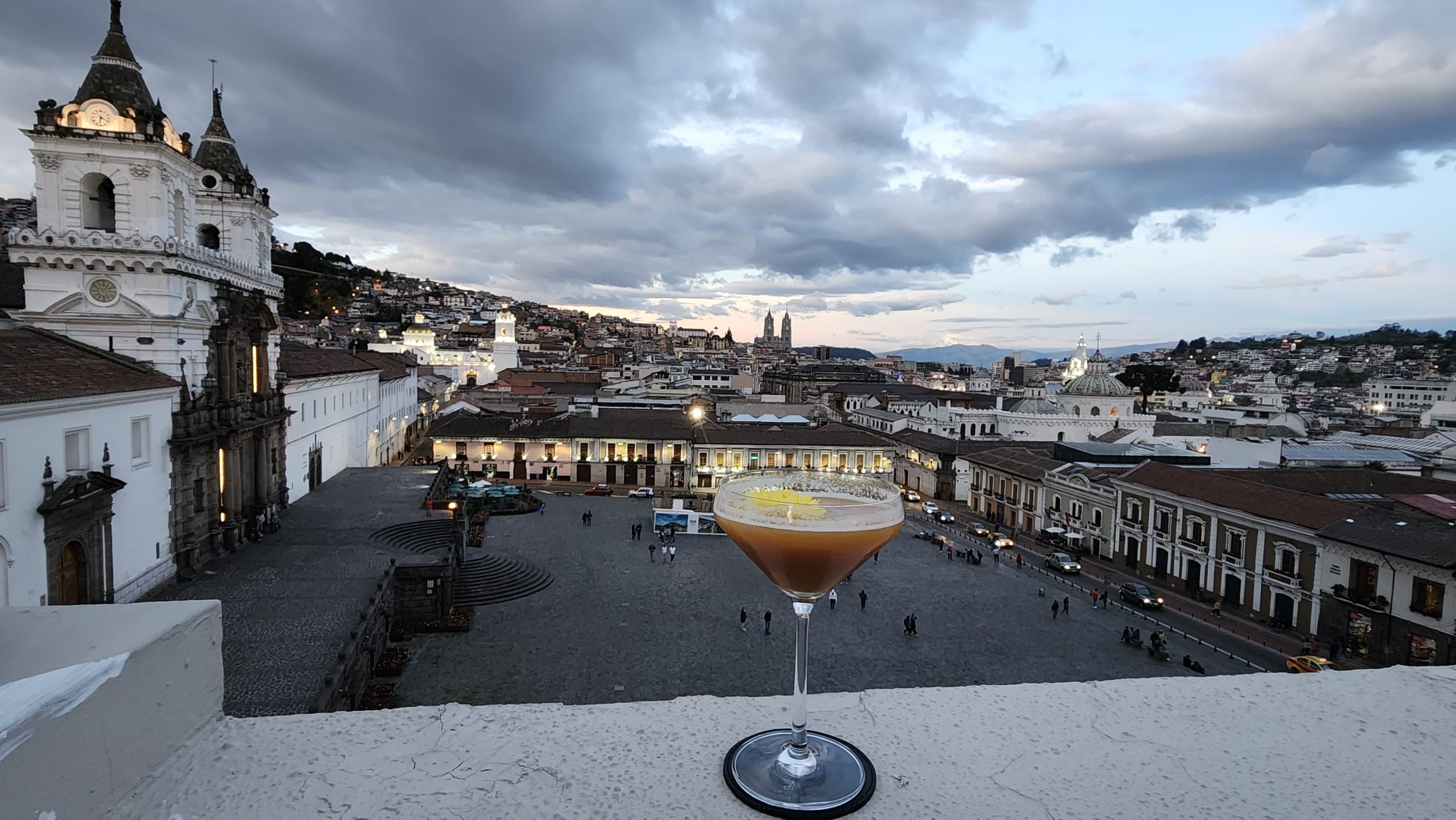
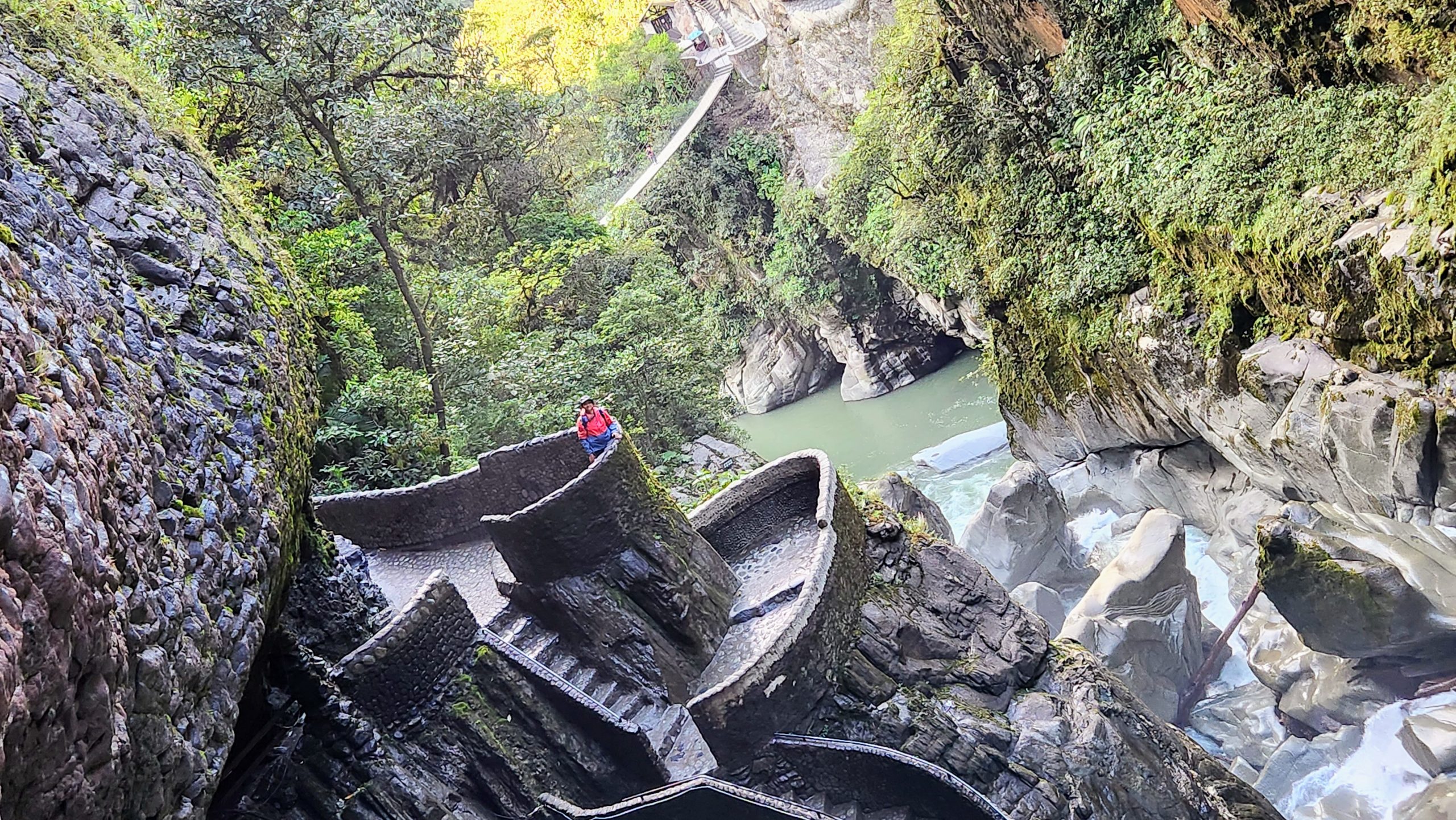
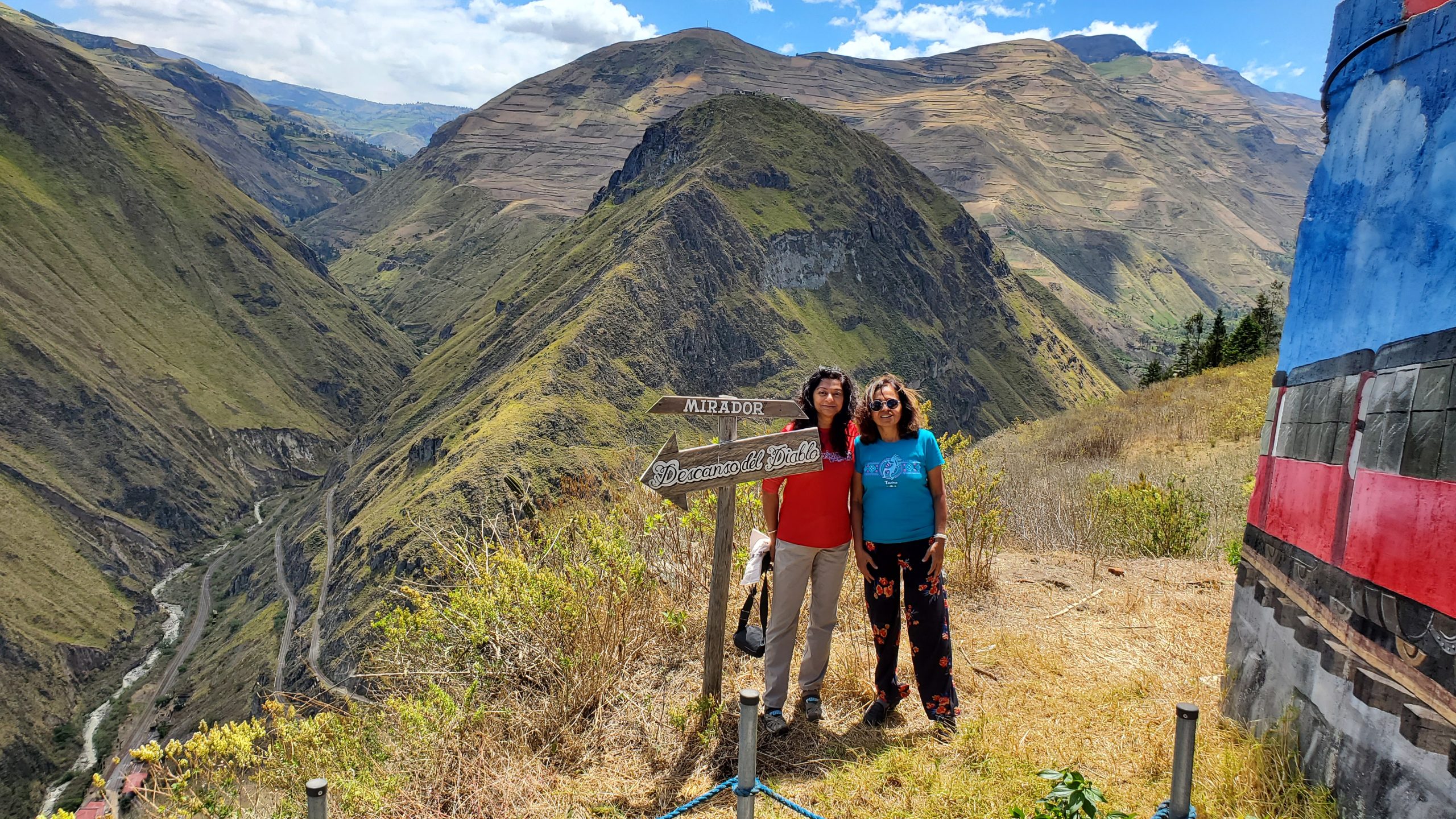
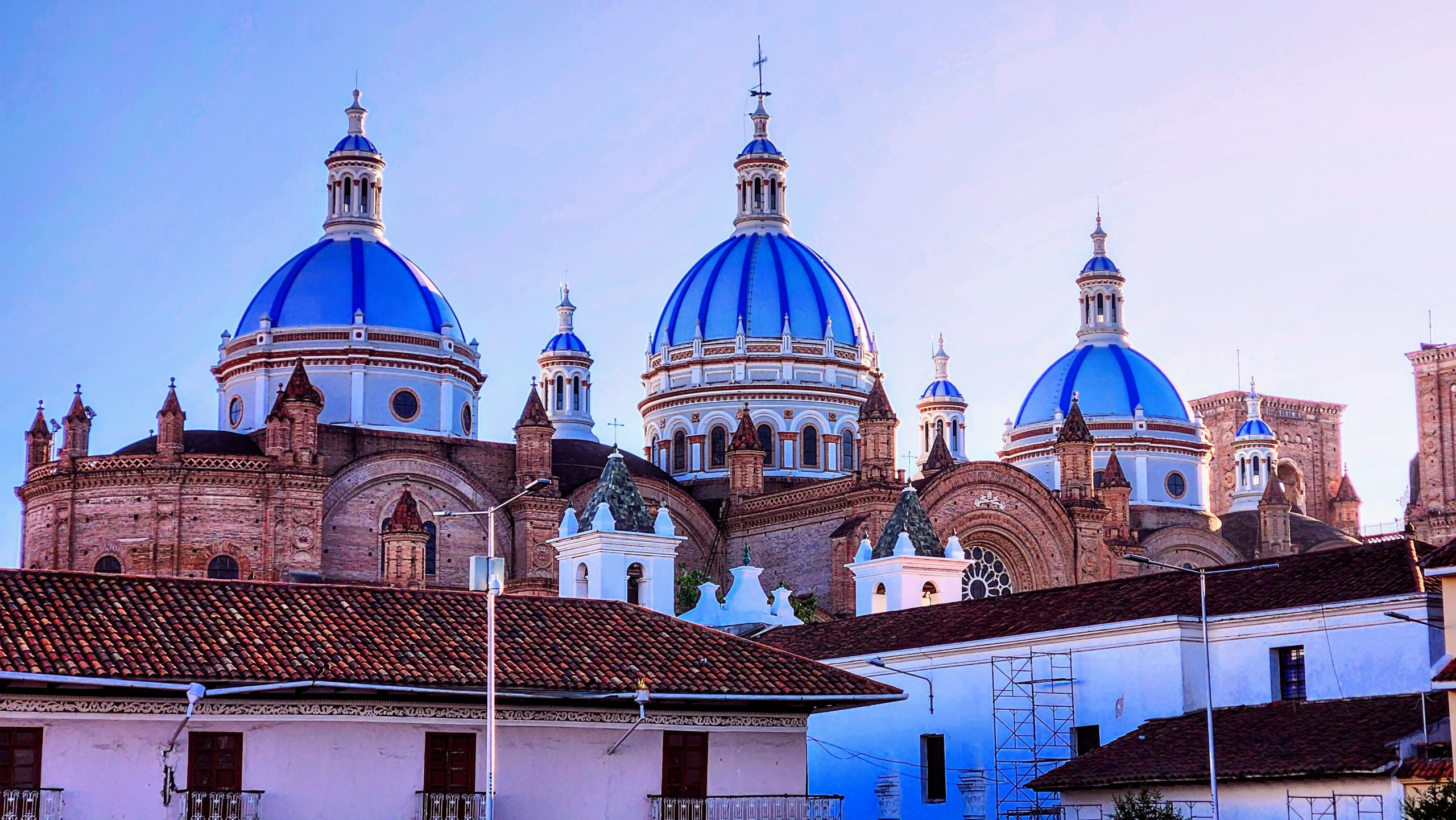
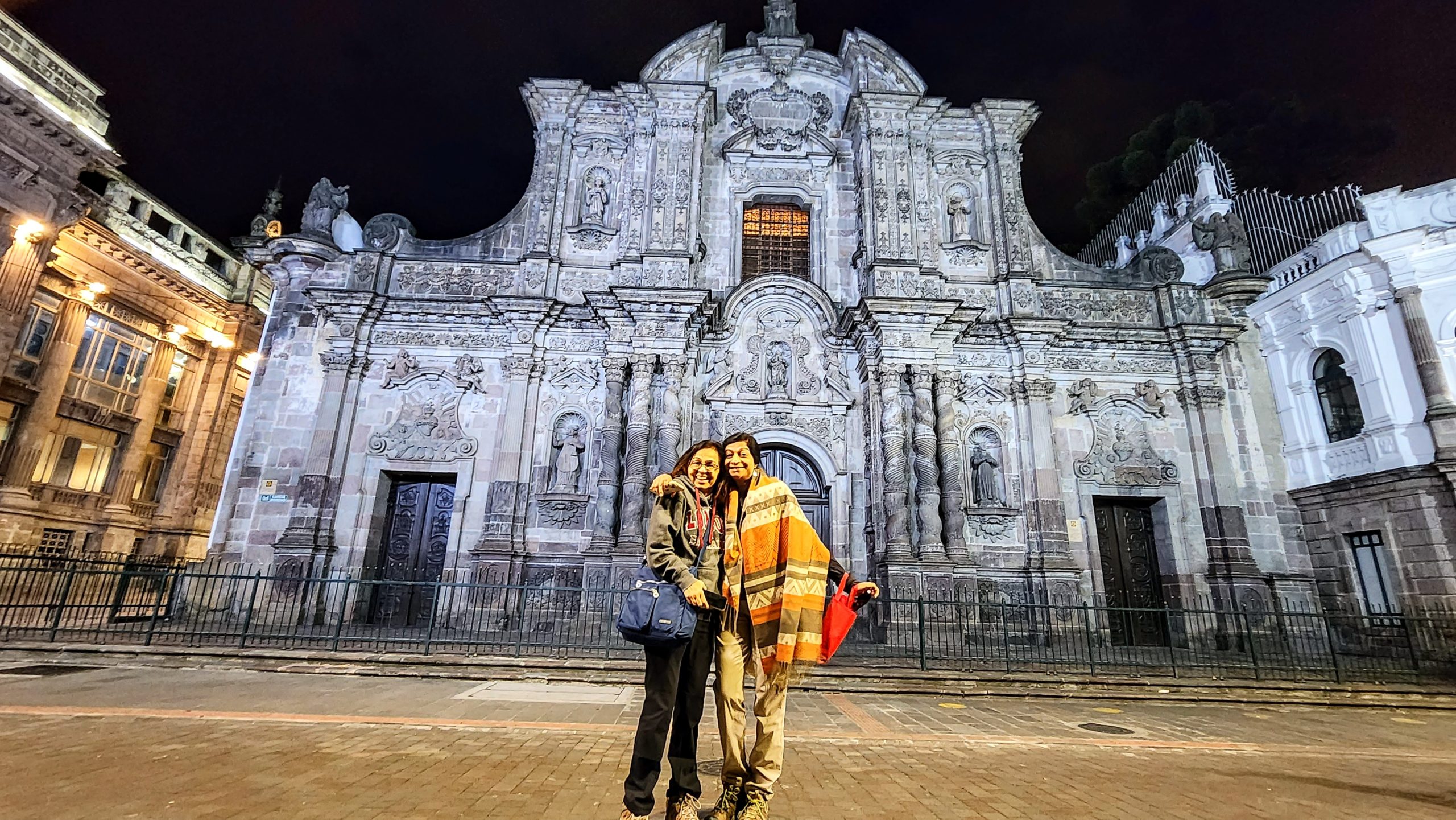
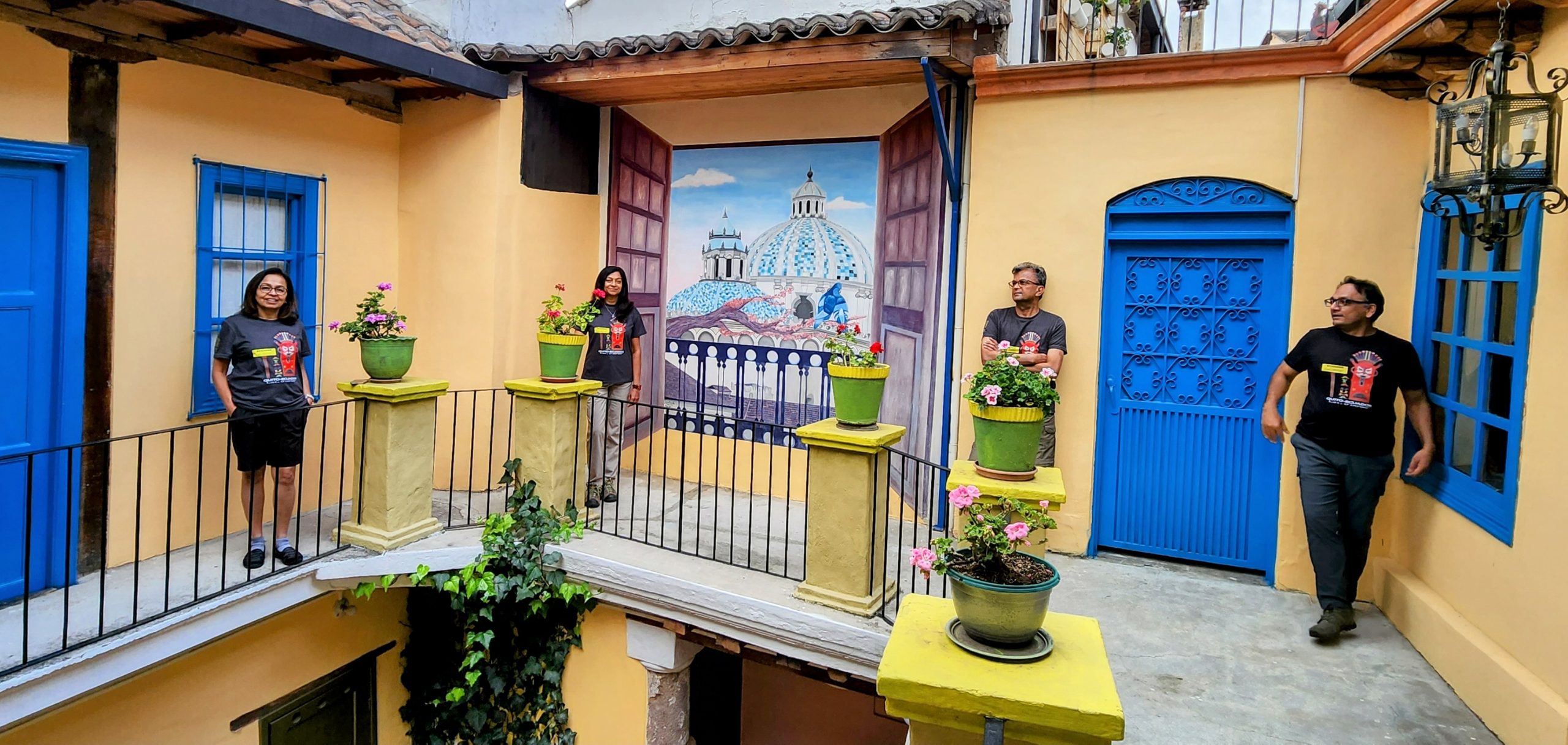
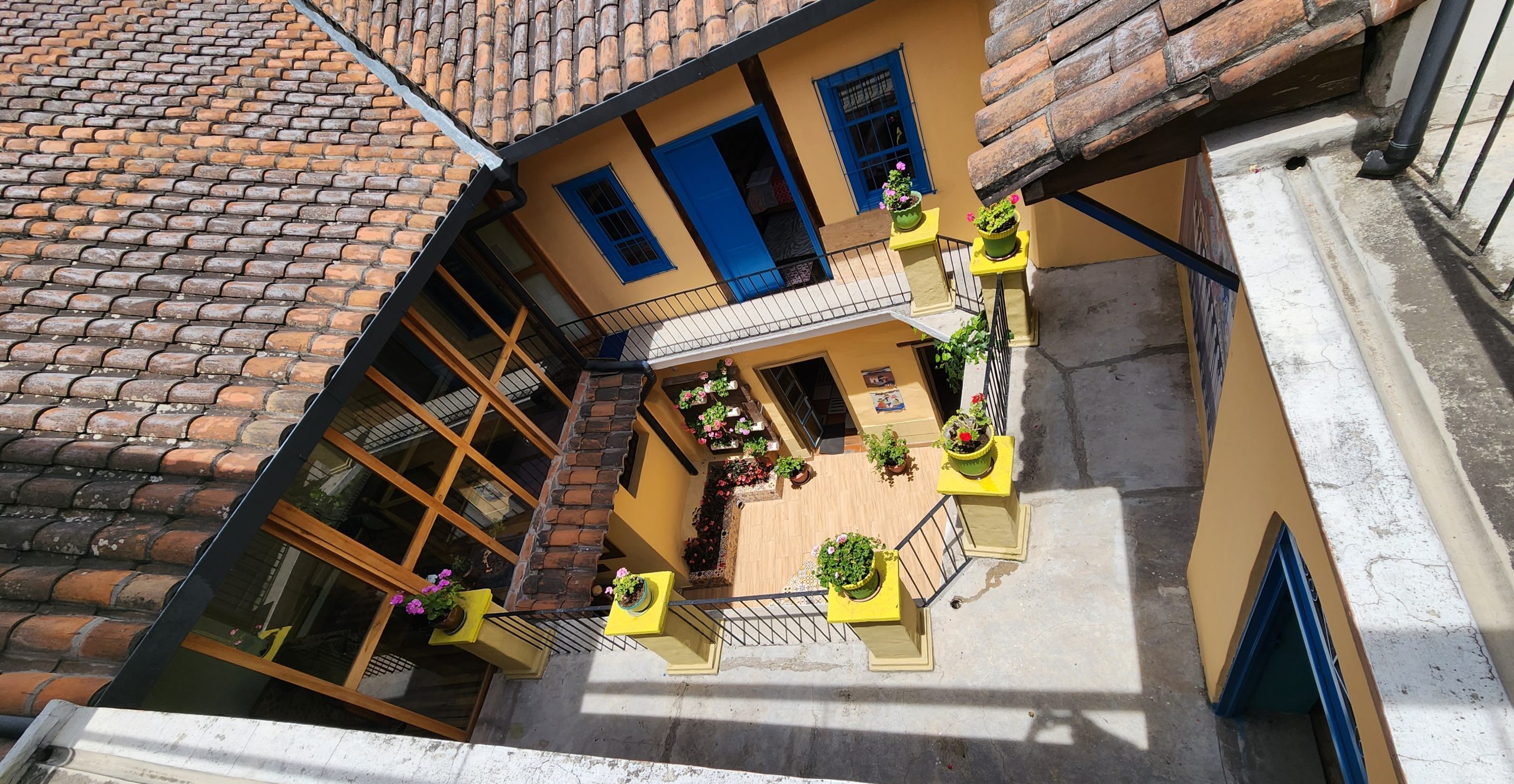
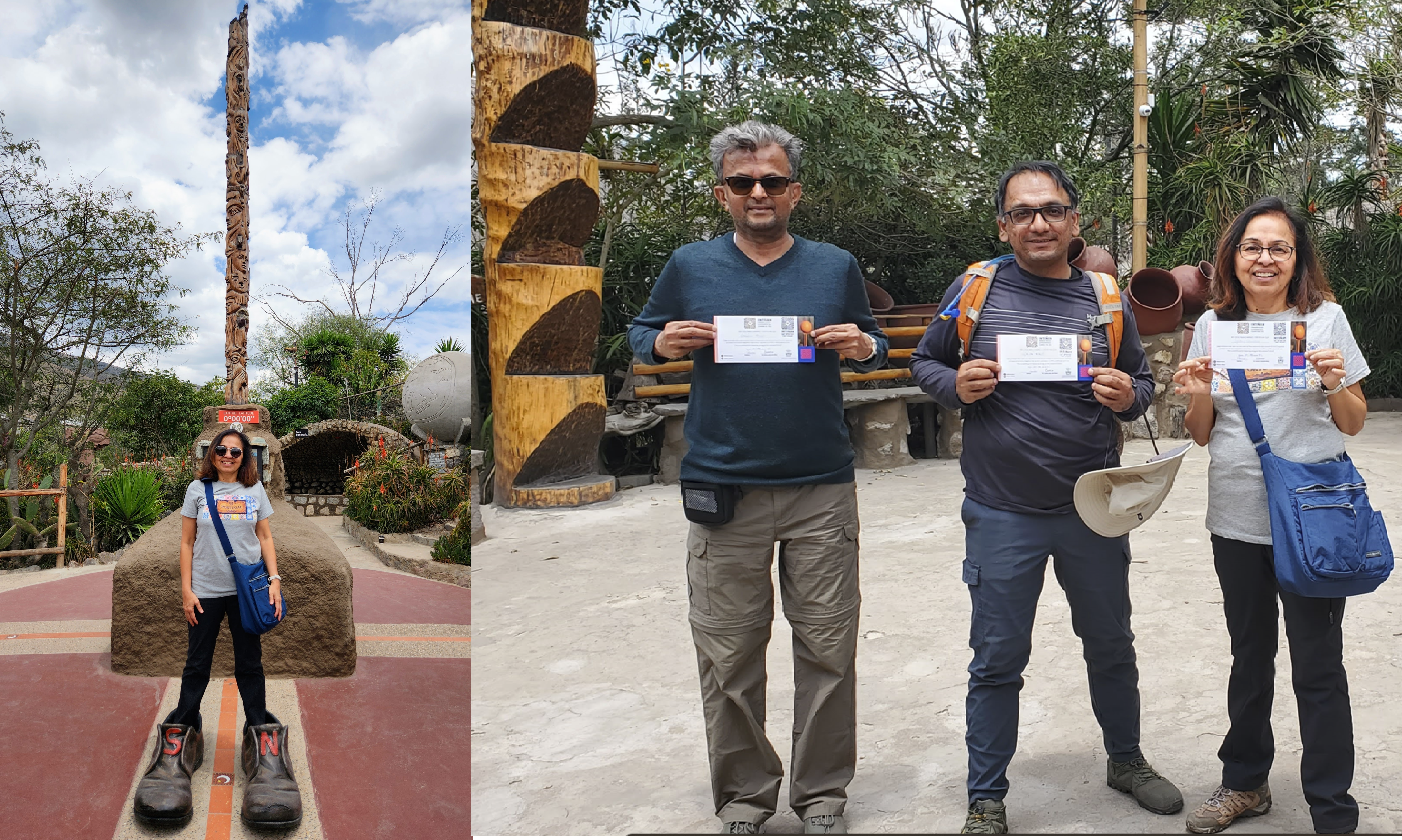
This is the account of four of us, friends from Dallas who had an epic trip to Ecuador in Aug-Sept 2023. We were a little unsure and concerned about what to expect in terms of civil unrest with the assassinations of 2 high profile political candidates that had just occurred. Also, the elections were going to be held in the middle of our trip dates. We decided to go after we had spoken to three locals on the ground in Ecuador. And glad we did! We were told to not walk around after 8 or 9 pm, we followed that advice, and had a whale of a time.
Our itinerary started with 3 full days Quito. We took a guided walking tour of the Historic Center of Quito, enjoyed some lovely shopping and meals each day. The walking tour itself included a trip to a large fruit and vegetable market, including sampling a lot of fruits, listening to the benefits of various plants and herbs, stories of historic, religious and political past as we toured the churches, and a stop at a chocolate making and sampling store. Please read a more detailed account of this walking tour in the final section of this blog, diligently scribed by my friend, Baldev.
Something that I must mention is the Airbnb we stayed at called El Palomar on Garcia Moreno. This is a Heritage house which is barely significant from the outside. Step in and you enter an amazing three-story house with a central open courtyard open to the sky, several rooms with warm colors and murals, a central courtyard that has plants and decorative pots, a large mural on the second floor and much more. This house had once been the residence of the Ecuadorian President as well. The owner Sandra pointed us to all she had thoughtfully provided in the kitchen, she recommended places to eat, local markets to shop in and introduced us to the store owner next door where we could buy drinking water and any other essentials. In Ecuador it is not safe to drink water off the faucets. We got to visit the Mitad del Mundo. The fun activity here was to balance an egg on a nail and each of us got a thrill out of doing that and getting a certificate for the same :-). The Artisanal market in New Town was worth a visit if one wants to get good T-shirts, sweaters, ponchos, shawls, sterling silver jewelry and much more. The market under the church of San Francisco was beautiful whether or not you are looking to buy anything. We also took a cab to Virgin of El Panecillo up on the hill (the one visible from the Quito historic center) and back. We took a walk to the lovely Itchimbia park in the city that has the Quito sign and some lovely walking paths. On the way we stopped to admire the fabulous architecture of the Basílica del Voto Nacional.
The way we had planned it, after Quito, we were going to have a car and local driver/guide for the rest of our Ecuador travel. Midland Travels and Tours sent us Guillermo to pick us up on the morning we were to leave Quito. A pleasant pony-tailed gentleman, Guillermo was a dream driver, guide and a friend throughout our trip.
On our 2-hr drive from Quito to Cotapaxi National Park, Guillermo pointed out the various mountain peaks we were passing. The Cotapaxi volcano and Ecuador’s tallest peak, Chimborazo were often visible during the drive. The other volcanic peaks we passed were Antisana and Iliniza. Once we reached Cotapaxi, we wore our hat, gloves and jackets, drank some coca tea and got ourselves ready to partly climb the volcano from 14,750 ft to 16000 ft. We were a bit skeptical about how we would feel given the altitude and thinner air, but we all managed pretty well and did the climb to the Refugio in about 2 hours using the zig zag route. At the Refugio, we ate a sweet bun and had a hot chocolate with cheese dunked into it and it felt really good after having exerted ourselves to hike up. We also got a stamp on our passports that shows we had hiked to the Refugio 🙂 On the way back we took the straight path down. Guillermo instructed us to sink the back of our feet into the sand when walking and that made the descent easier. We saw a lone Andean fox in the mountain and no other animal. On the way back, Guillermo also took us to a lake called Laguna de Limpiopung. We saw several wild horses galloping at a distance which was quite a sight. Our hotel for the night and the next was at a town called Latacunga. Hotel Endamo had a nice hot, hearty breakfast. We enjoyed the Guanabana juice and Blackberry juice they had on the two mornings. The town of Latacunga has some eating joints and we found a pizzeria open which is where we had our dinner.
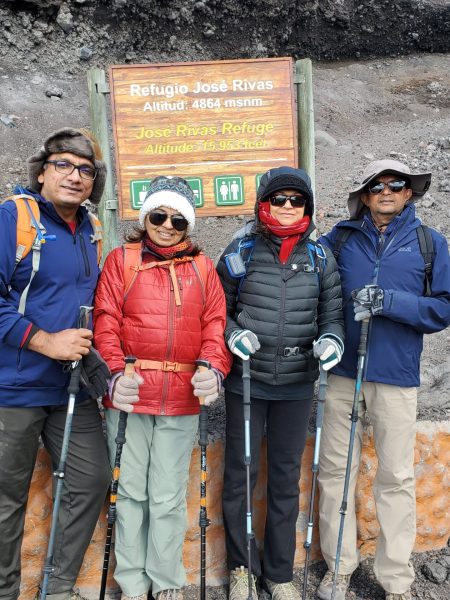
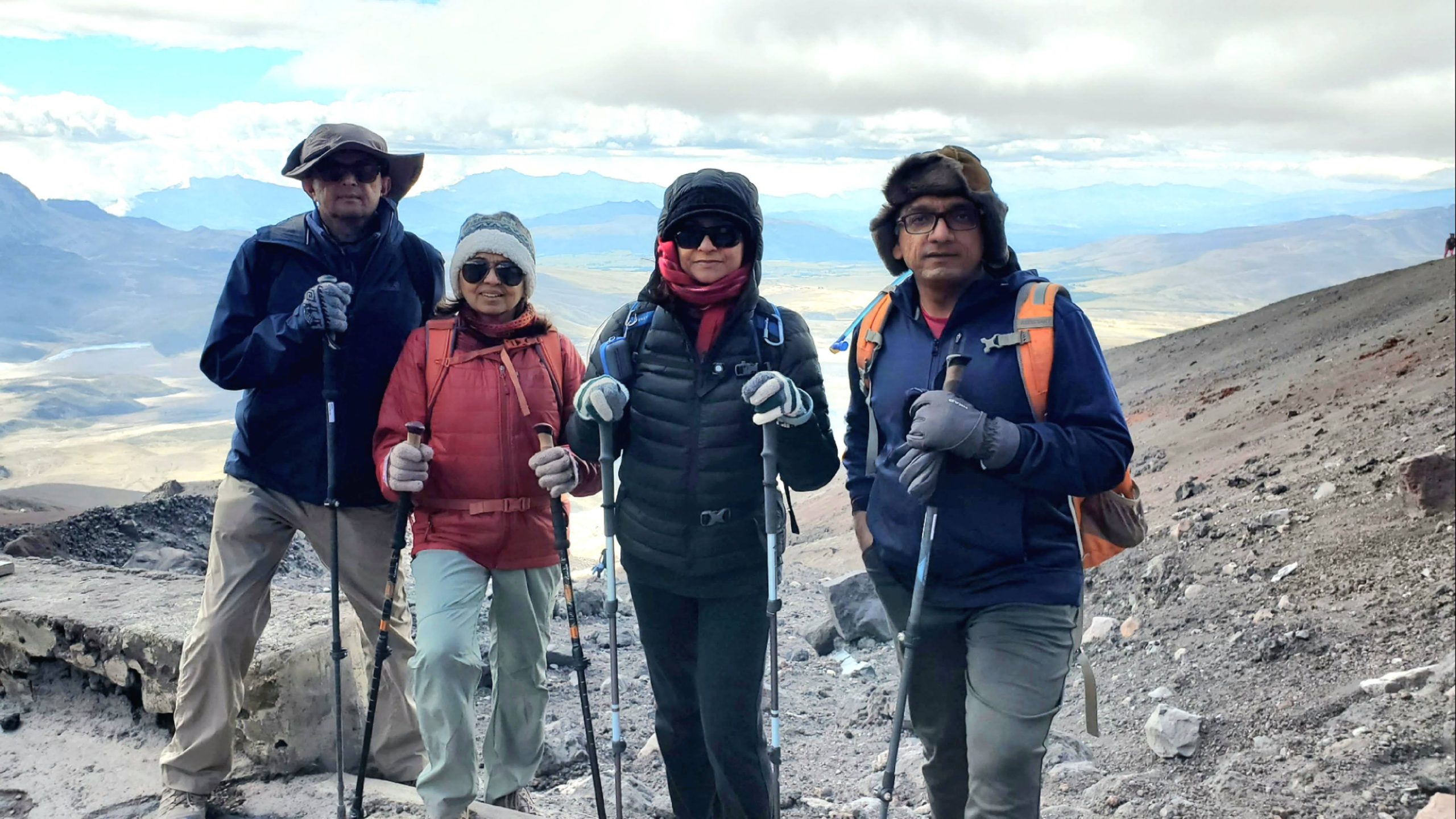
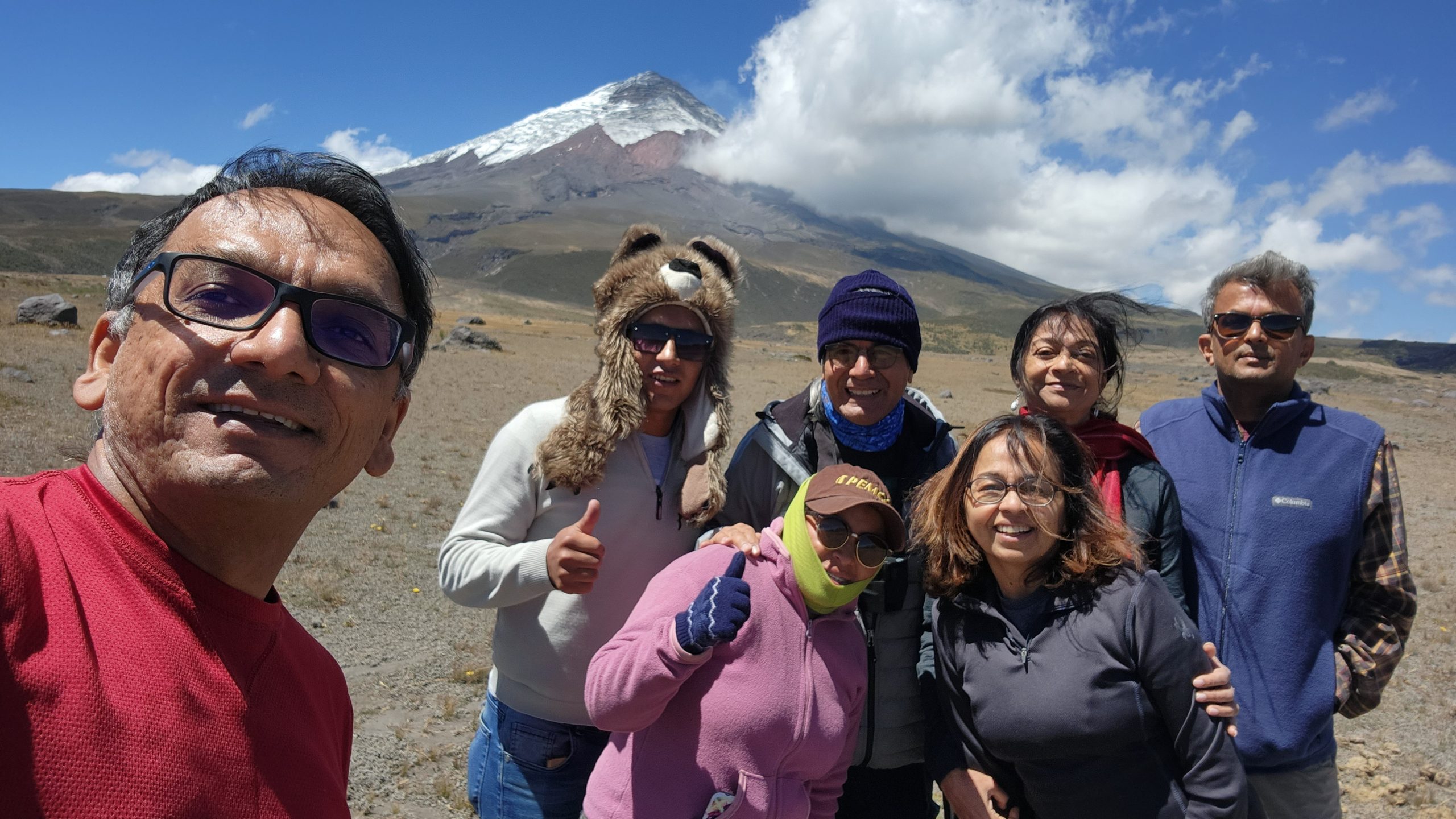
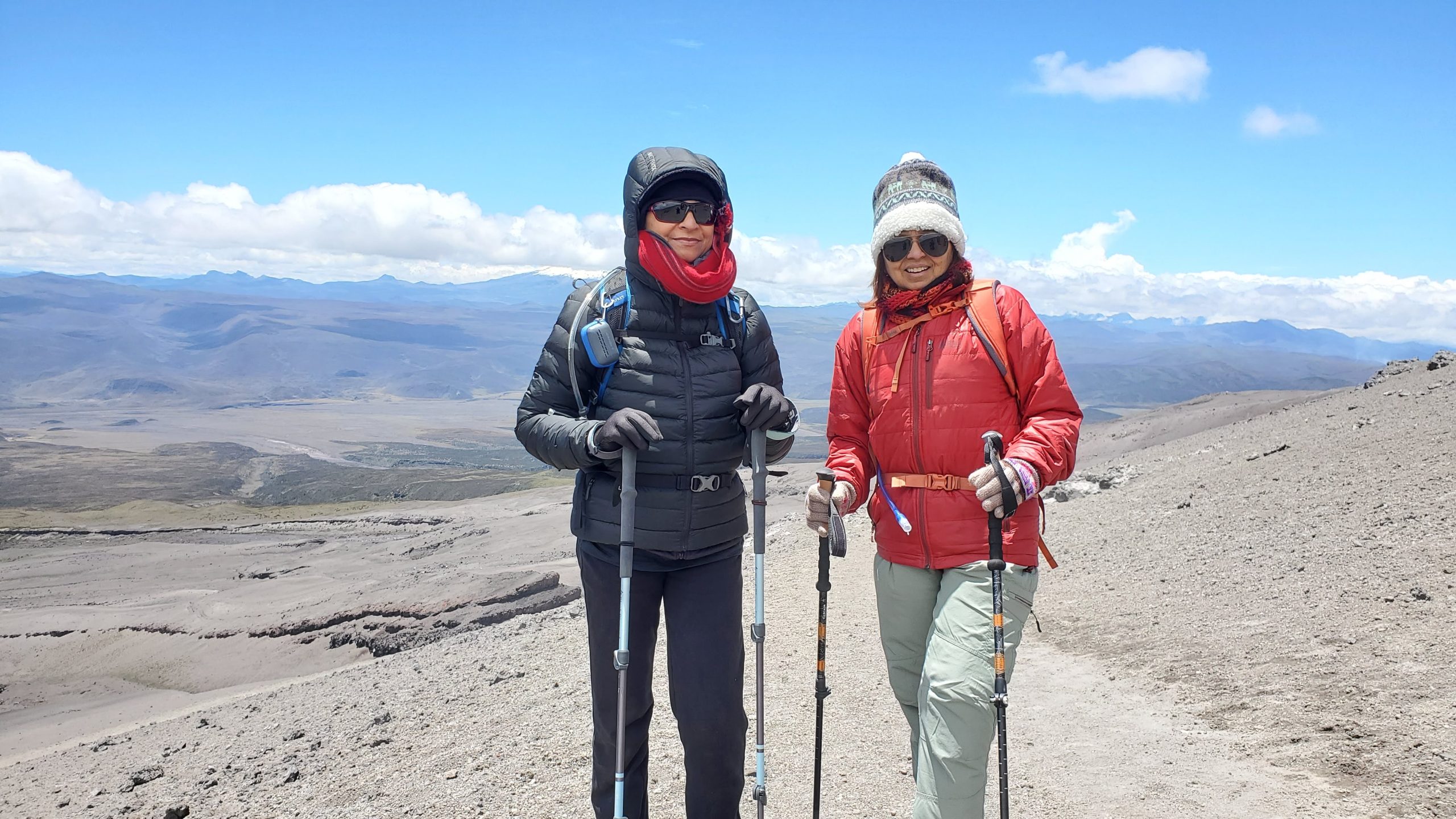
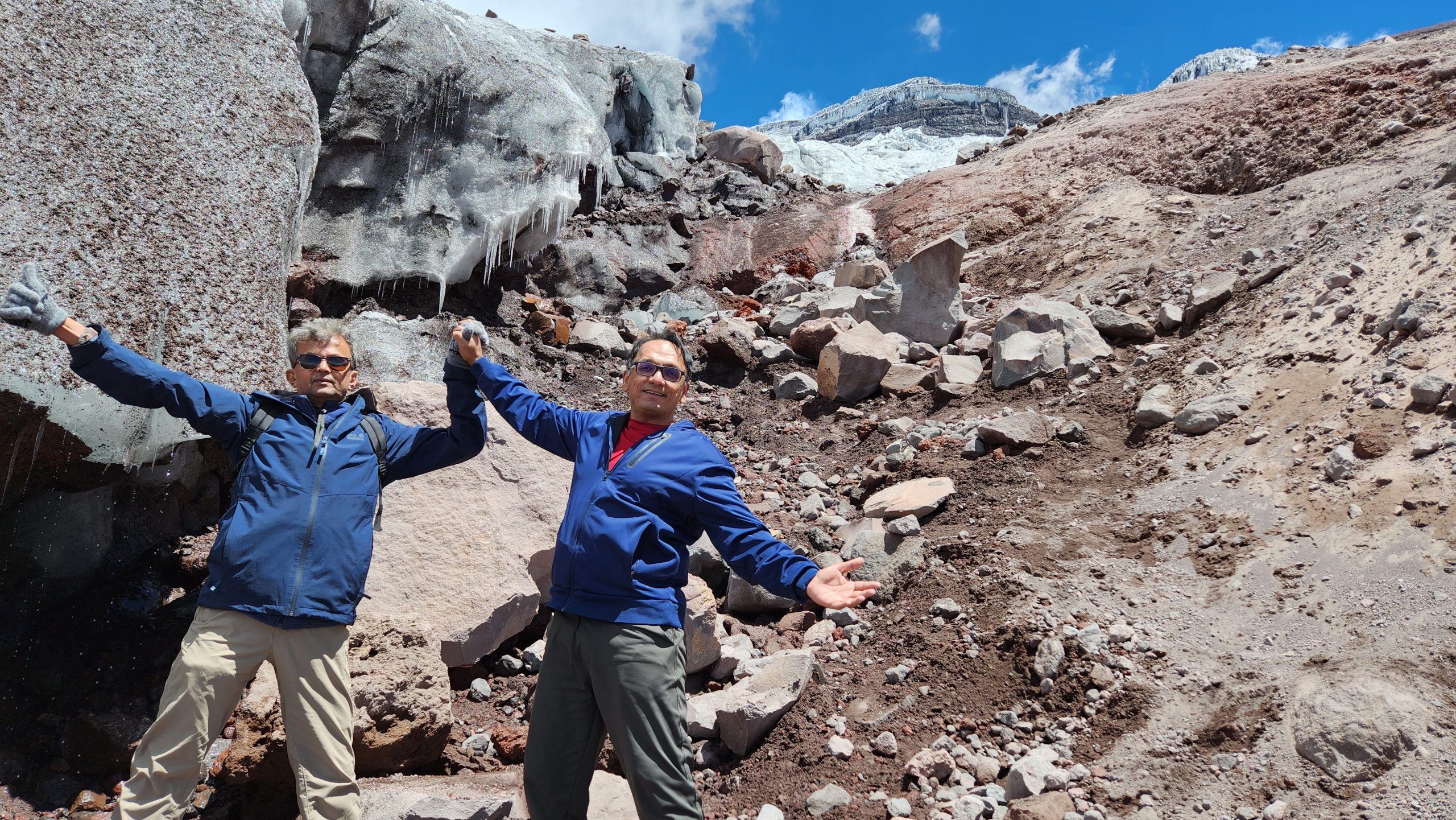
Our next hike was at the Quilatoa Crater which is at a distance of ~1.5 hrs from Latacunga. The rim of the Quilotoa crater at 12.5k ft and we were going to hike some part along the rim and back for a total of 4 hours (the total rim hike takes 6 hours). This was an extremely picturesque hike where we could see peaceful looking villages dotting the mountain, grazing sheep and a few locals here and there going about their lives. Seeing the blue water in the crater was an amazing view and at times, it changed color to a green. At some points in this hike, the wind was brutal and we all formed a chain so that we would not fall/fly off :-). Guillermo and another guide with us kept with us the whole time. We also did a short and partial hike from the rim towards the bottom of the crater. We came across indigenous Andean women walking up and down the mountain, sometimes with a mule or a Llama. After the Quilatoa hike and getting back to the hotel, we decided to explore the town of Latacunga that night. This was a wonderful experience as we walked past a busy town bustling with shops and reached a square where there were vendors cooking street food. We decided to have our dinner on the street. Two of us vegetarians had hot tortillas stuffed with cheese, as our companions devoured meat-n-veggie kebabs 🙂
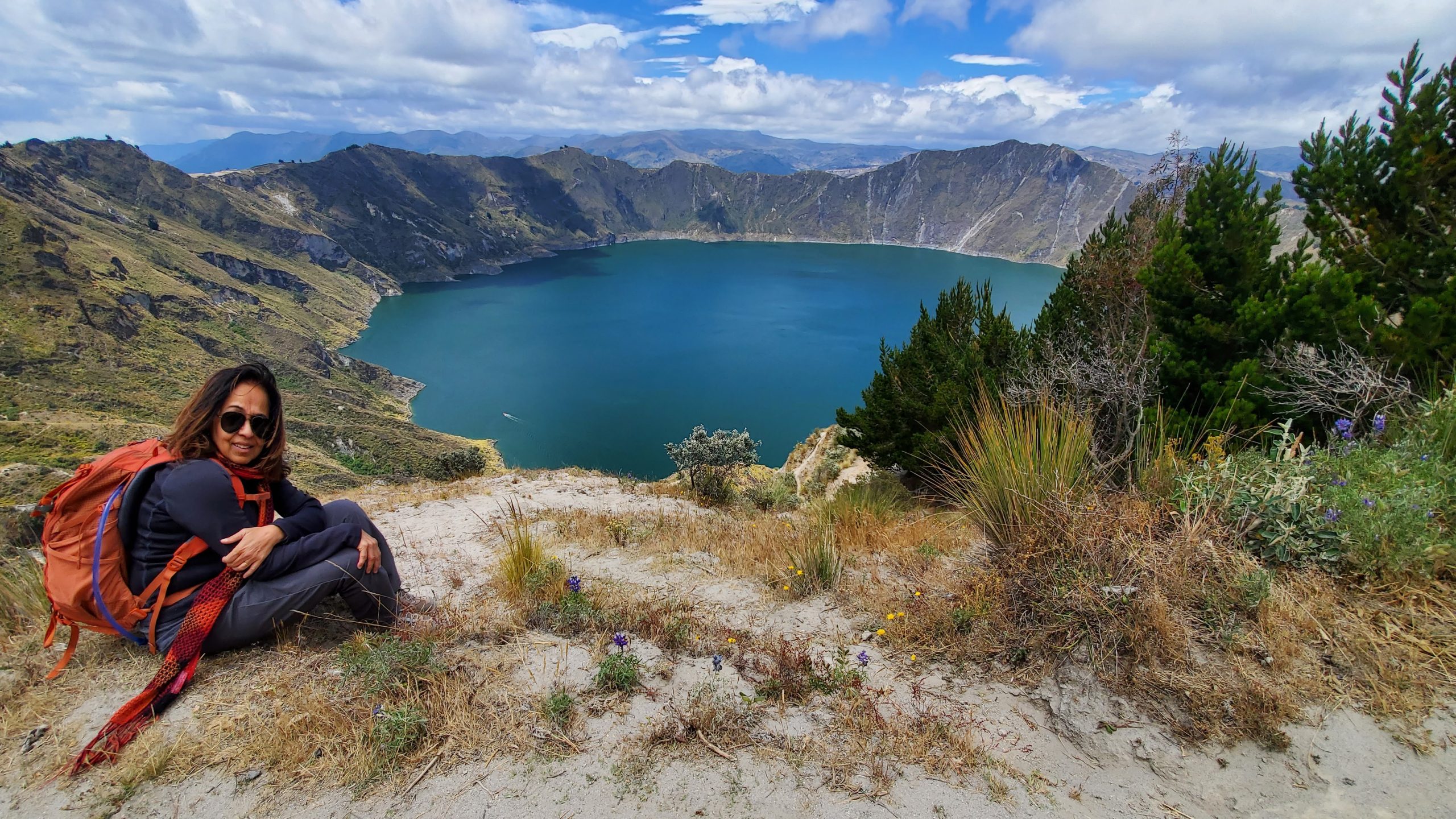
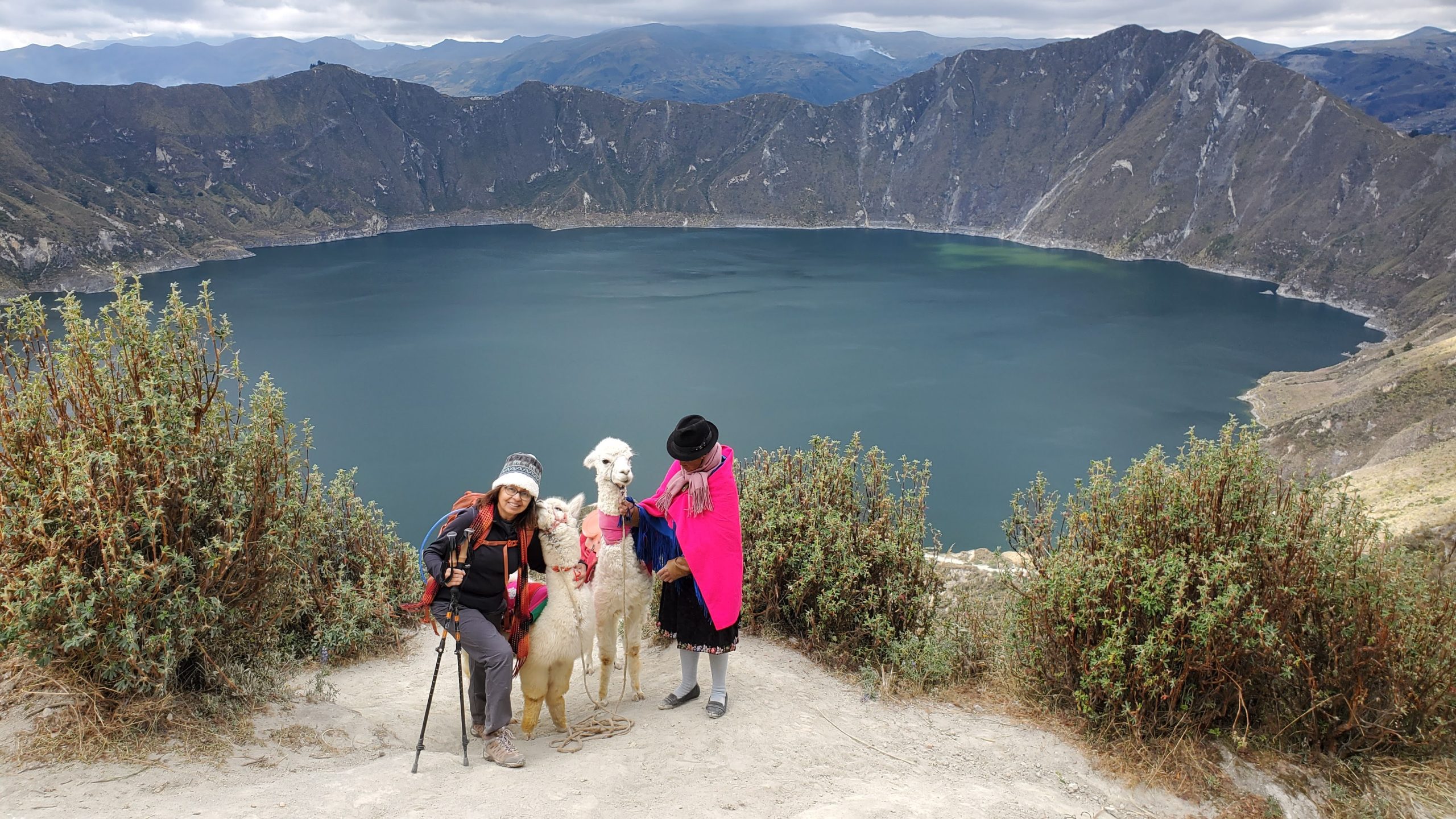
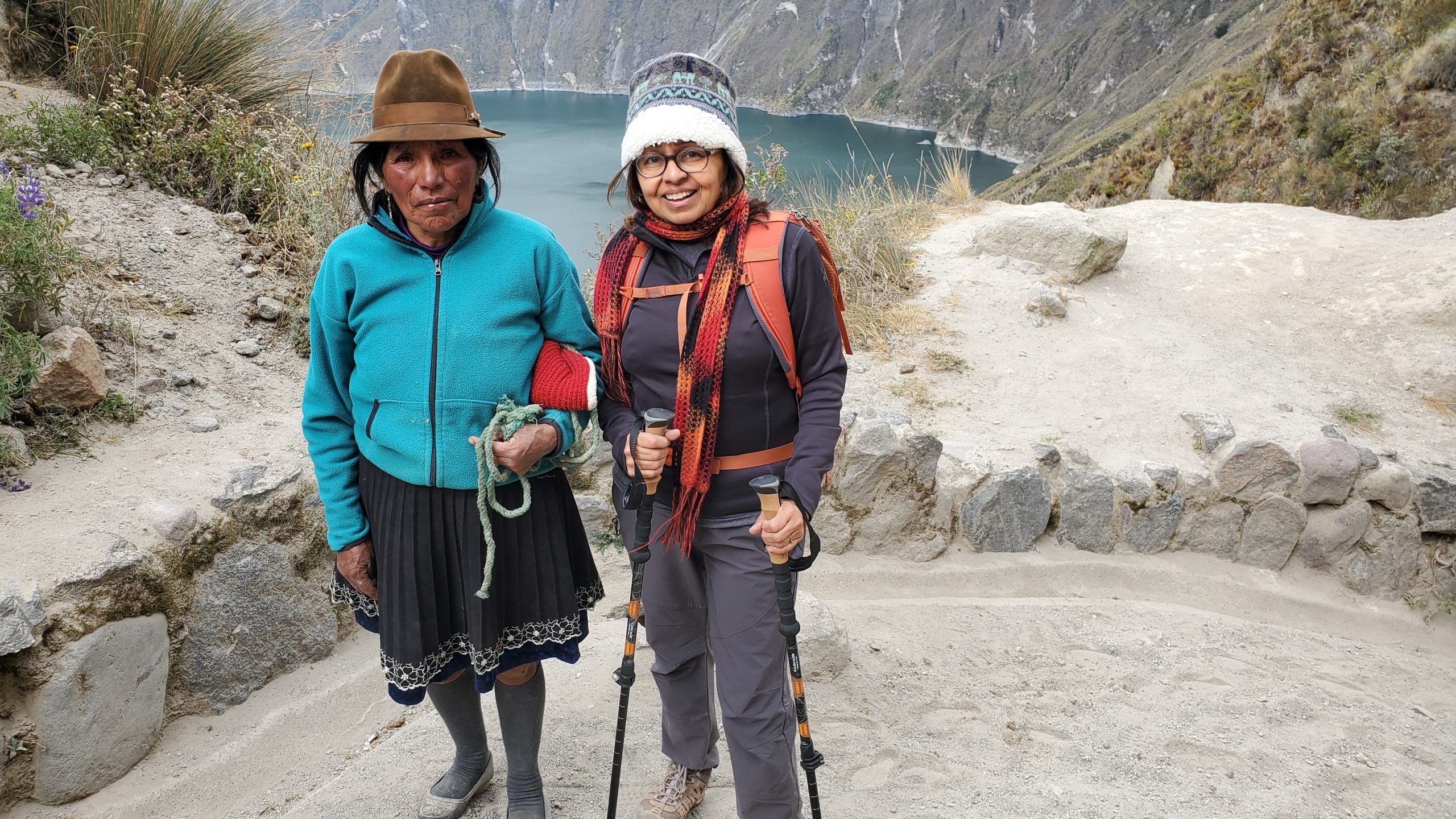
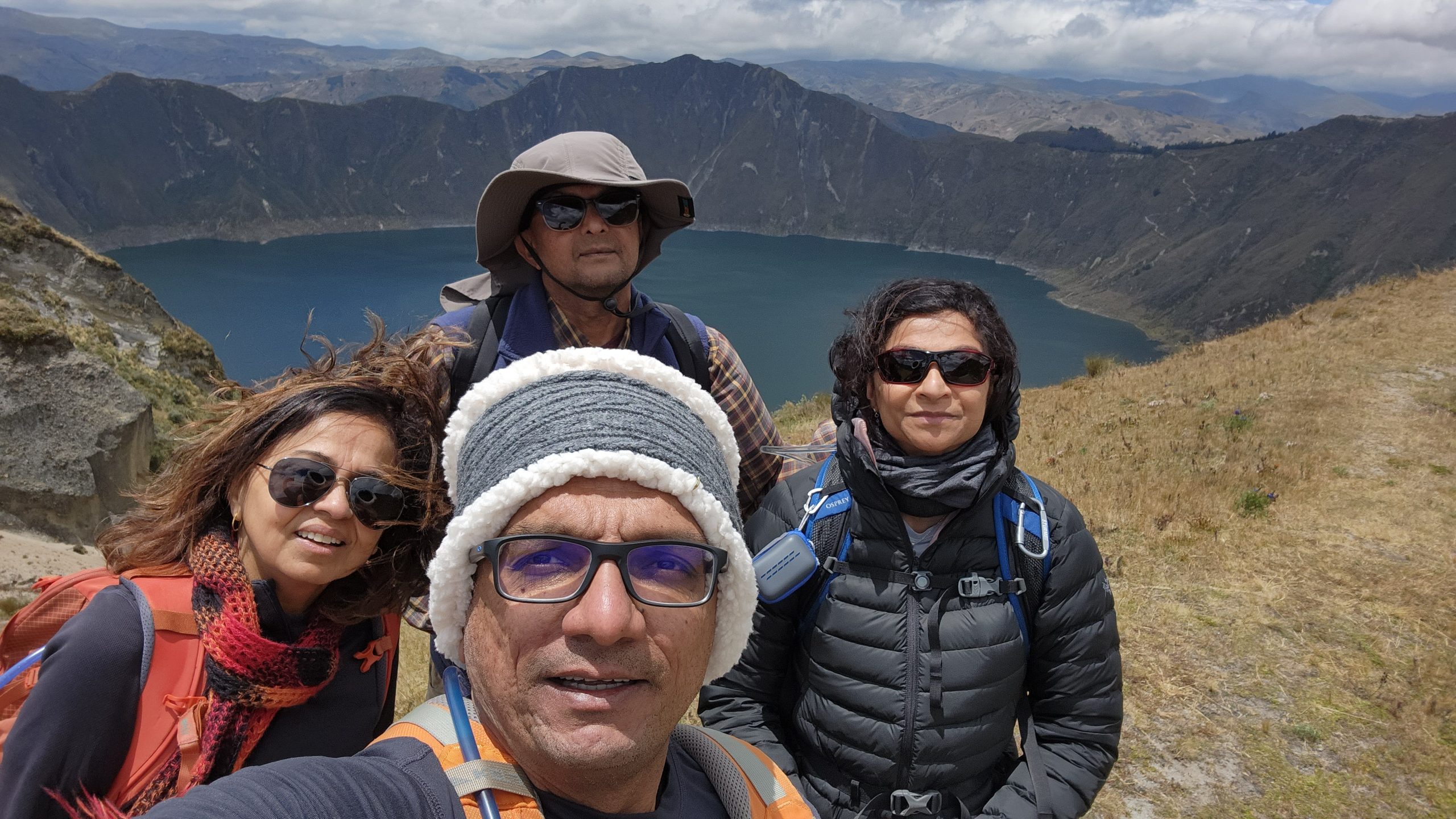
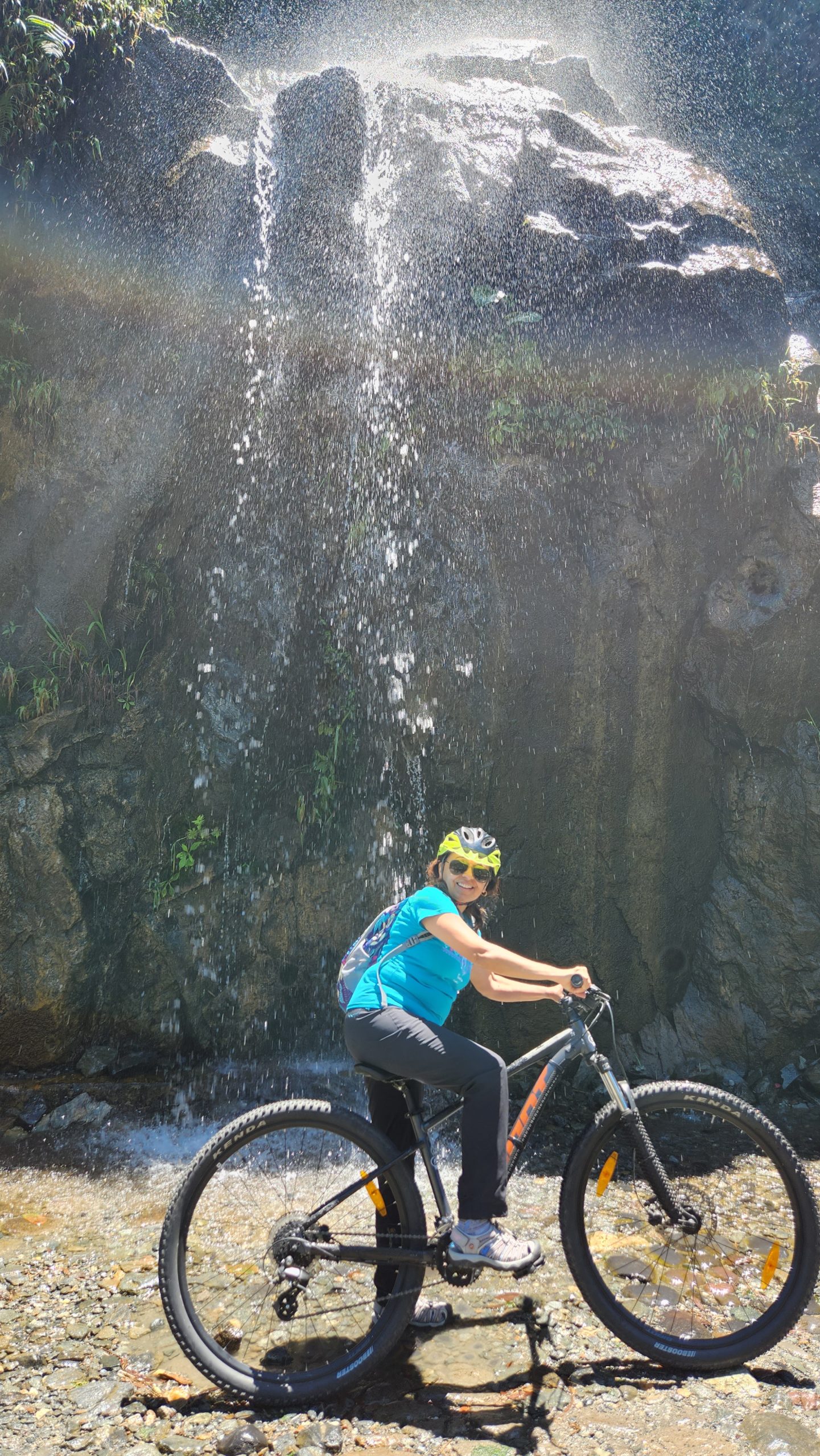
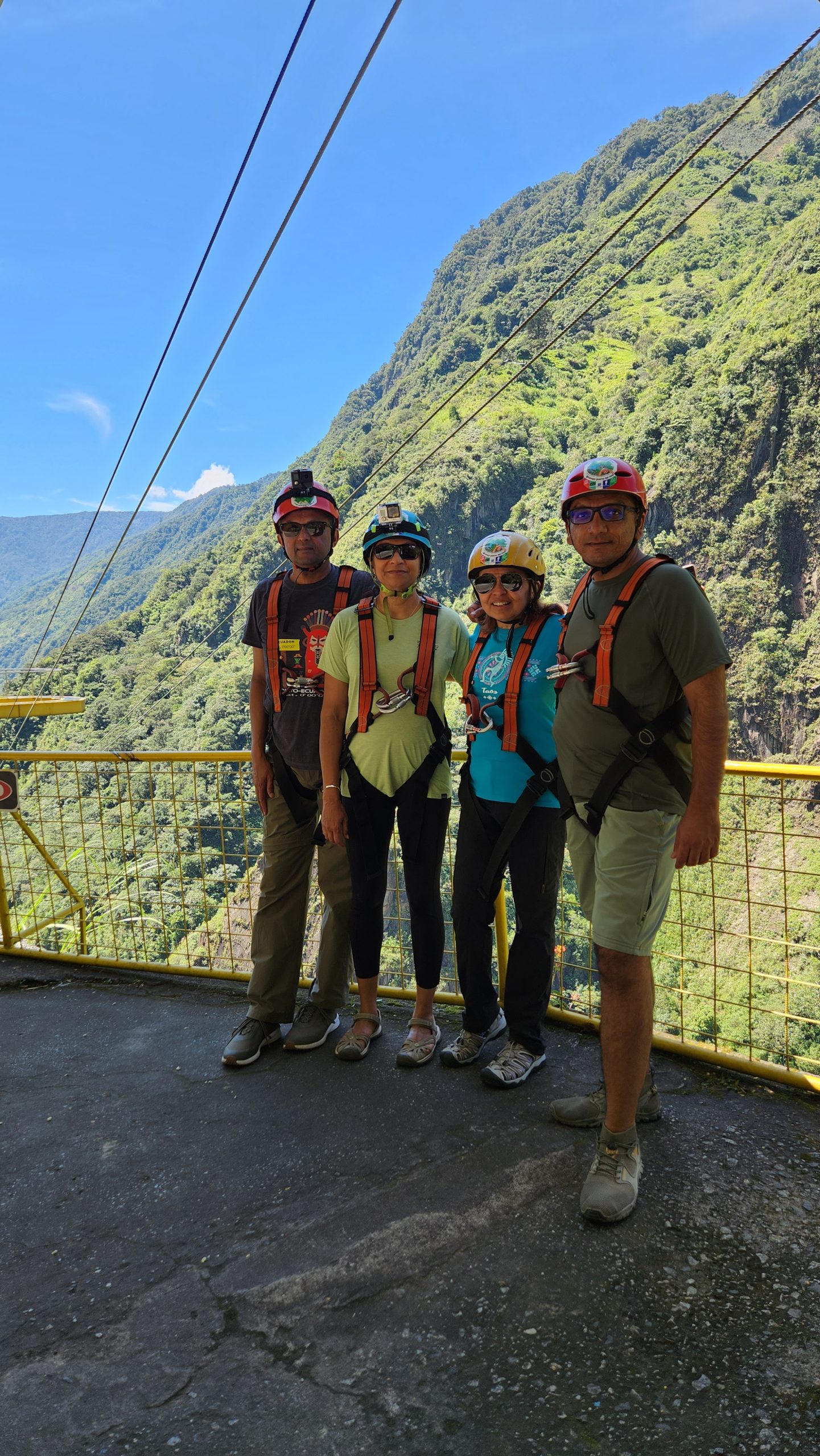
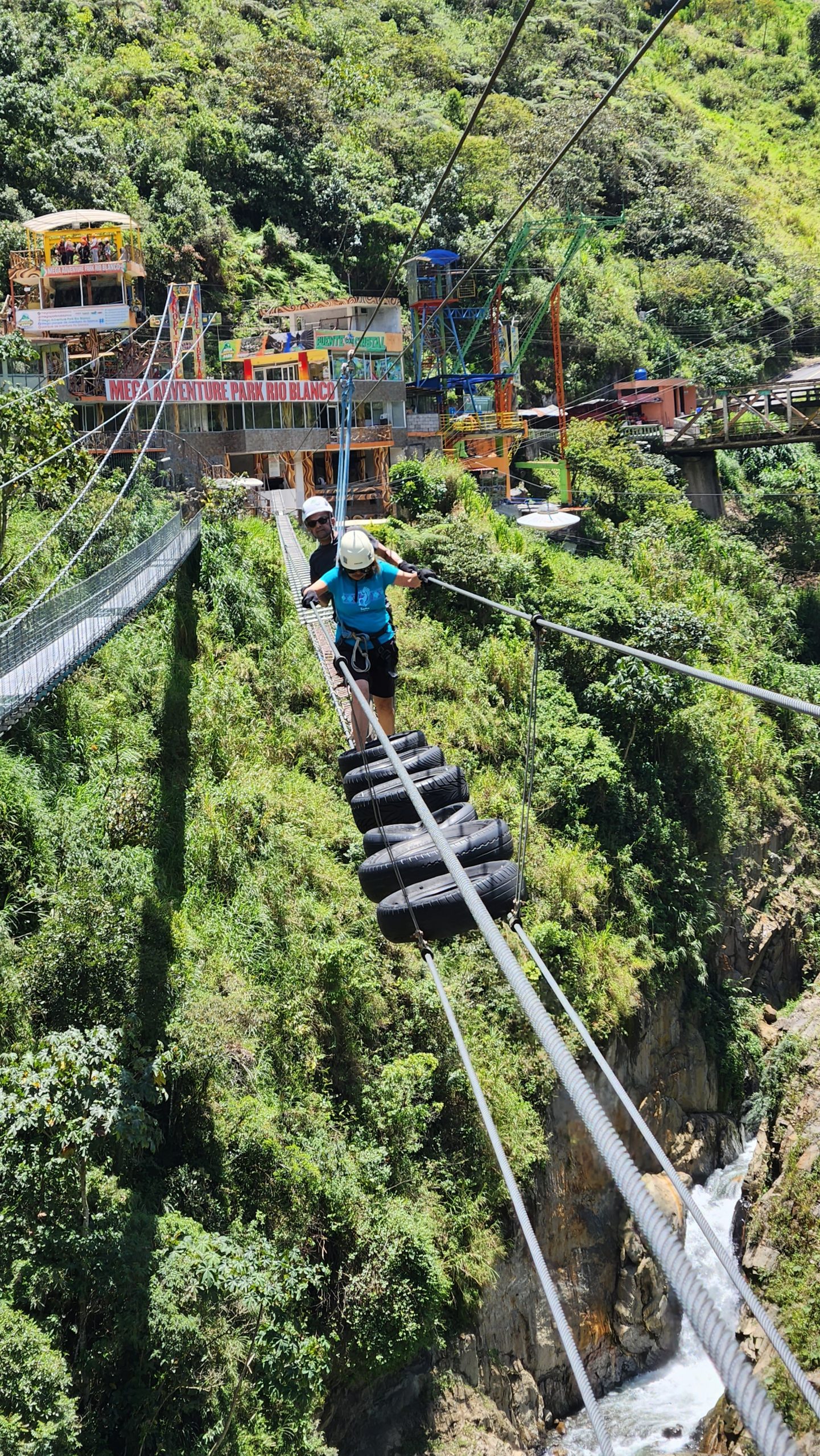
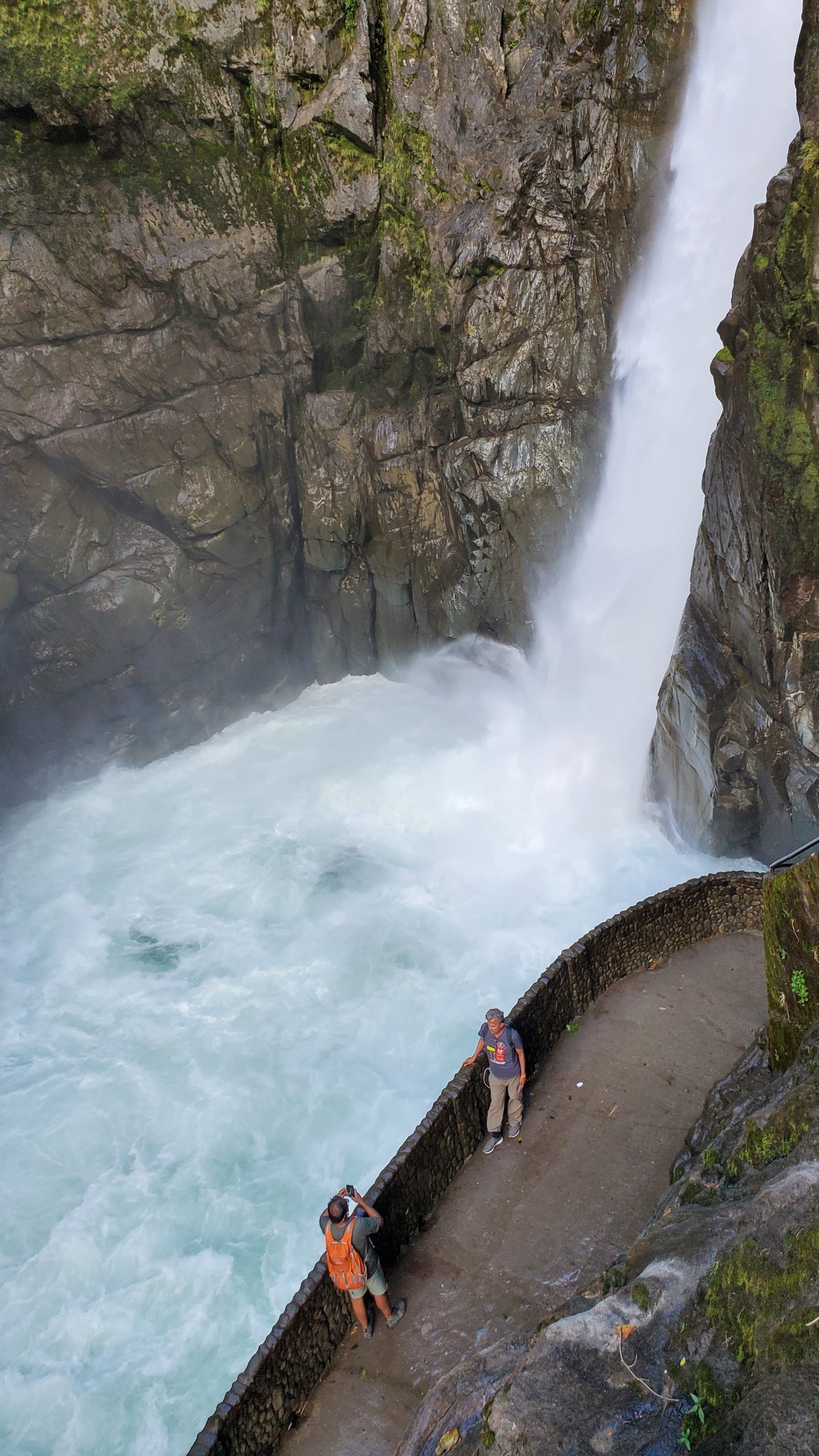
The next morning, we set out on the drive to our next town, Banos, about a 3-hour drive. The two most important experiences on this drive were passing through a town where girls were standing outside shops and waving for cars to stop and have their ice-cream!! Guillermo made us try the famous four-flavored ice-cream which we all did. It had the flavors, Leche, Moro, Narinja and Taxo. We passed another interesting town where they had jeans galore and every shop sold jeans. We stopped there and went around some of these shops.
Entering Banos was like coming into a beautiful hill station. A town surrounded by huge mountains with dense green trees. We wanted to try the baths by the hot springs the very same day which we did. It was a therapeutic and relaxing experience to sit in the water especially after the hikes of the previous two days. The water in these springs/baths come heated from the Tungurahua volcano and have many health benefits and resolve some ailments due to the minerals in them. Our airbnb was straight down the road from these hot springs and it made it easy to simply walk down. Banos is clearly a tourist town that has a great vibe with its many shops, cafe’s, restaurants and outlets to book adventure sport activities in the area. We also found it a good place to do our laundry. For a couple of dollars, the lavanderias had our clothes washed, dried, folded, and ready for us in 2 to 3 hours.
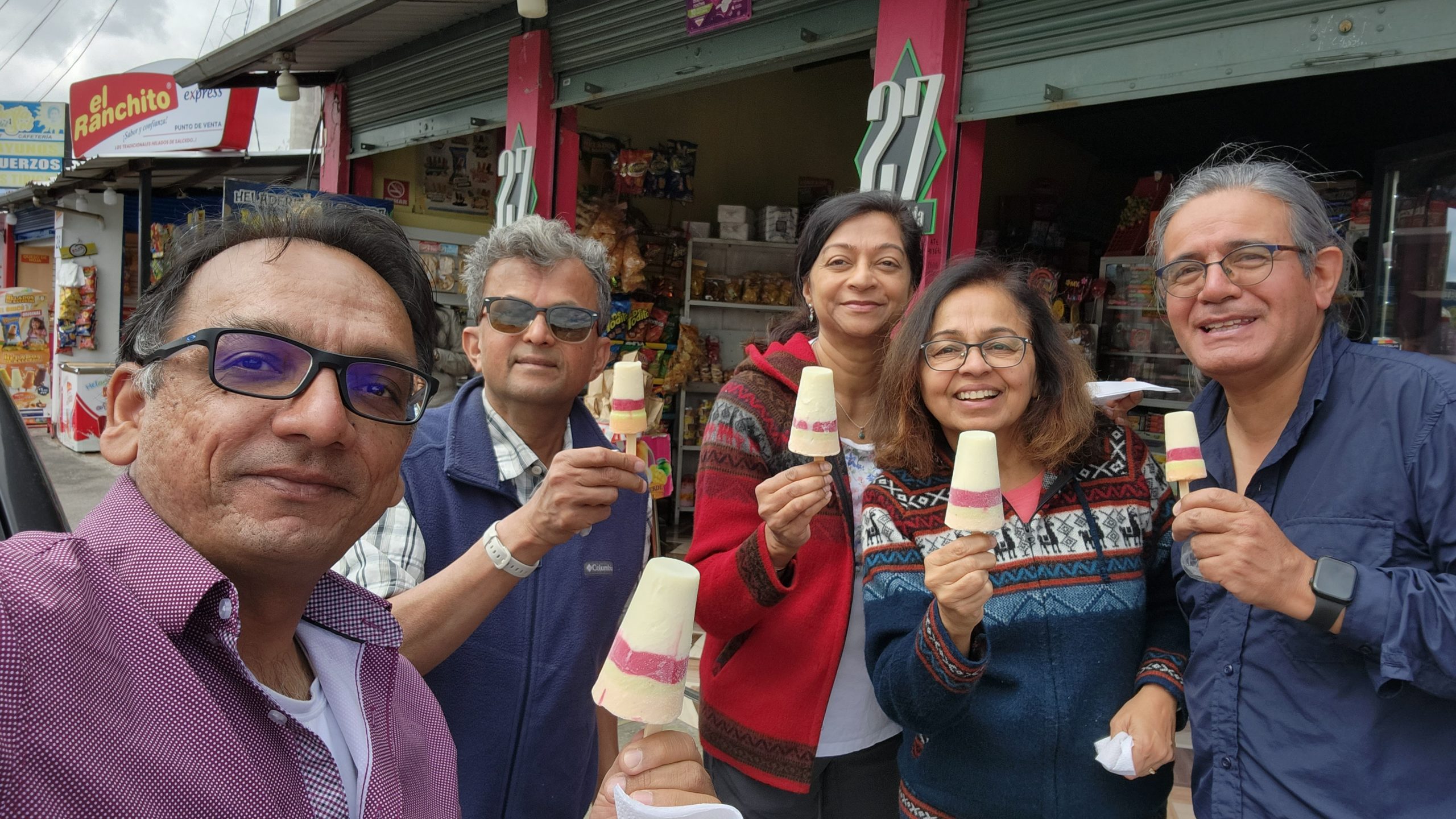
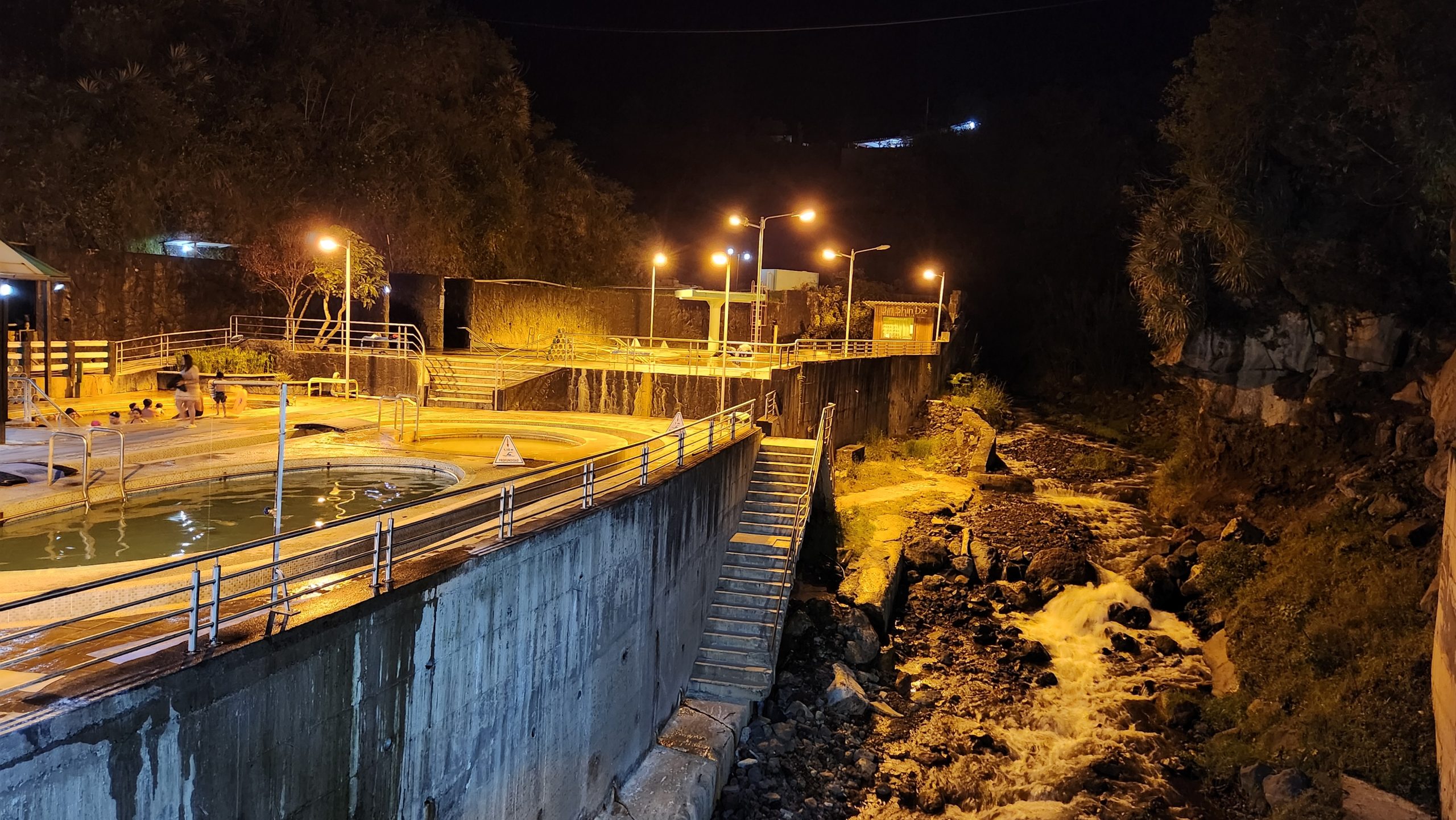
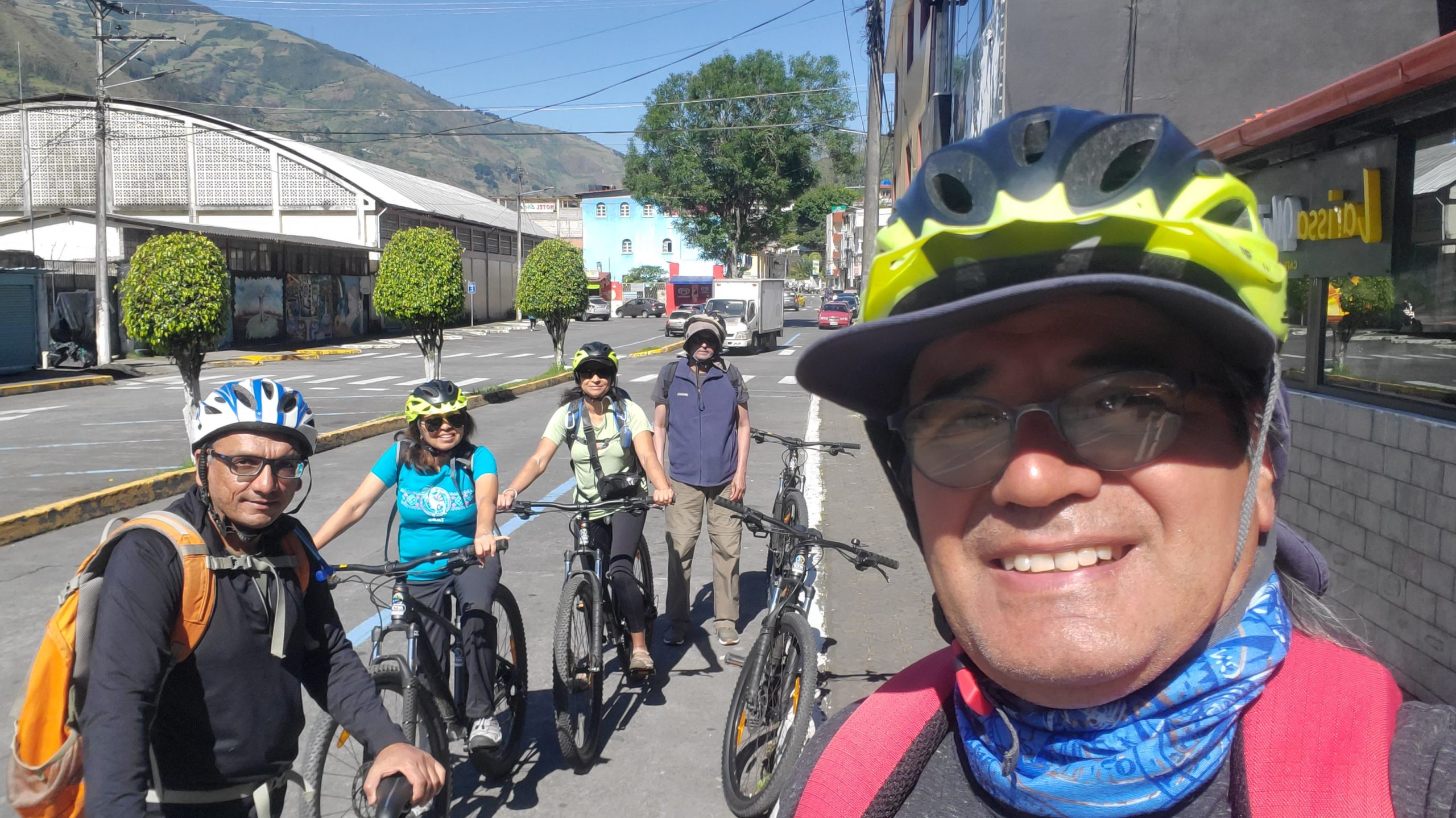
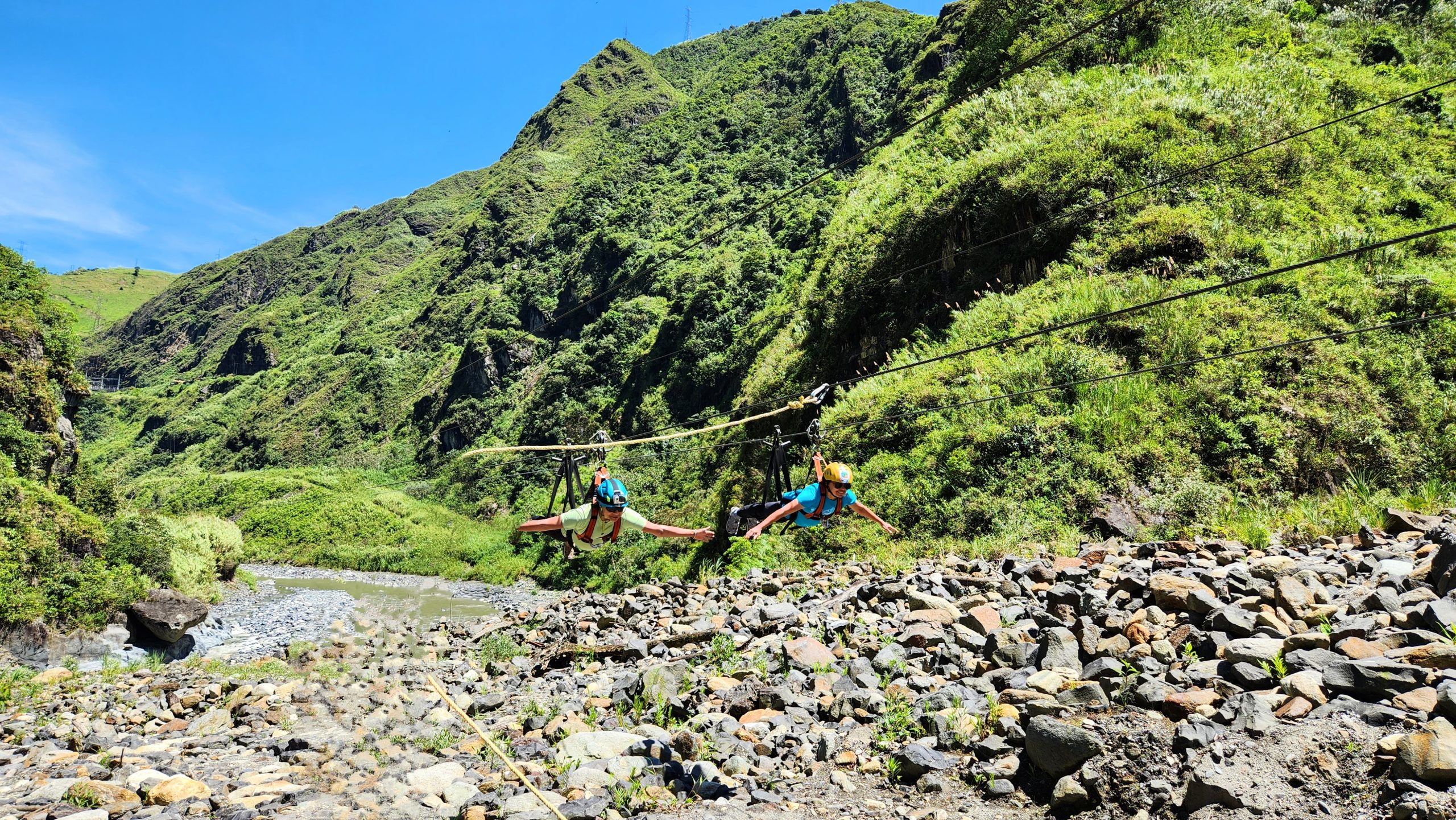
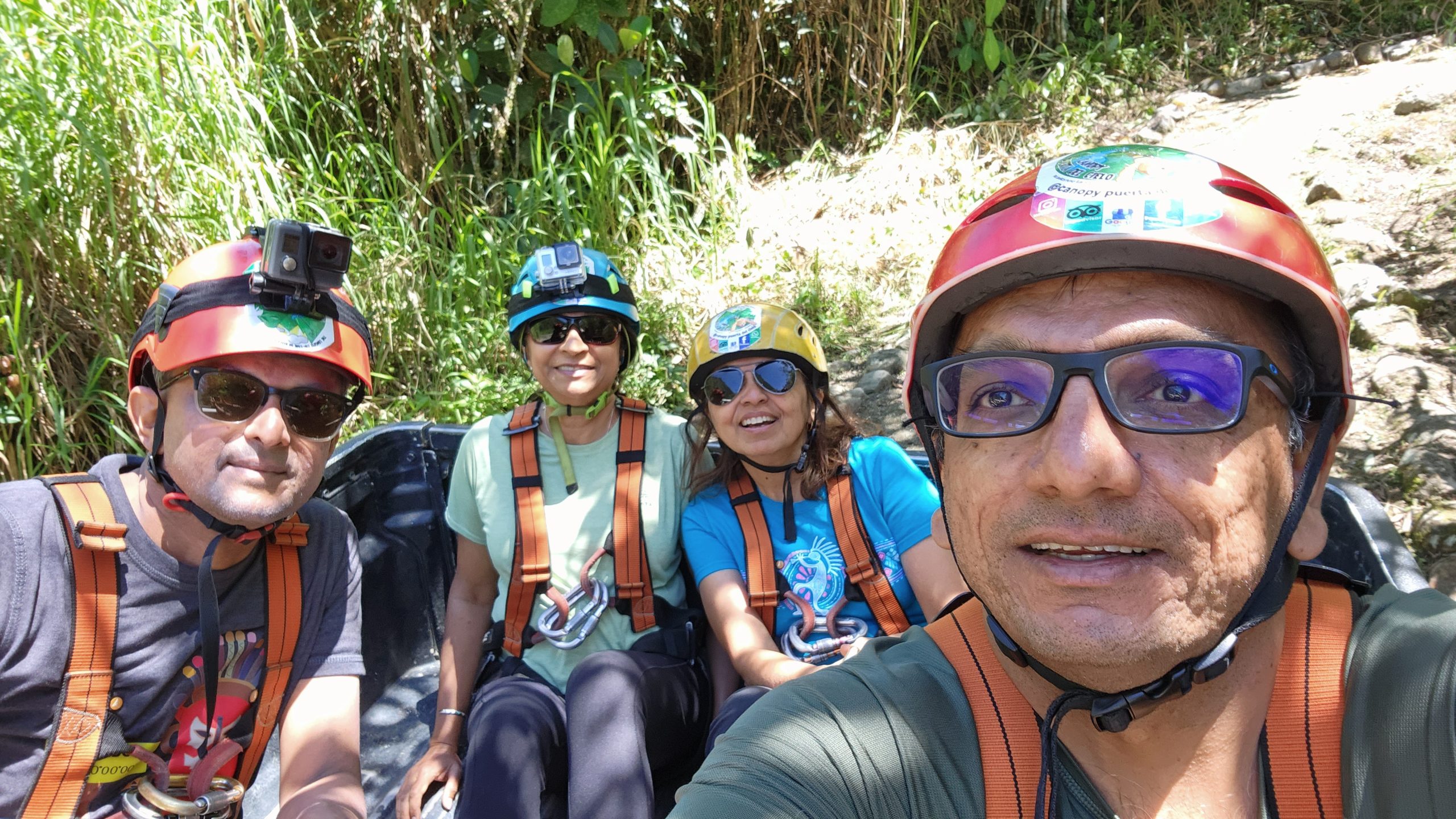
Our morning activity in Banos was to rent a bike in town and ride the waterfall route, Ruta de las Cascadas, a 25km cycling route from Baños to Puyo, passing a number of waterfalls. This route is filled with adventure as we have options to do ziplines, cable cars, bungee jump, walk a rope bridge etc. We did the zipline from the top of a mountain to the bottom which was exhilarating. The ride back in a truck to where our guide was waiting was wild, as we jostled at the back and drove through the mountain and long tunnels. Our next very memorable experience on this route was walking on a cable rope bridge (we were wearing a harness) across a deep gorge, between two mountains. Little did we know of the challenge when we started out. The slats which were a foot apart to start with got to being 2 feet apart making me jump from one to the other and then it became non-existent. No slats and so had to walk with the feet on two ropes. The shaking bridge because some dare devils were having fun on it, did not help! Anyway, reached the end without incident and felt much better after a guyabana ice-cream before we cycled on to the next waterfall. The very last waterfall called Pailon de Diablo (Devil’s Cauldron) lived up to its name and was amazing. We had to walk up and downhill for about 20 to 30 minutes and we were rewarded with great views upon getting near the waterfall. To get to the top of the fall, we had to crawl through a couple of caves (not for the claustrophobic) and the reward was getting close to the water and soaking wet. Luckily, we did not need to bike back from this point to Banos as they have trucks available that take us and our bikes back into town for $3 each.
At the end of this day, we were ready to celebrate, and we did just that. Our two friends treated the other two of us to dinner in Banos and Guillermo taught us to sing Happy Birthday in Spanish, sung the Ecuadorian way. An unforgettable birthday in Banos, thanks to our friends. Half of the next day was spent shopping and in the hot springs again before it was time to head to our next stop, Riobamba, two hours away.
Drive from Baños to Riobamba is ~2 hours.
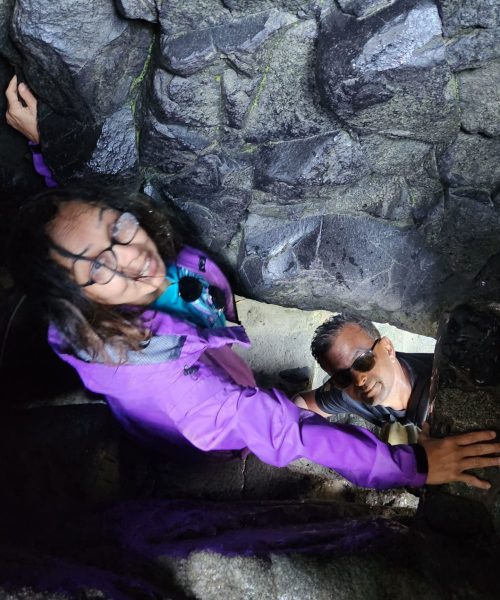
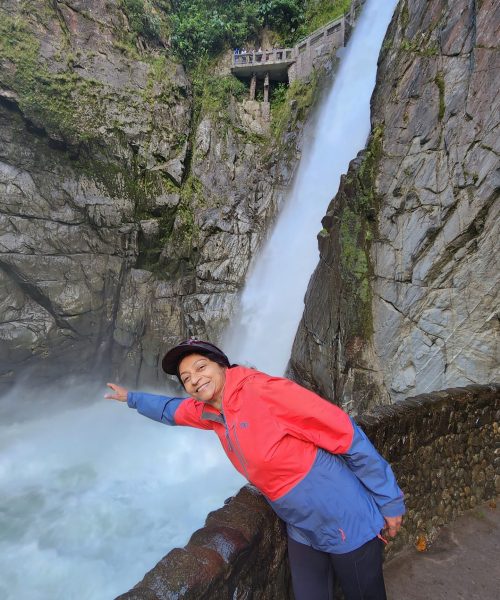
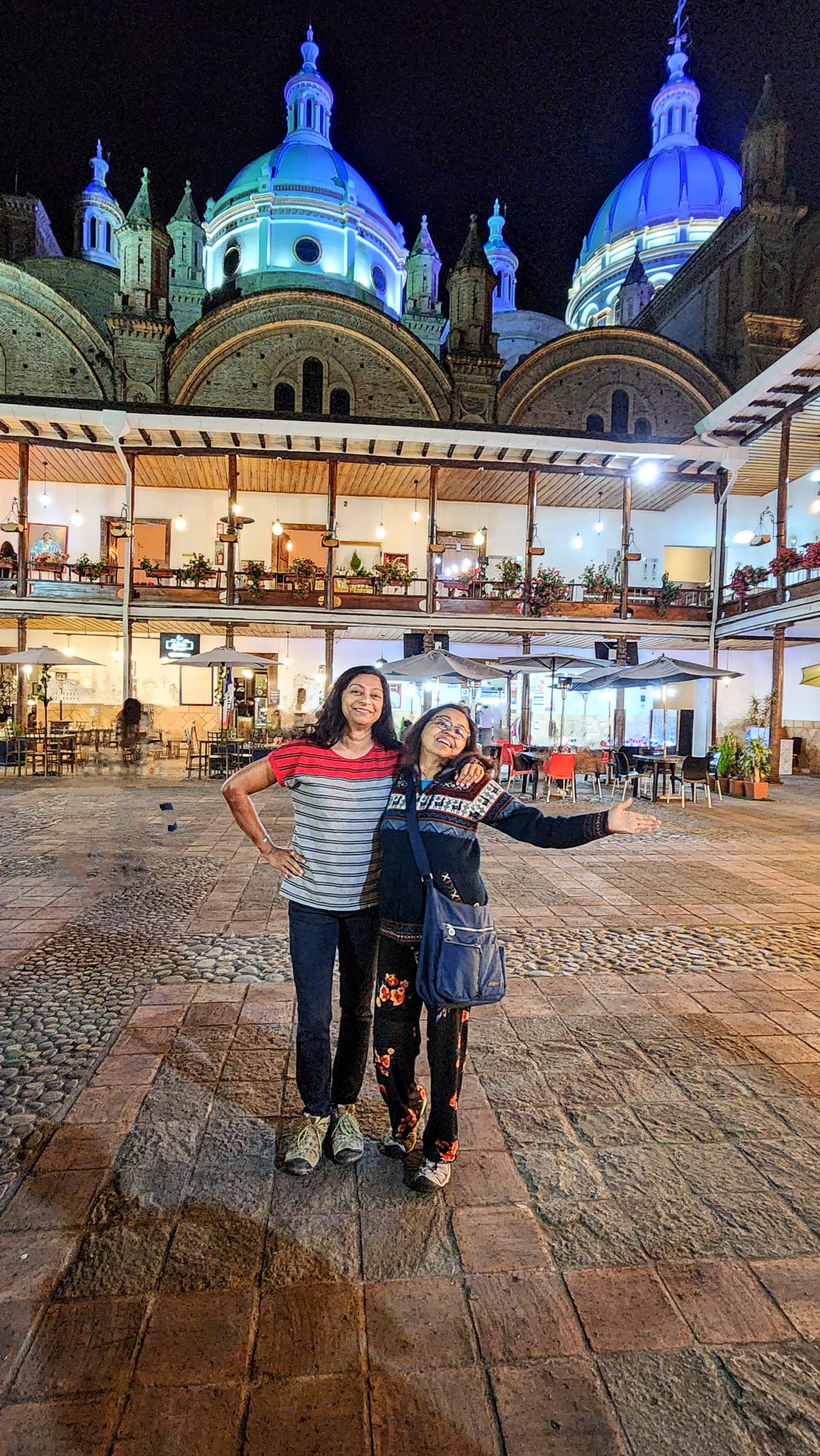
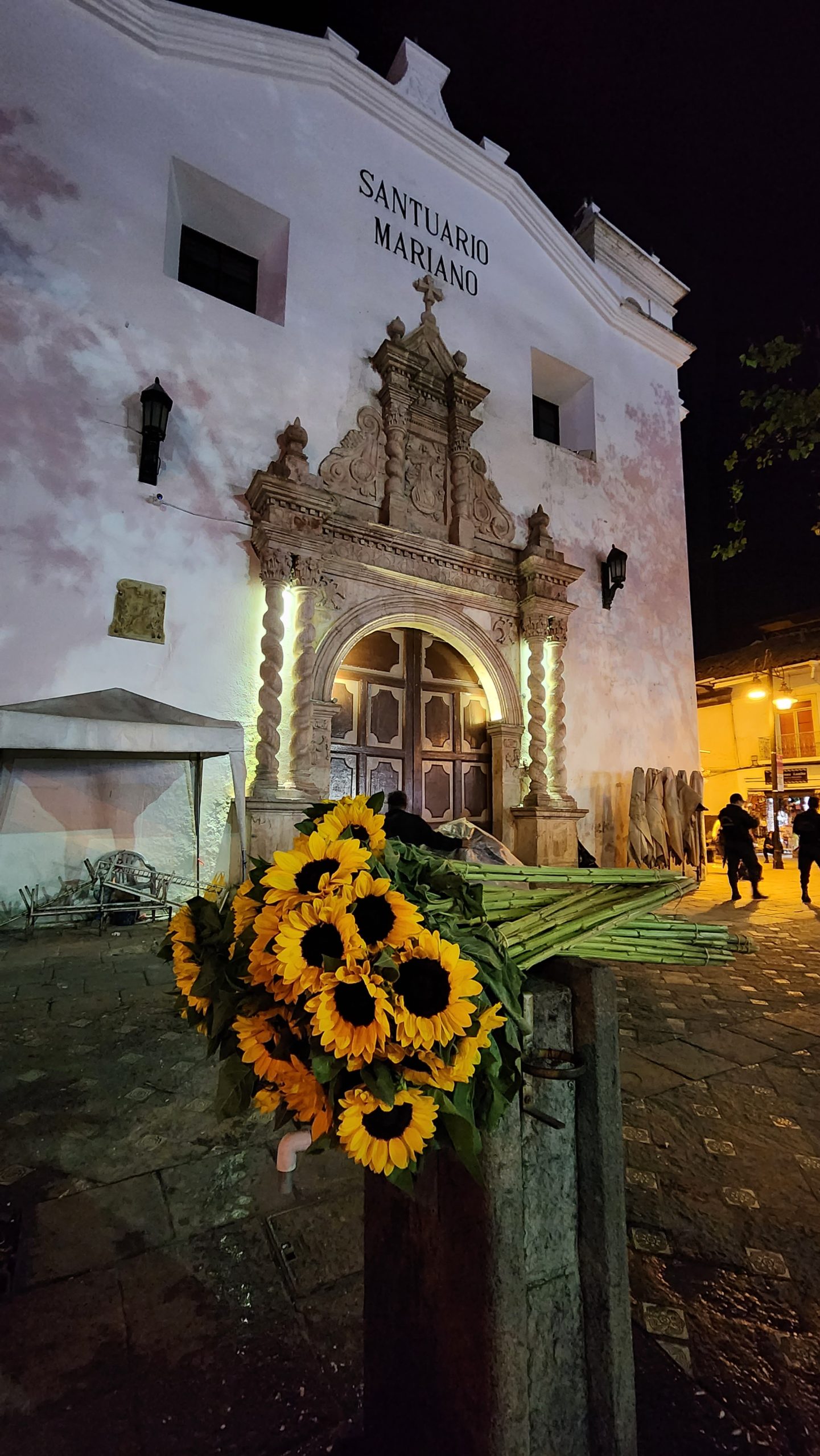
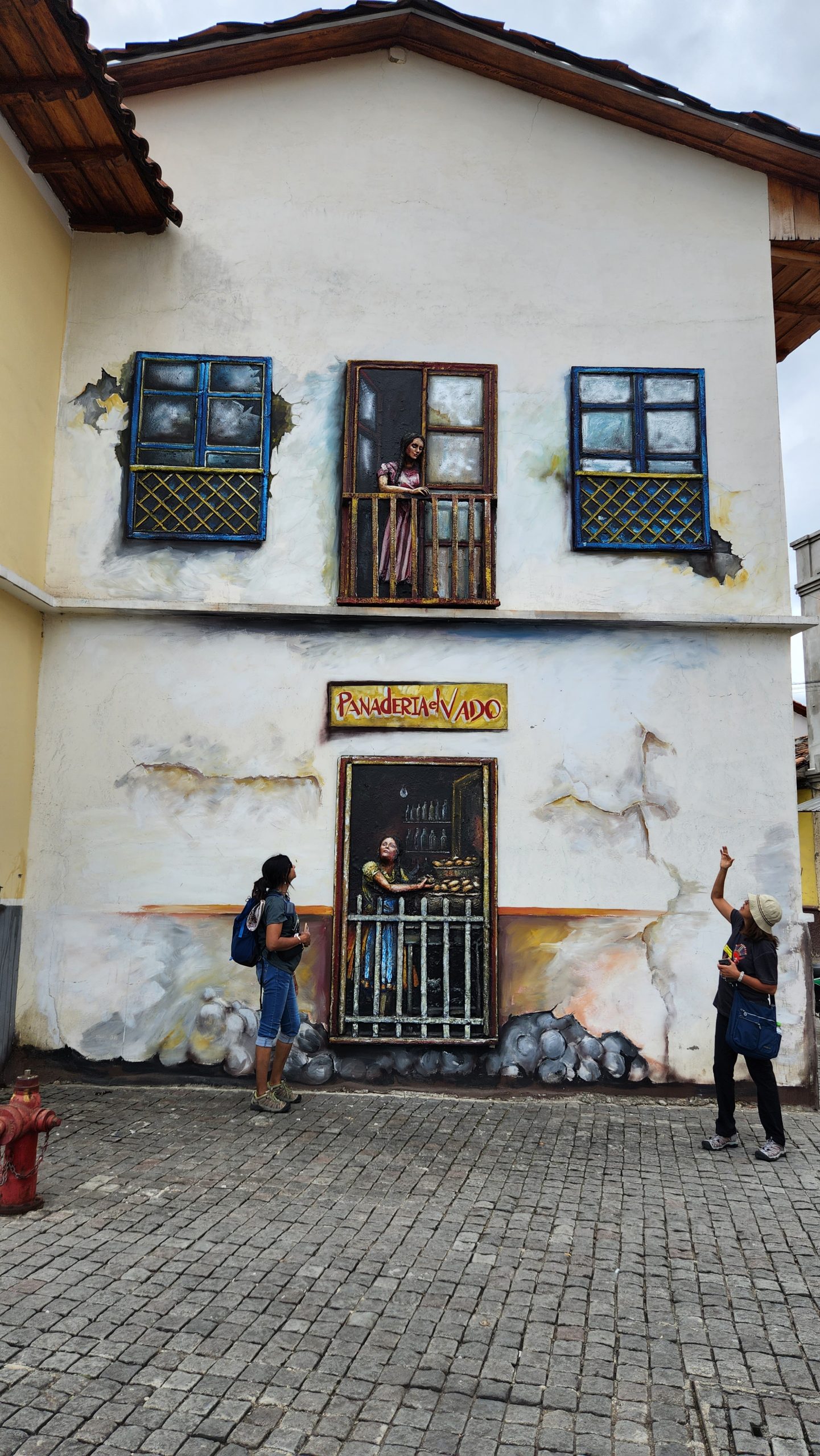
We reached Riobamba in the evening and checked into the beautiful Masion Santa Isabella hotel. Another very old hotel that has been restored, modernized some but keeping a lot of the old elements too. We walked around Riobamba that evening with Guillermo showing us around. We walked to the Maldonado park, saw the cathedral opposite, We walked to the Loma de Quito church near which there is a viewpoint to get a good sight of the Chimborazo volcano. We had dinner in a very old establishment called El Delirio. It felt like a walk back in time where one could imagine a family living in this place with dim lights, spending cold nights, eating and drinking near the fireplace. Riobamba is the closest town to the mighty Chimborazo volcano. We got some splendid views of the Chimborazo summit from this town (apparently, it is not always easy to get a view of the top due to the clouds). I was reluctant to checkout of this hotel after just a one-night stay but it was time to start driving to our last destination, Cuenca which was a long, 6-hour distance away from Riobamba (instead of 4) due to a detour that has been created after the massive landslide they had a few months ago in this part of the Andes.
When I had started to build this itinerary many months back, I had on it the Devil’s nose train ride which looks like a dare-devil train ride at the edge of the mountain. It was an engineering feat to have built this railroad in the mountains. However, the landslide has shut off this train now. Guillermo however took us to a place called Nariz Del Diablo where we got an excellent view of the Devil’s nose. There was also a restaurant here with the views and we enjoyed refreshing ourselves with some good coffee. The rest of the drive to Cuenca was filled with our singing Hindi music and we hope Guillermo was entertained! 🙂 We stopped for lunch at a place located near an indigenous site. We toured the ruins which took us through the life of people before the Spanish took over, we saw llamas and admired this beautiful place on the mountainside. We reached Cuenca that evening and checked into Inca Real for the next two nights. Another lovely hotel albeit creaking floorboards.
We had such a blast in Cuenca that it is hard to describe it all. We walked around town in the evening as Guillermo identified the historic landmarks, big churches and challenged us to run up a huge flight of stairs within one minute! Right outside a convent we saw a wonderful flower market bustling at night, we walked into a huge chocolate store that was eye candy. The churches of Cuenca have the most beautiful lighting. We walked along a very bustling alley near the Metropolitan castle, called Calle Santa Ana where there was a Spanish folk group belting out some peppy numbers. We let ourselves loose with some dancing there along with other people and then got ourselves a picture with the group. There was also other singing and dancing at the main square near the Cathedral.
In the day, we walked up the steps to the top of the Metropolitan cathedral which gave panoramic views of the city, ate freshly fried empanadas outside a church, had a wonderful concoction Agua de Pitima (juice made of flowers) made by the Carmelite nuns outside the Santurio Mariano church. We headed to a large mercado which had fruits, vegetables and fresh food being made and got a sampling of many items for lunch. Cuenca has some wonderful street art as one walks along.
Cuenca was also a good stop for shopping and we did indulge ourselves doing a lot of that in different markets. We also tasted various cheese and liqueur chocolates in one particular store and gave the lady some brisk business from us. One memorable dinner was at Punjabi Rasoi where we had the strongest of Margaritas and the spiciest of food.
Cuenca was the last stop on our trip for three out of the four of us. I, Jyothi, had another week left in Ecuador to visit the Amazon rainforest at Yasuni National Park, Ecuador. This is another blog called The Amazon Rainforests.
One thing that reiterated for me on this trip is that the company you have on a trip is so important, spending 10 to 12 days at close quarters is not easy if the company is wrong! Lighthearted, enjoy laughter and not being too intense is important to me and thanks to these friends, it was a riot.
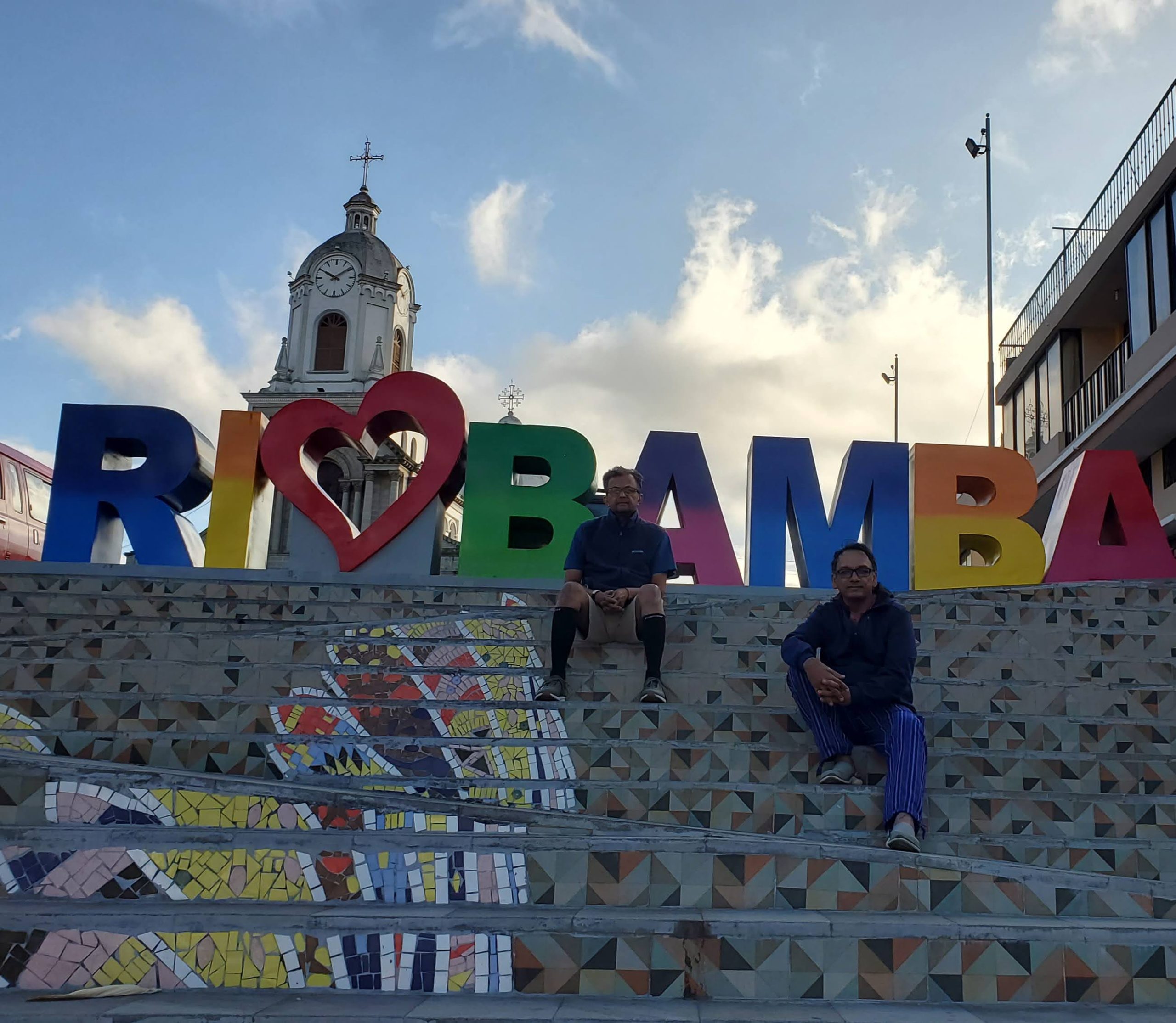
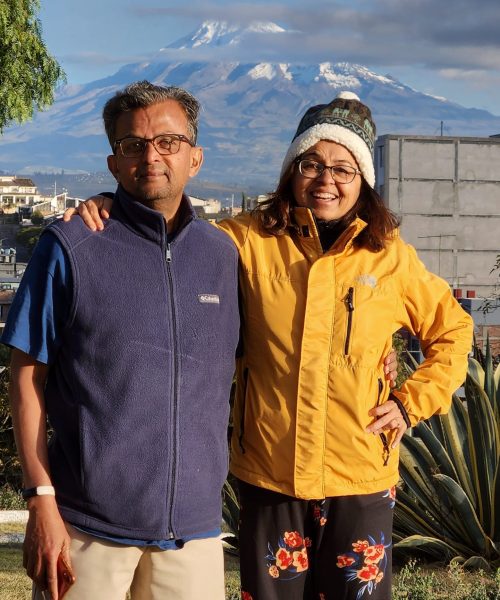
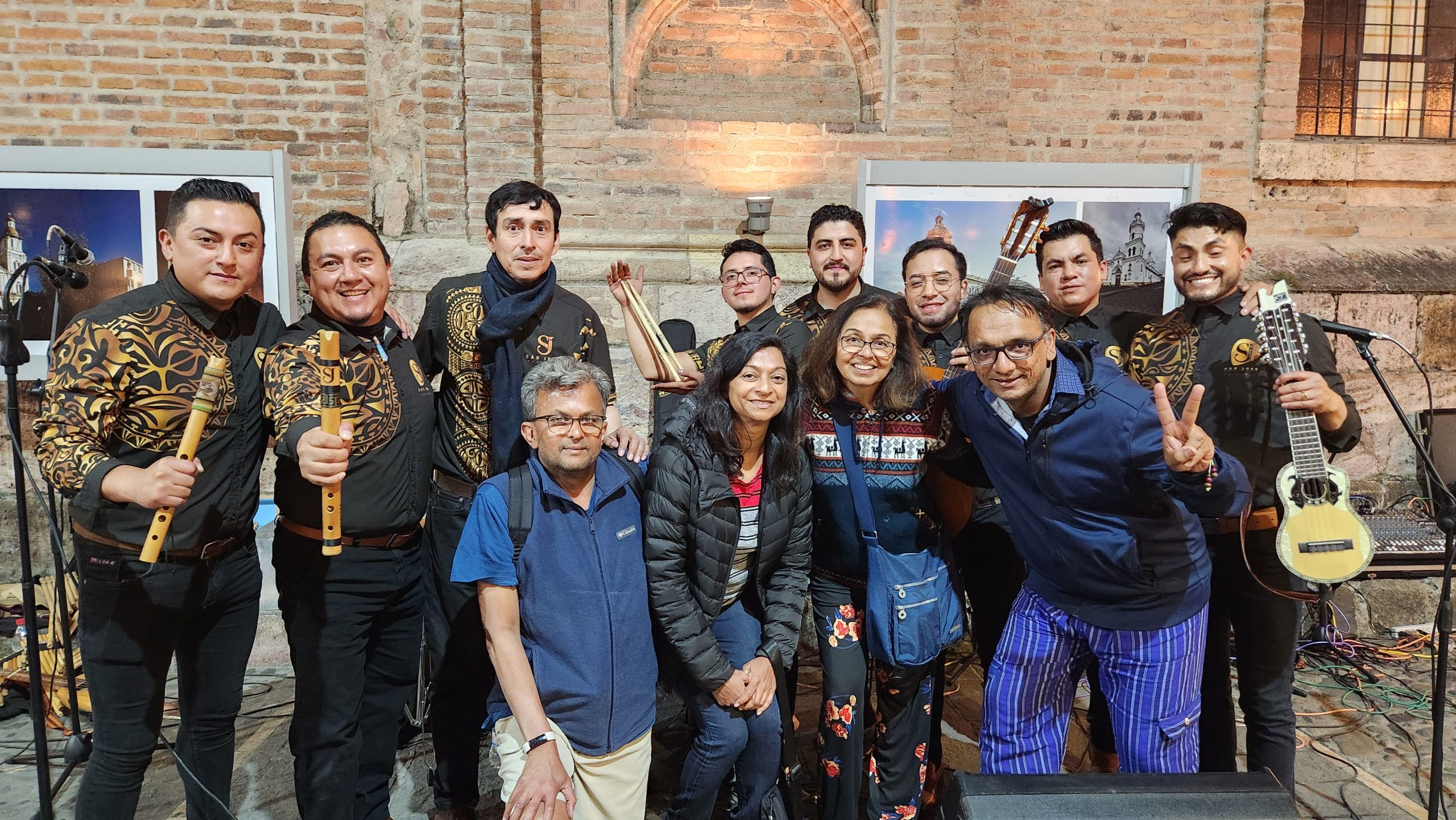
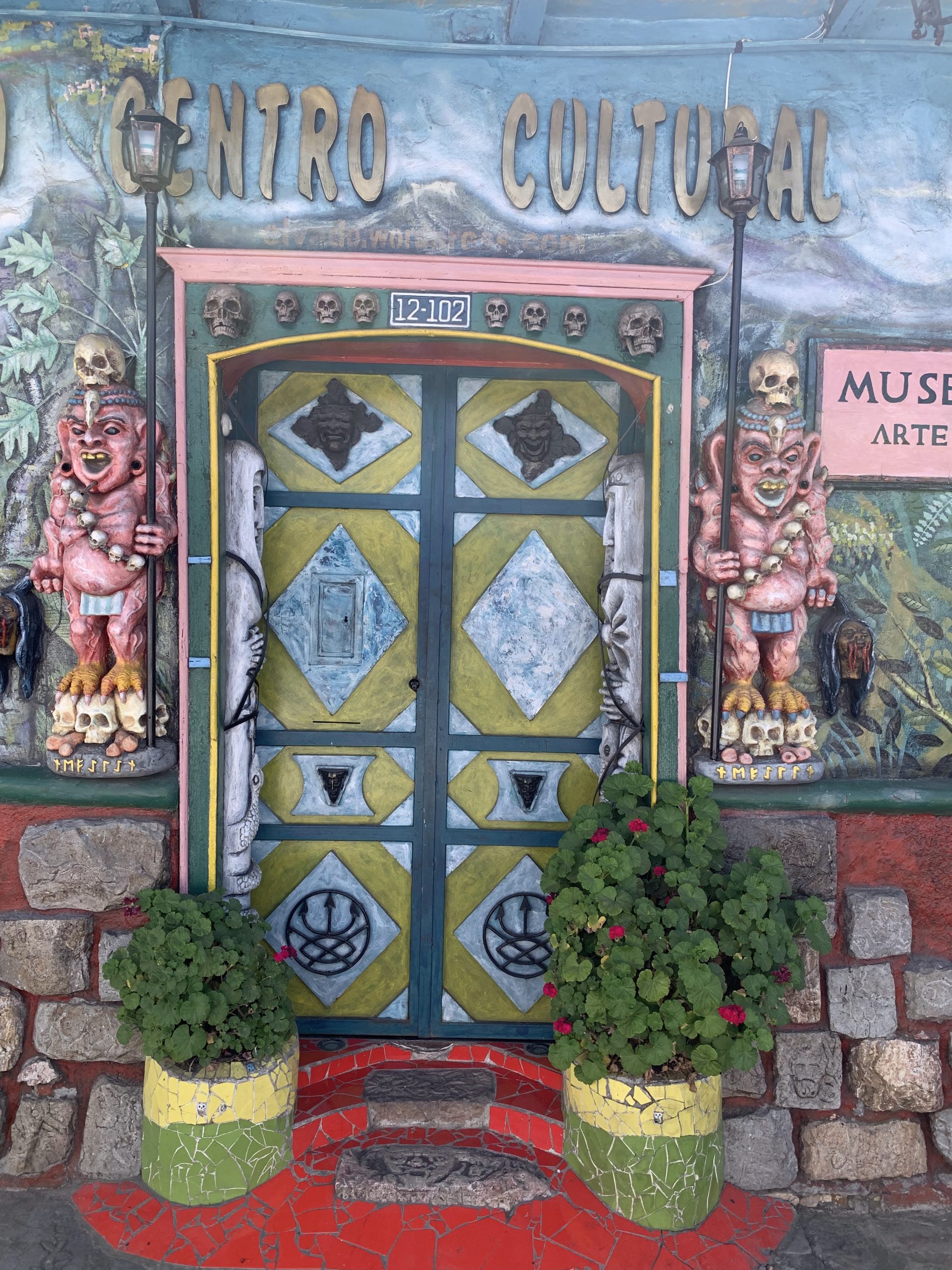
Quito Perspectives
While three in the group returned to Dallas after Cuenca, I went back to Quito and was joined by my husband and another couple, friends from Dallas. We spent two nights in Quito and then the four of us headed out to the Ecuadorian Amazon rain forest. That journey will be in another blog. Read Baldev’s account of the Quito experience.
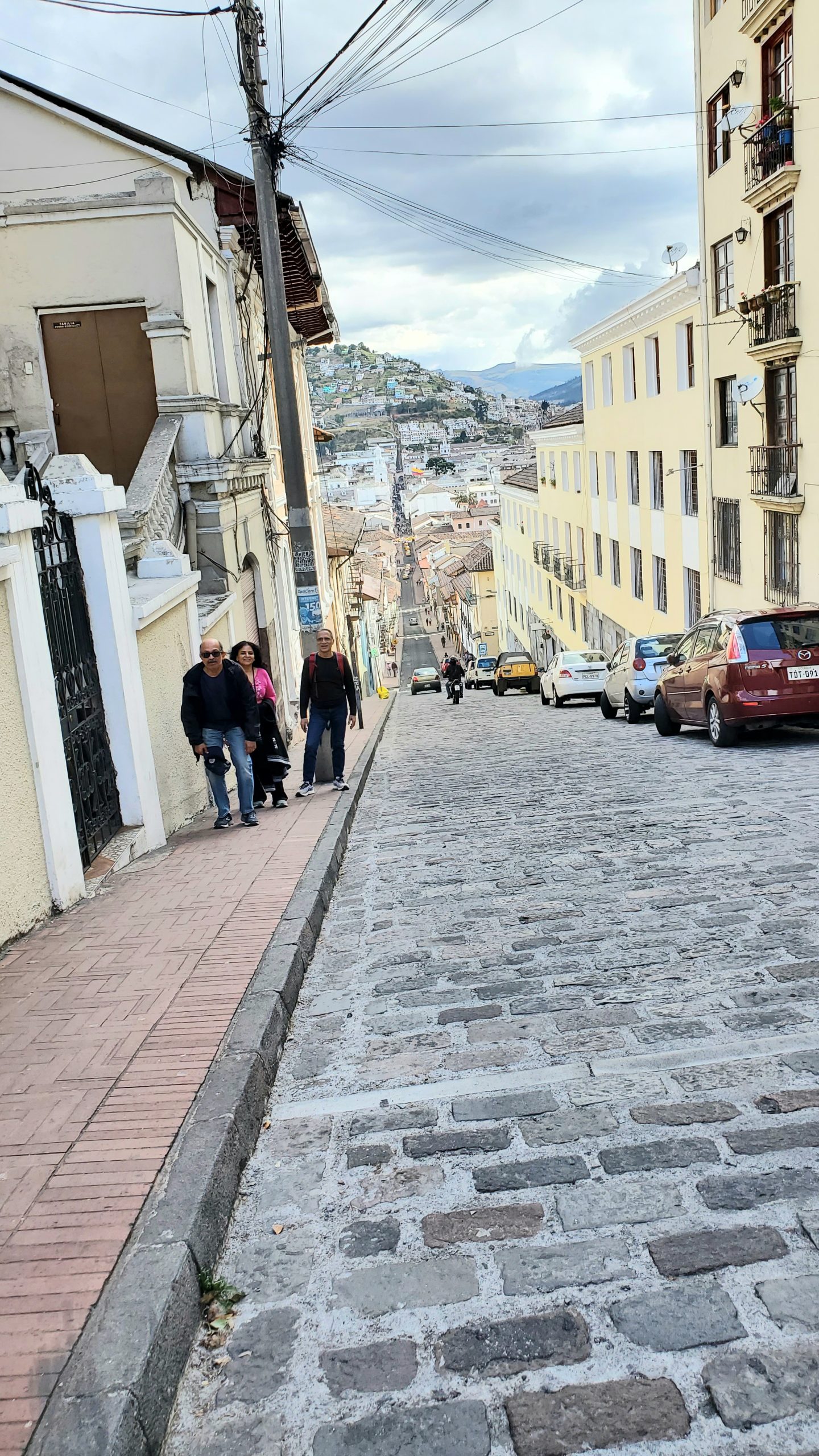
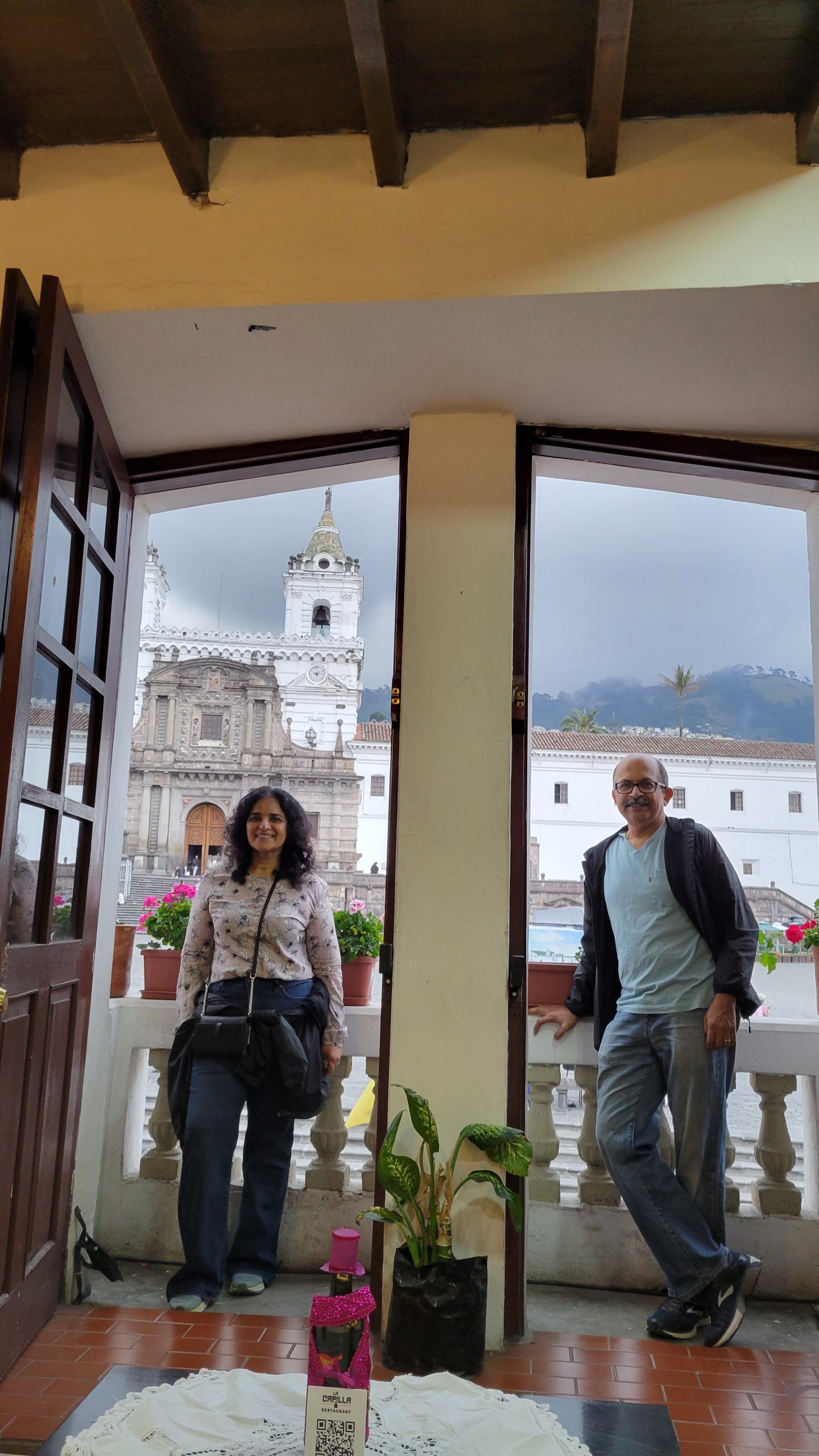
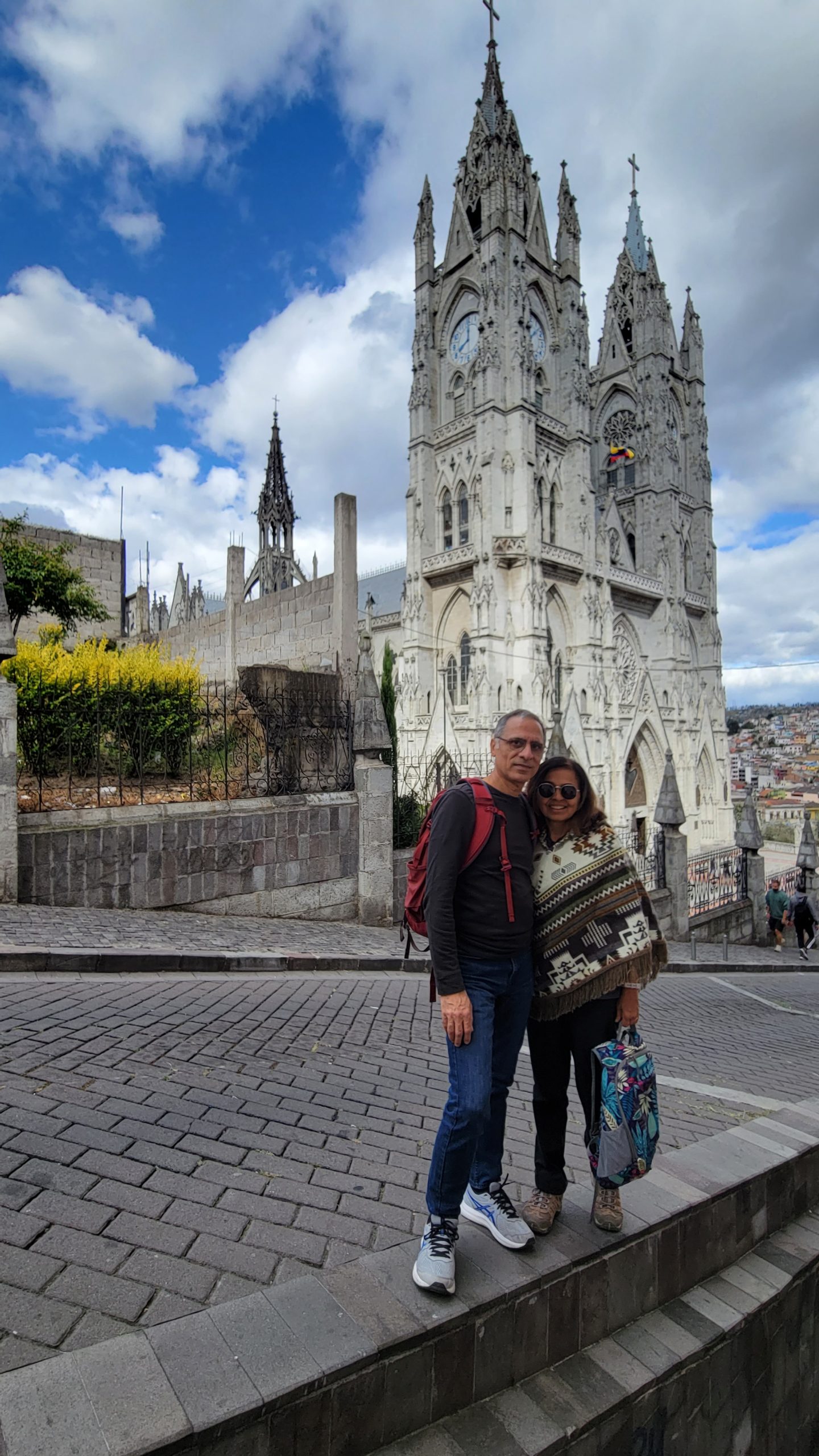
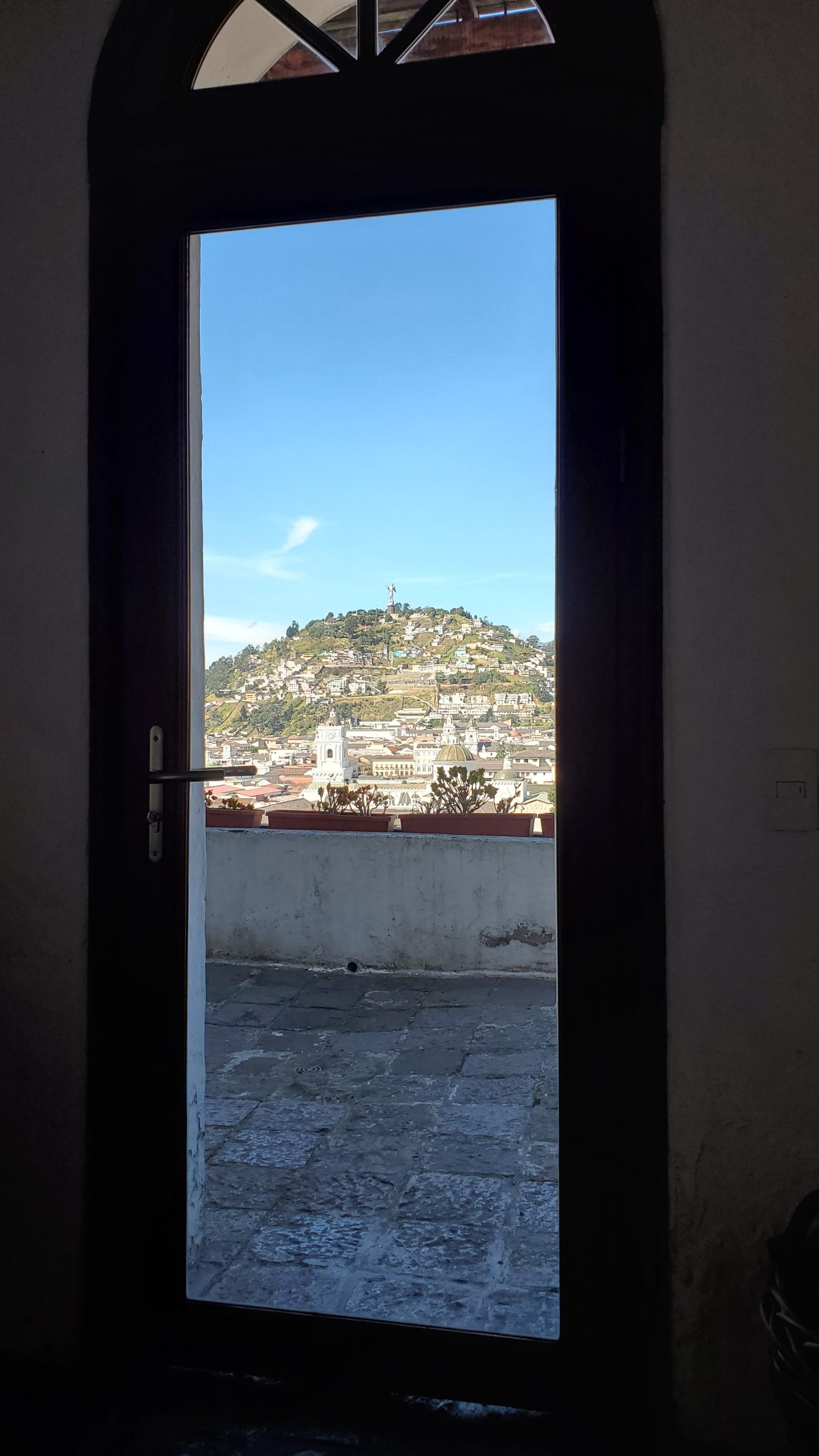
Ecuador, tucked between Peru and Colombia on one side, and the Pacific Ocean on the other, gets relatively less tourist attention than its larger South American neighbors Argentina, Brazil and Peru. Except perhaps the Galapagos Islands. Our 5-day trip covered the Ecuadorean mainland itself without a trip to the Galapagos, which in itself requires a few days to cover fully.
We flew into the capital city Quito, which lies along the Sierra belt of the Andes mountains that runs the length of the country and forms the divide between the coastlands to the west and the Amazon forest to the east. The Sierra itself is divided into Northern, Central and Southern, with Quito placed between the Northern and Central sections. Given our late night arrival, we stayed the first night at a hotel near the airport. In the morning, the view from the window revealed the mountains of the Andean range. Curiously, we saw hundreds of cyclists in professional gear along the highway, which looked like a safe and popular route for such activity.
In the morning, we moved to an Air BnB in the heart of the city (about 45 minutes from the airport by cab). Quito is reminiscent in certain aspects of many cities in South America. European architecture, manifested in church and government buildings, dominate the landscape leaving little trace of the indigenous cultures that were subdued by the European conquistadores. The imposing exteriors of the churches lead to awe inspiring interiors, built at unimaginable cost in time and effort. Open public squares, always lively with people and activities, are another reminder of European imprint. However, the presence of the Libertador, Simon Bolivar, the liberator of South America, is always close at hand on murals and street names. We were relieved that there were no signs of unrest or tension given two high profile political assassinations in the week before our trip, related to the Presidential election.
Being situated along the Sierra, the city streets have steep inclines and declines. The narrow width of the streets and the presence of pedestrians does not deter blue public transport buses from hurtling down them displaying breathtaking mastery of judging marginal clearances. All along these streets were small stores of various descriptions – restaurants, clothing, even a philately store – reflecting the hospitable pride of the store owners and a welcome absence of the domination of big brand retailers. The US dollar being the official currency spared us the exchange rate calculation exercise that tourists are otherwise subjected to.
We took in a very good walking tour of Quito with a group of about 15 people. Our guide Miriam gave us a very comprehensive coverage of the city – its history and culture, the public squares, and even a quick inside look at an innocent looking building in the middle of a busy street that offered patrons room by the hour. She had promised to give us an unvarnished look at the city, and I guess this was part of that offer. We also took in the fresh meat and produce markets, sampling several exotic local fruits. The three- hour tour brought us back to a public square from where the groups dispersed to explore the city on their own. At a delightful little pastry shop called Crustum, we made a memorable discovery – candied, caramelized miniature mandarin oranges dipped in chocolate. Good enough to take us back for a repeat later in the trip.

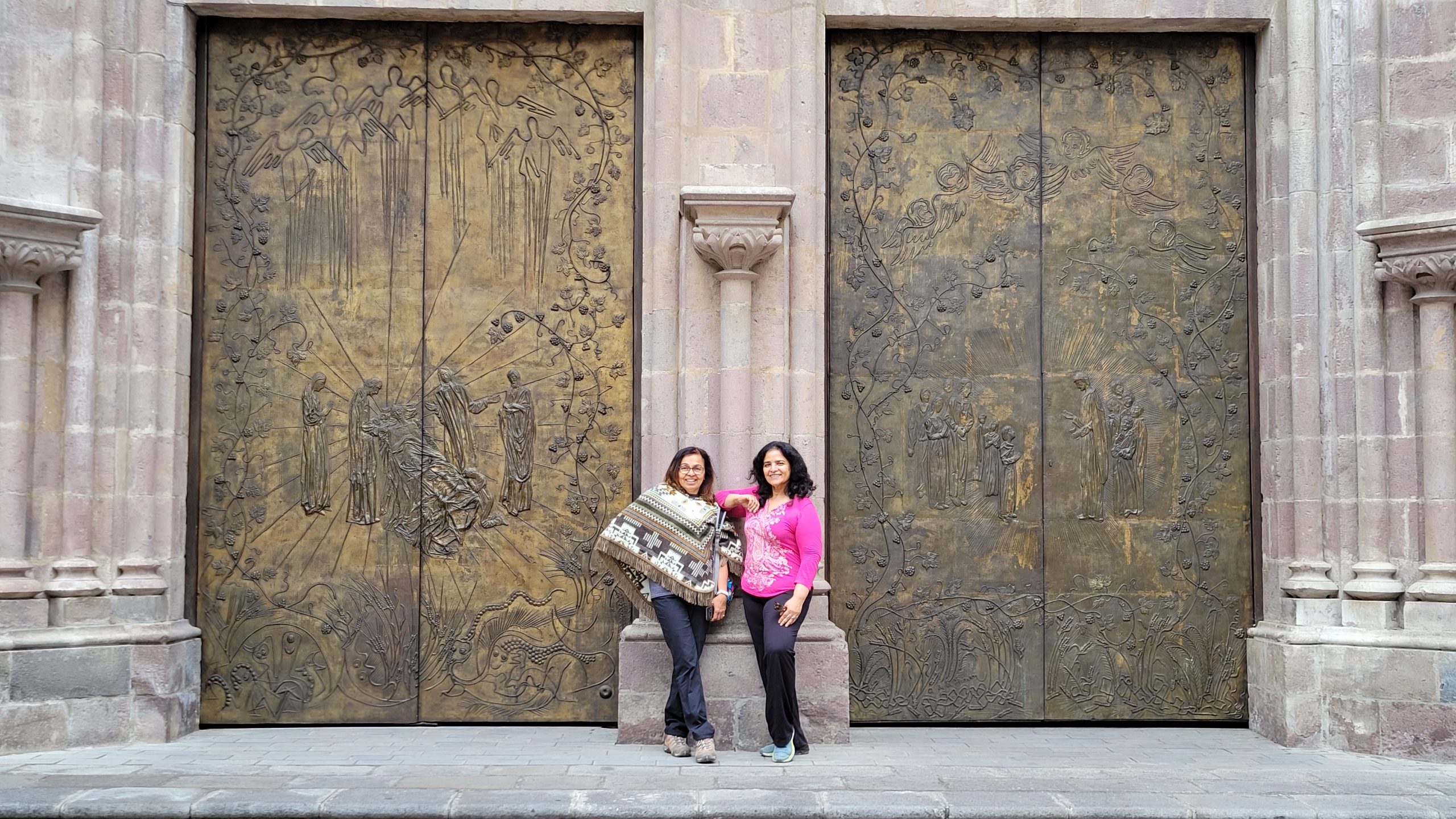
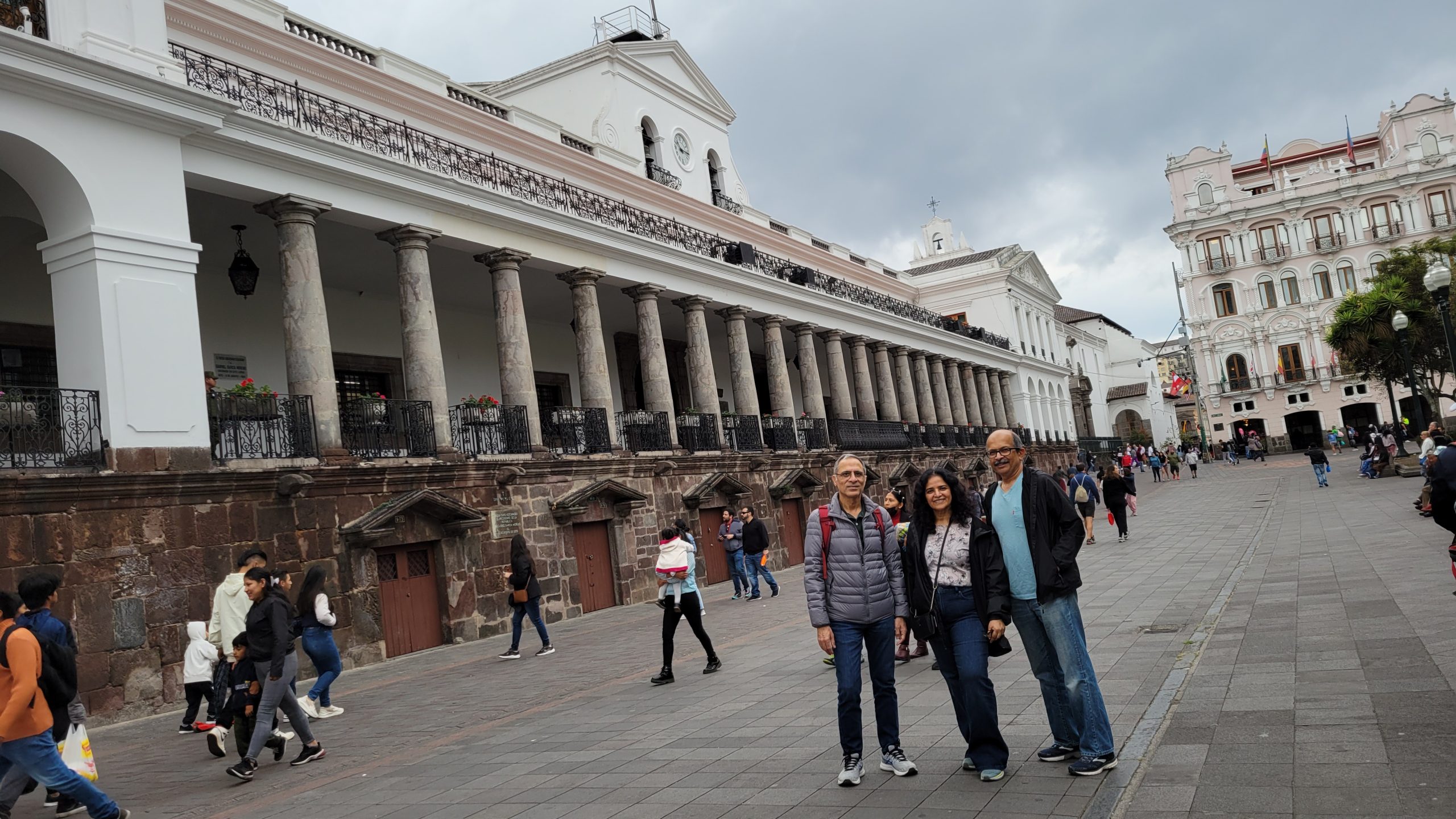
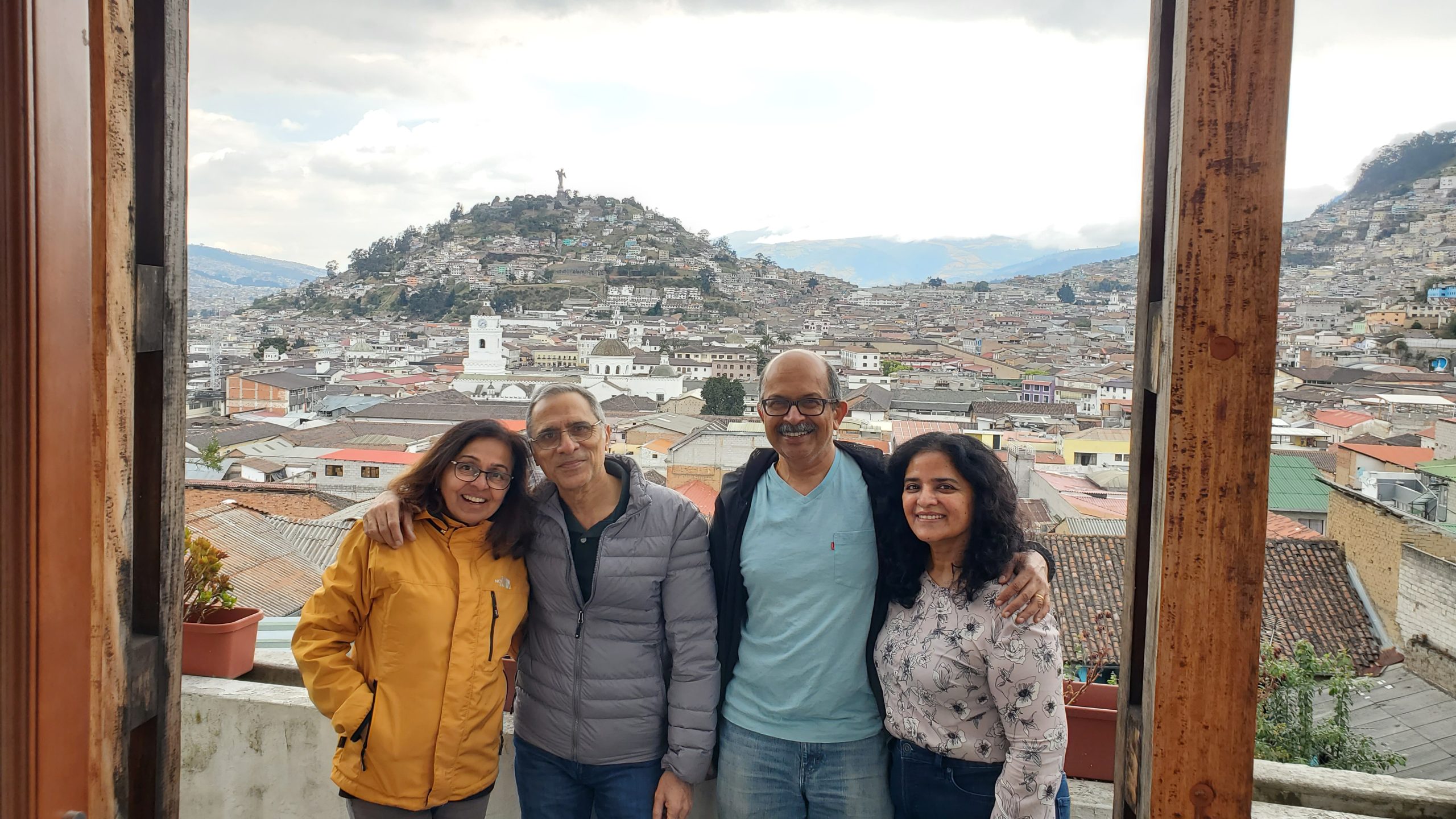
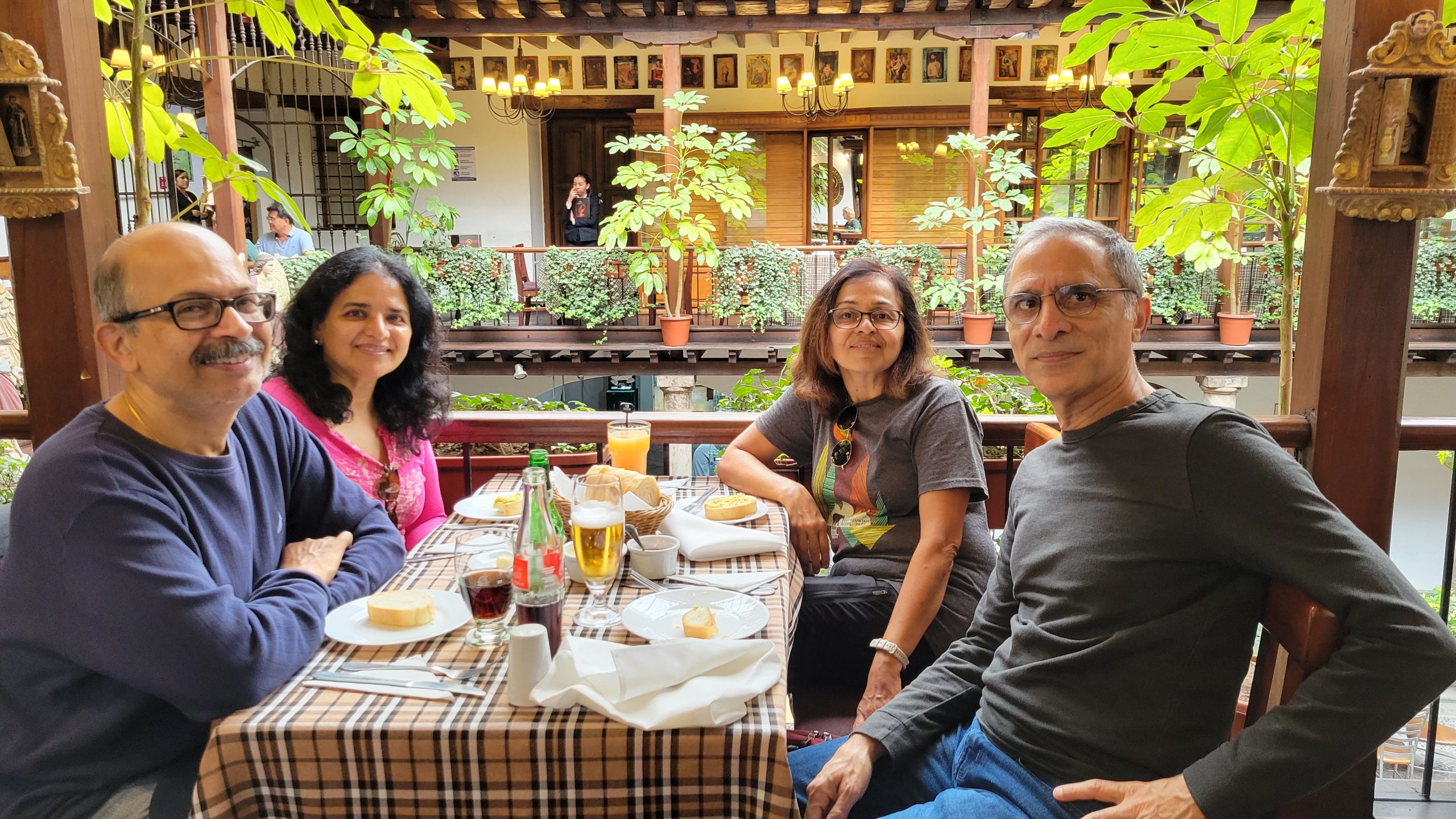
Soon I will be writing about our Ecuadorian Amazon Rainforest visit. I will also give some comparatives between the Peru and Brazil Amazon, so that you can make an informed decision on which one to visit, if you are interested to go.
Free Subscribe
HOW YOU CAN SUPPORT THIS SITE
- Leave a comment on this page (scroll down), share your own experiences if you have already been to this place.
- Subscribe to travelstosavour and receive 2 free blog posts per month, featuring 2 new destinations (scroll down to the footer to subscribe).
- Follow travelstosavour on social media – Facebook, Instagram and Youtube (by a click of the button in the footer) and share all the goodies with your pals!
Check out other destinations and nature escapes on this site.


WANT A CUSTOM ITINERARY?
No time or inclination to delve into detailed vacation-planning? No worries!
Let’s talk…..I can curate and customize a day-by-day itinerary for you.
Remember to visit Services & About for more details.


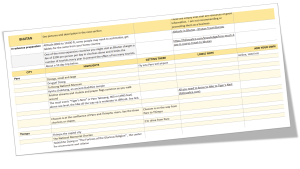
So happy to have been part of this scintillating trip meticulously planned by Jyothi! It made every experience memorable from the sights to the food and places we stayed. Would not have done it any other way.
You guys made it even more perfect with your company! Thanks Geets, Baldev!!
Thank you! I’ve been seeking information on this topic for quite a while, and yours is the best I’ve found so far. However, what about the main point? Are you confident about the source?